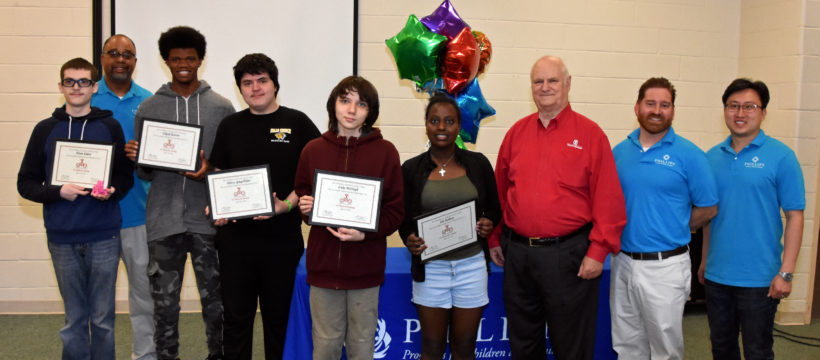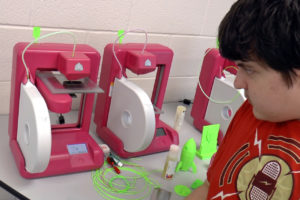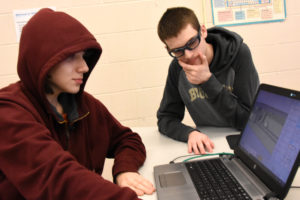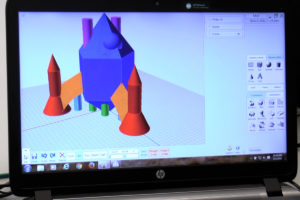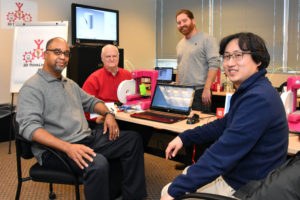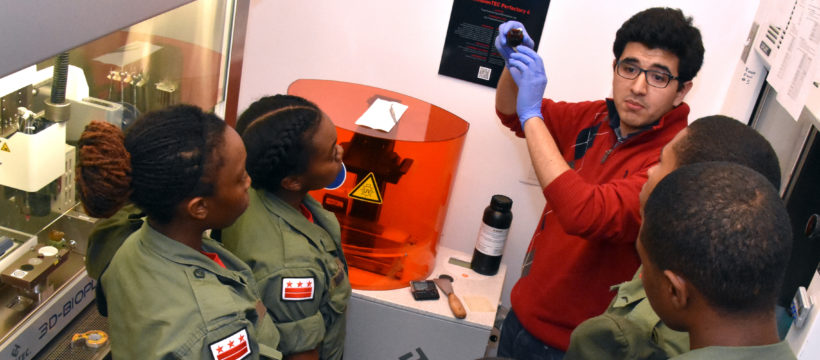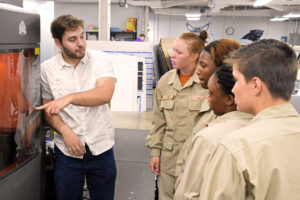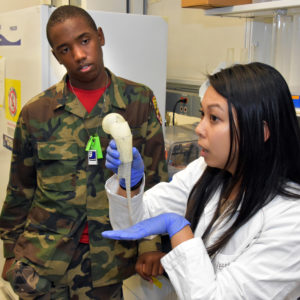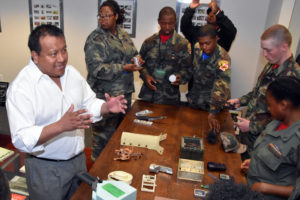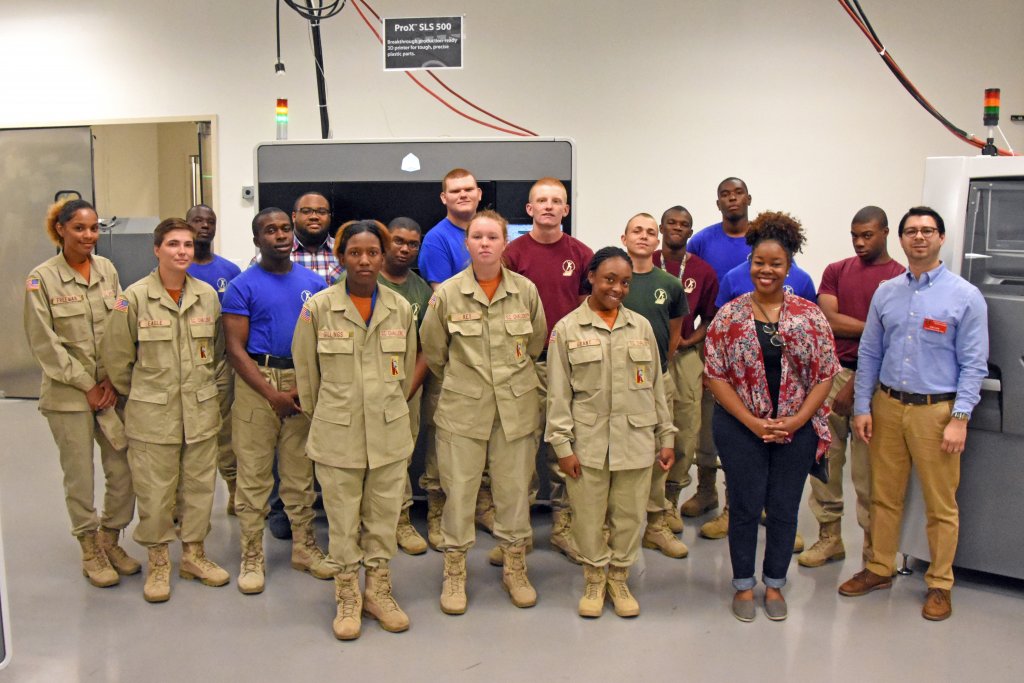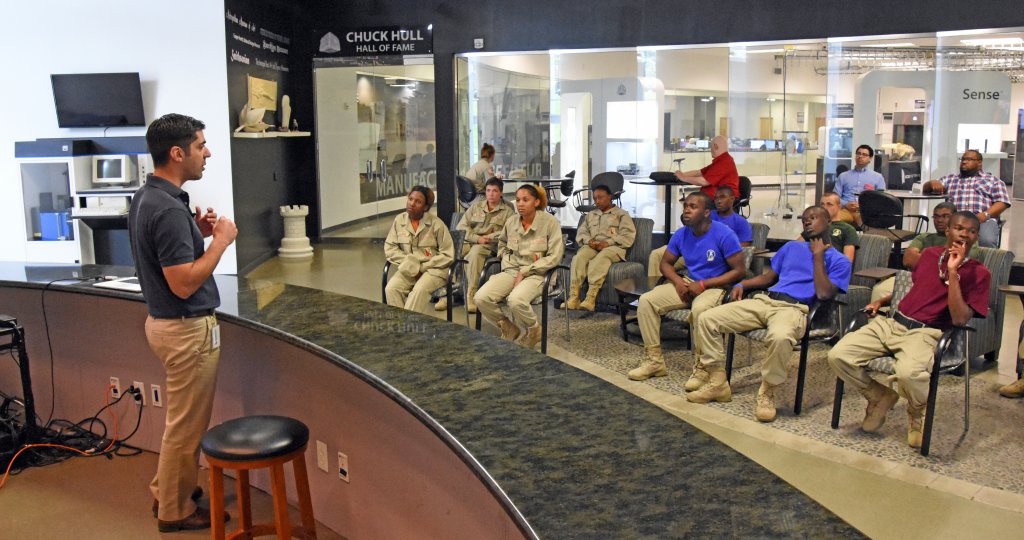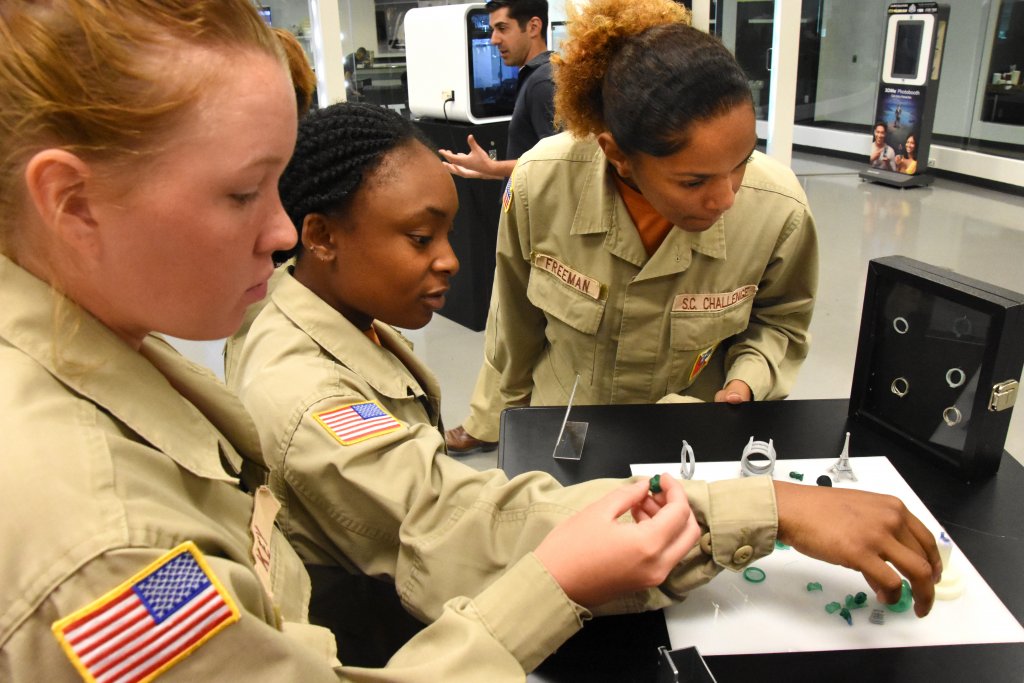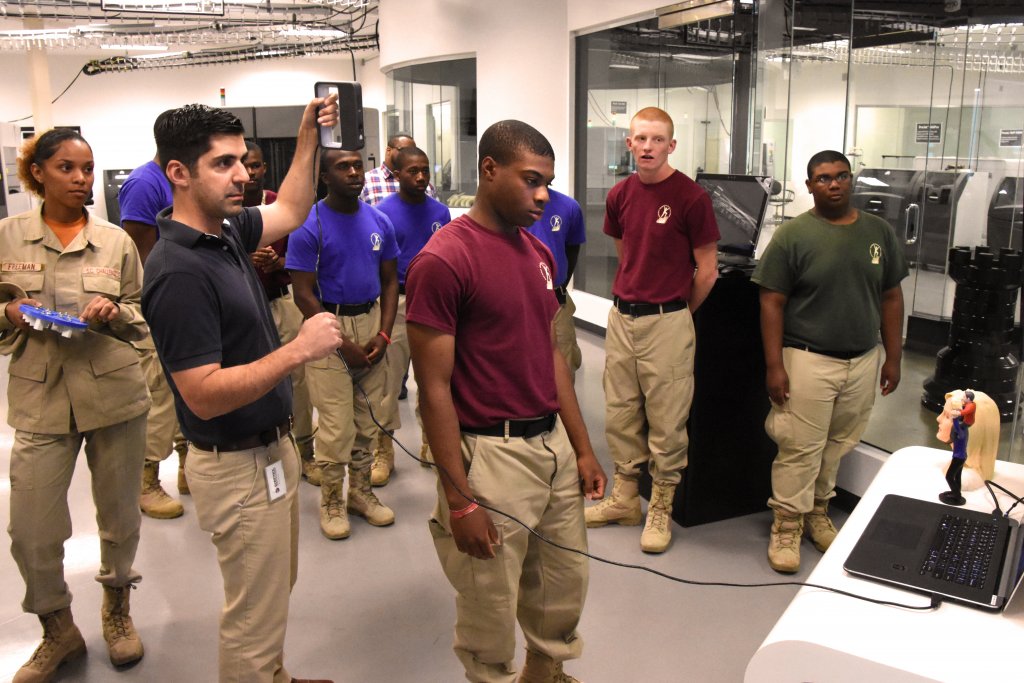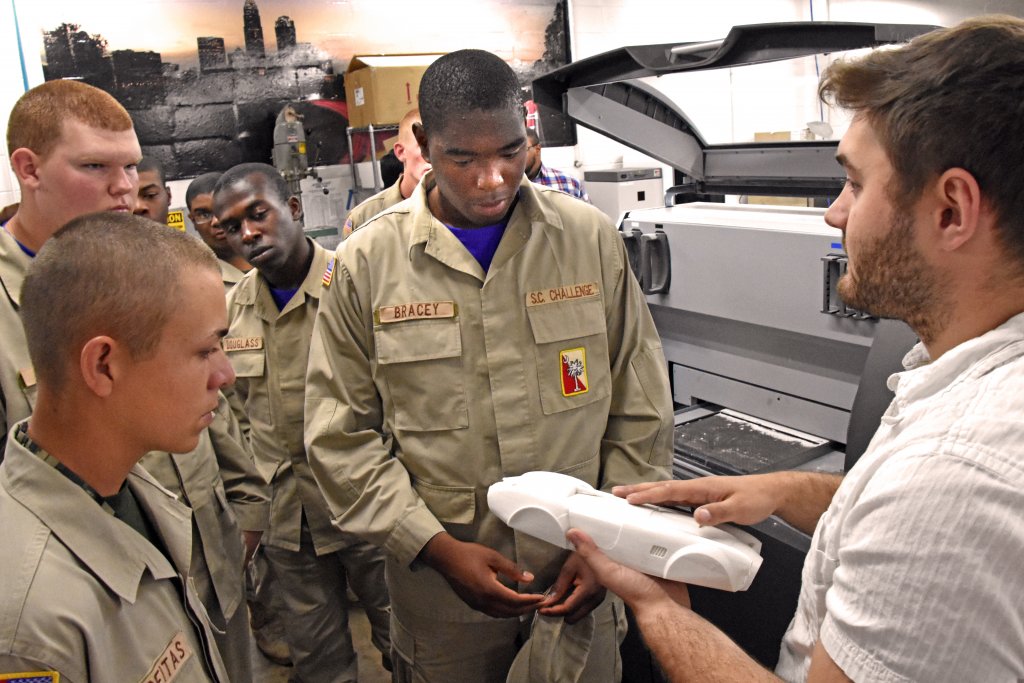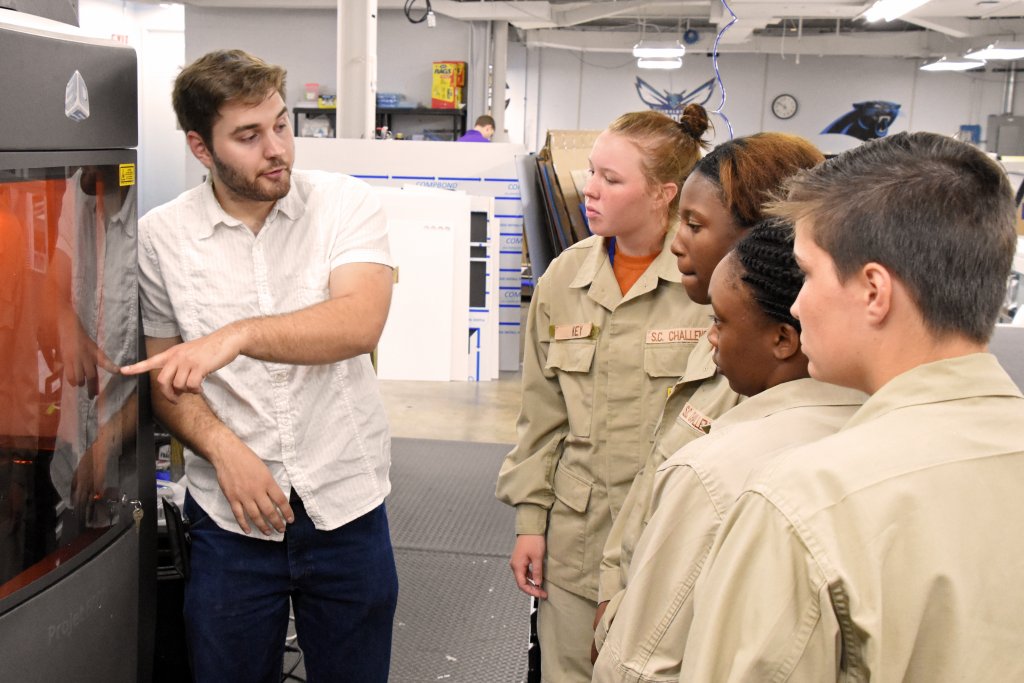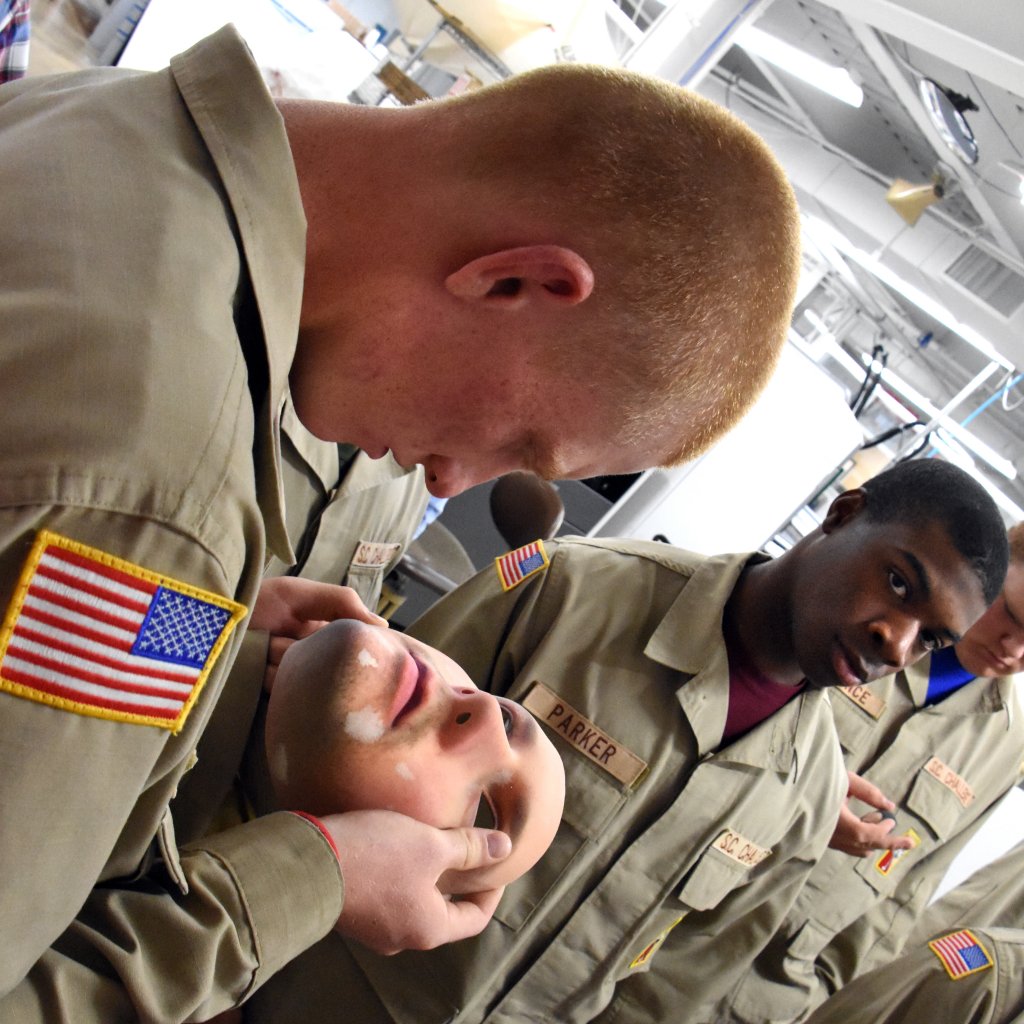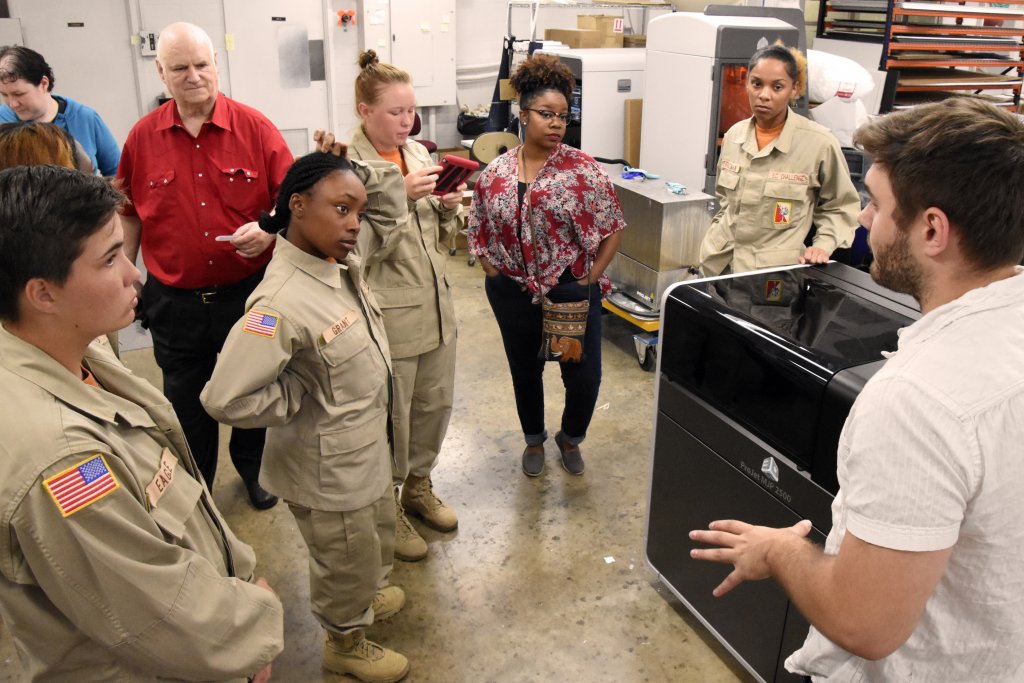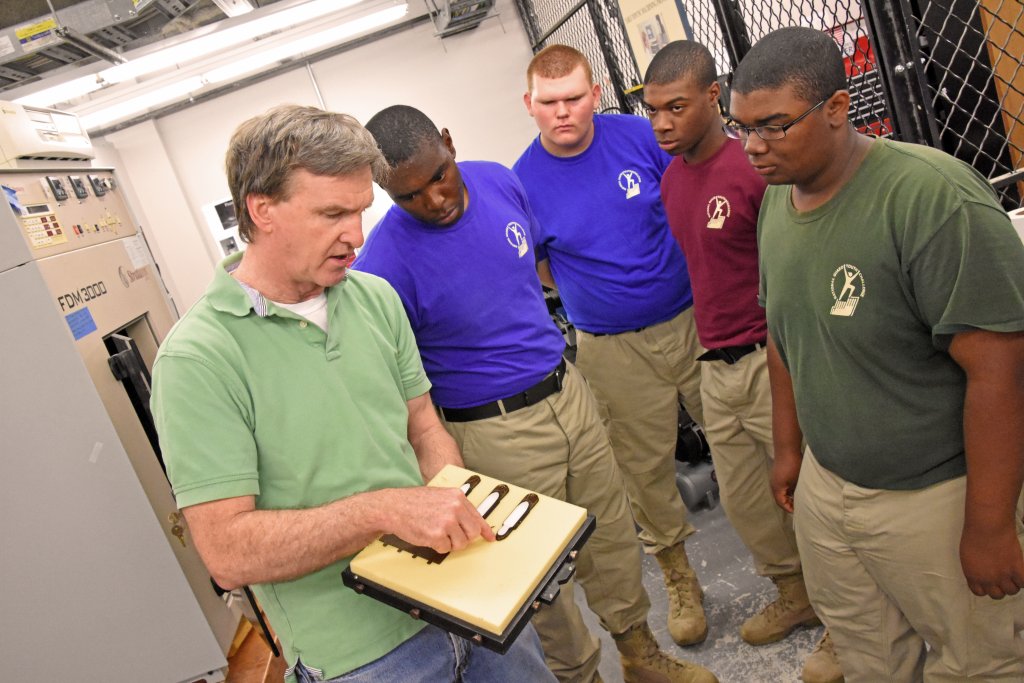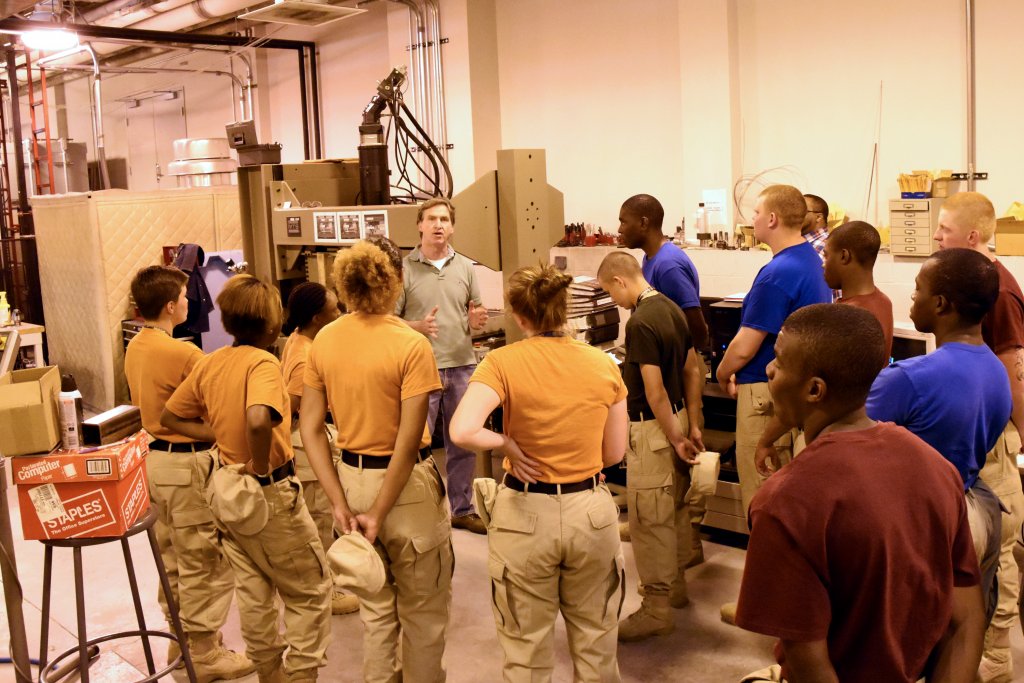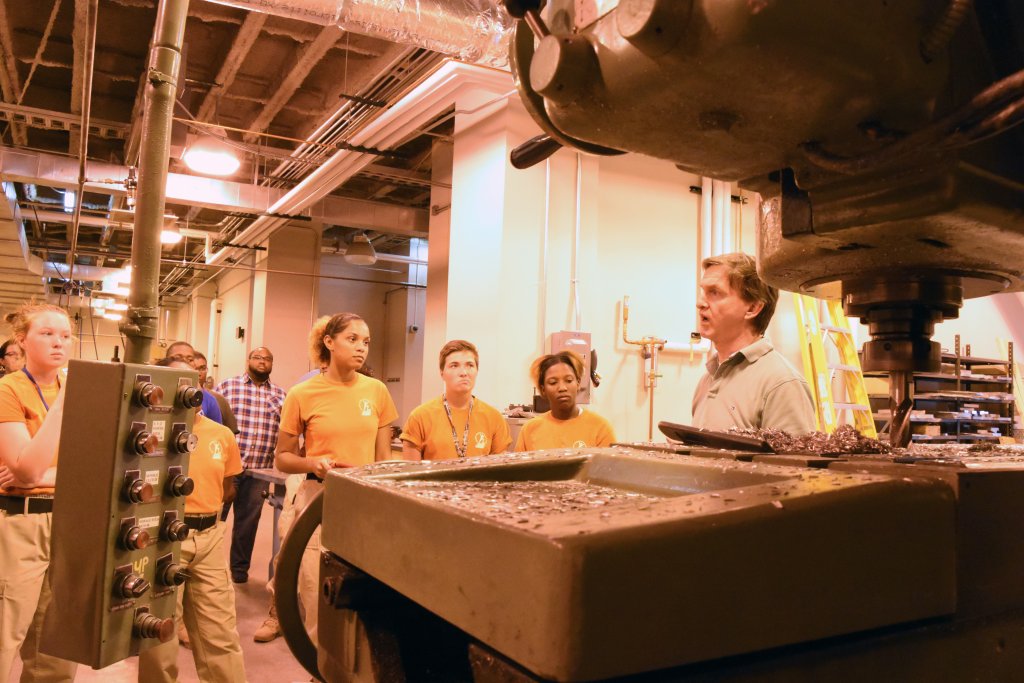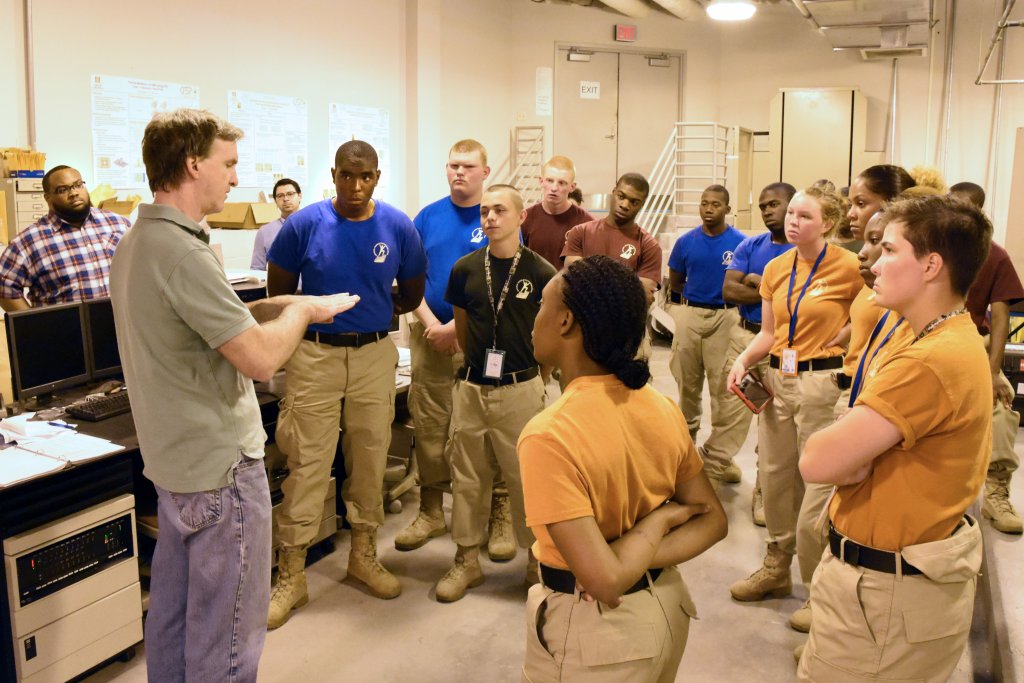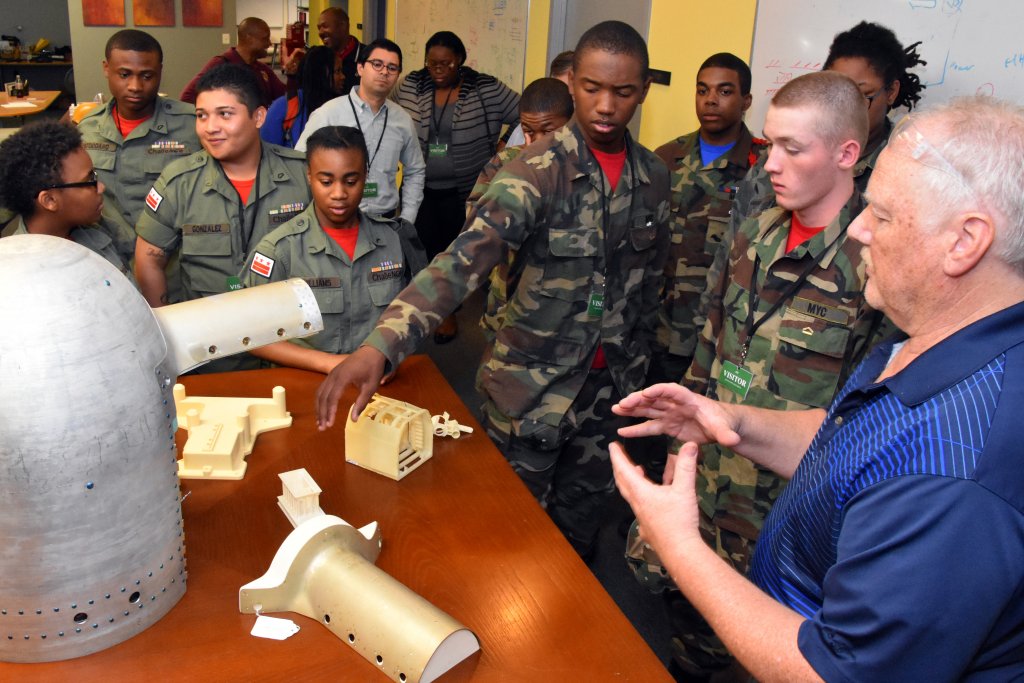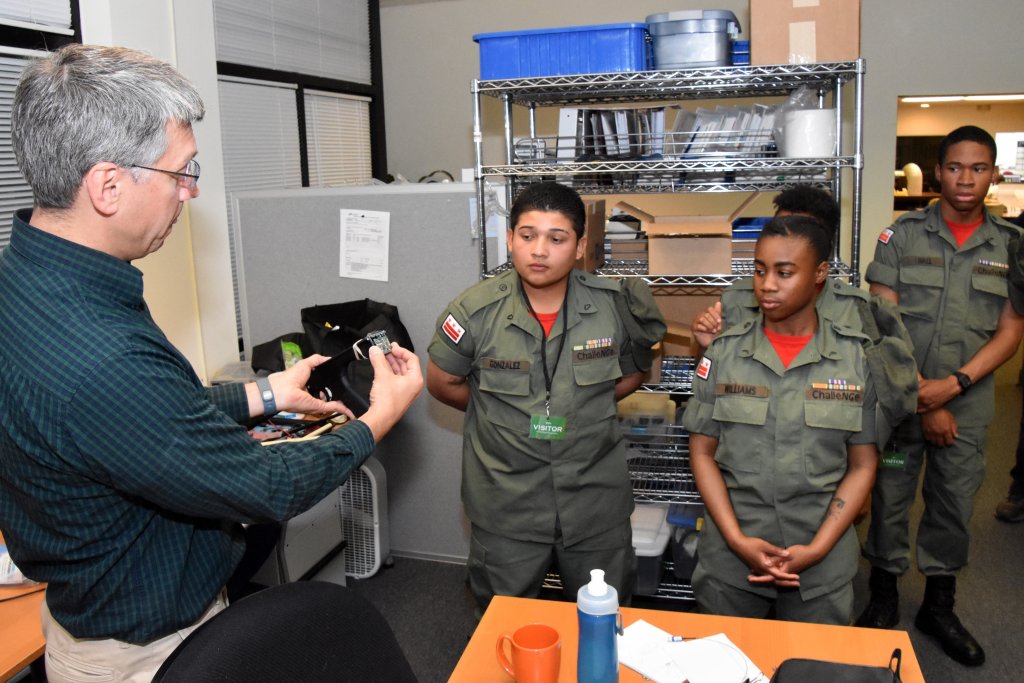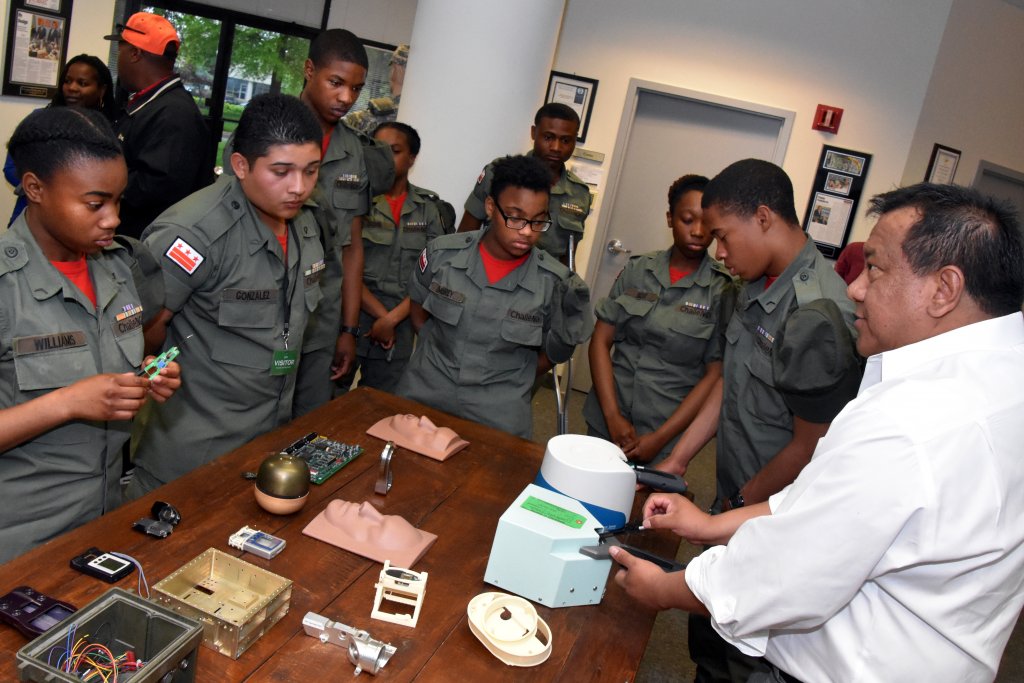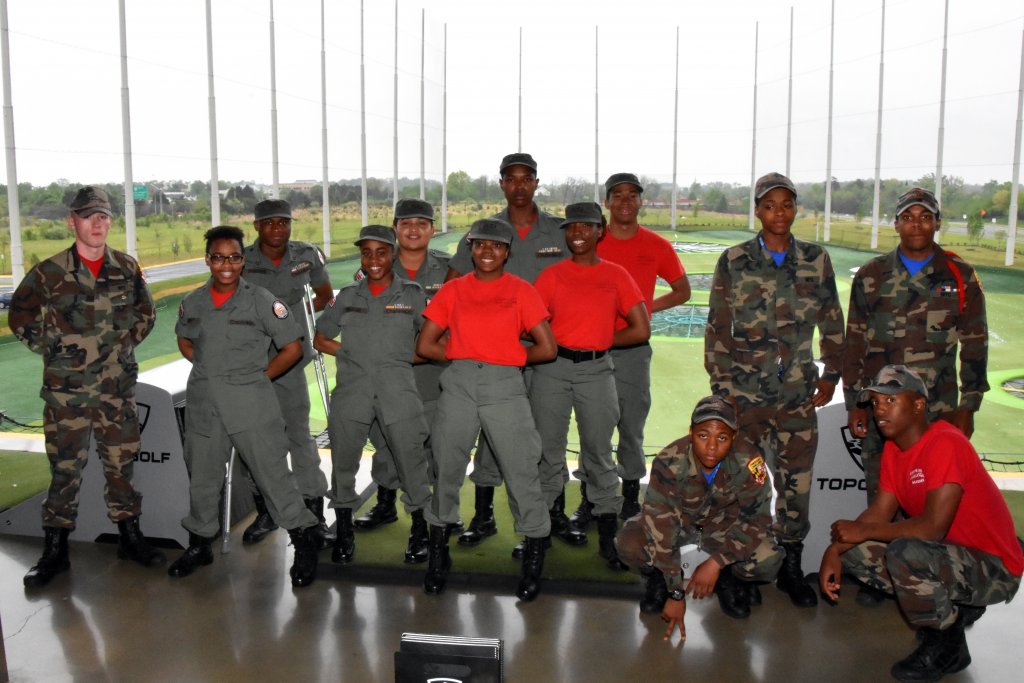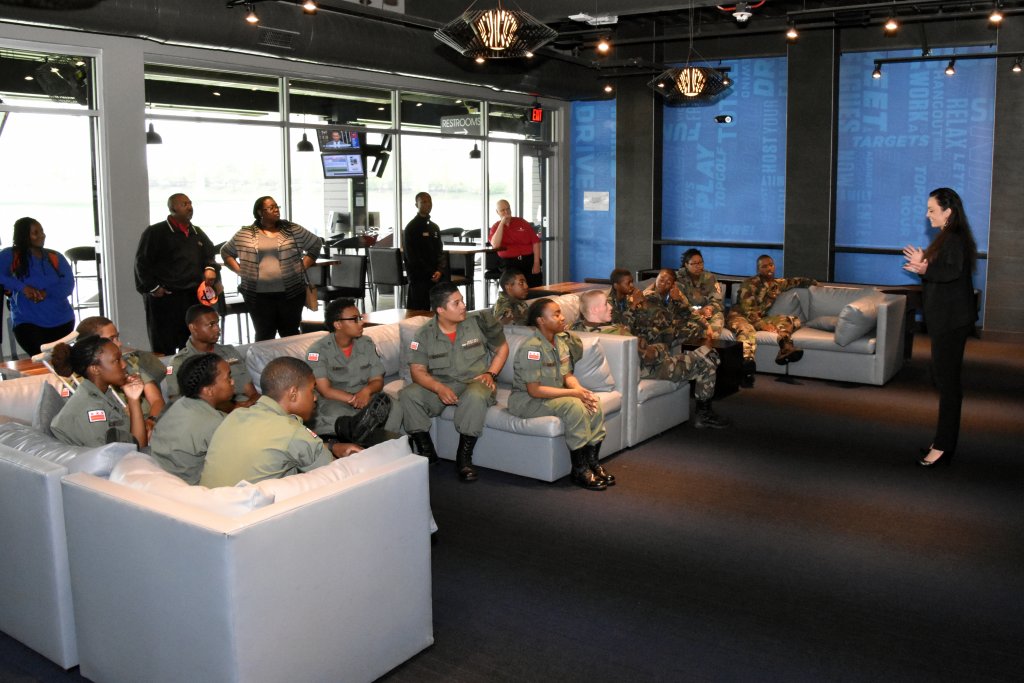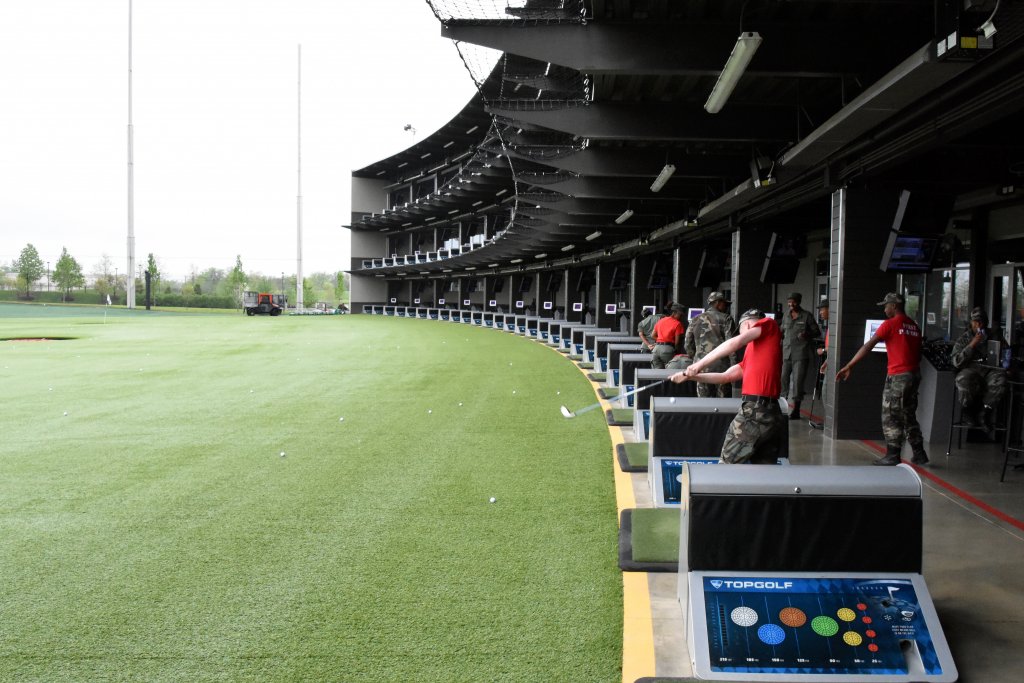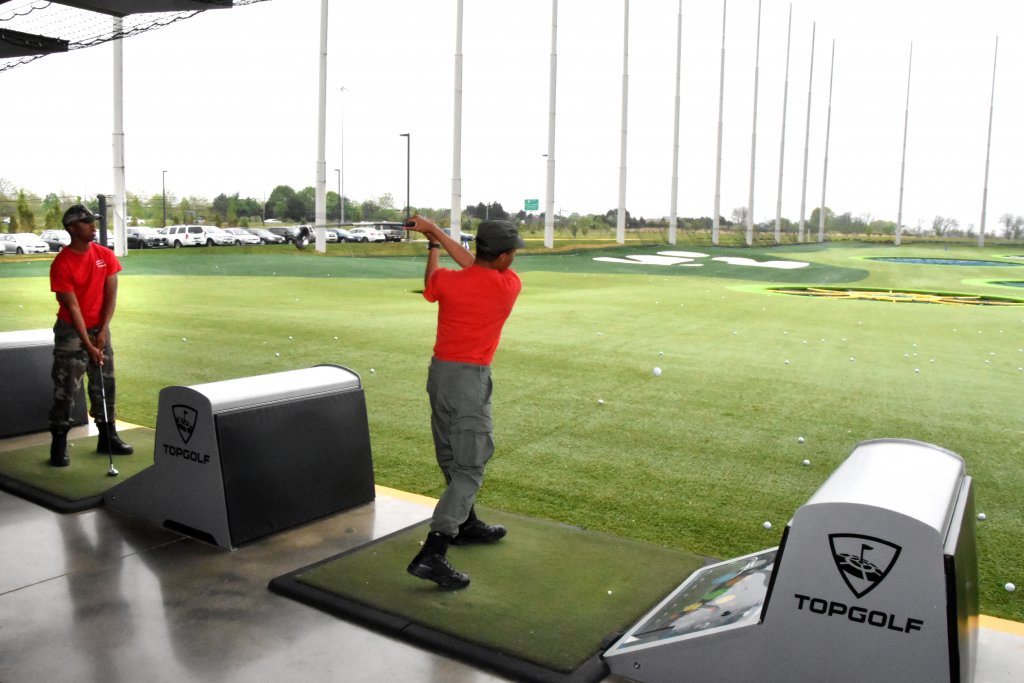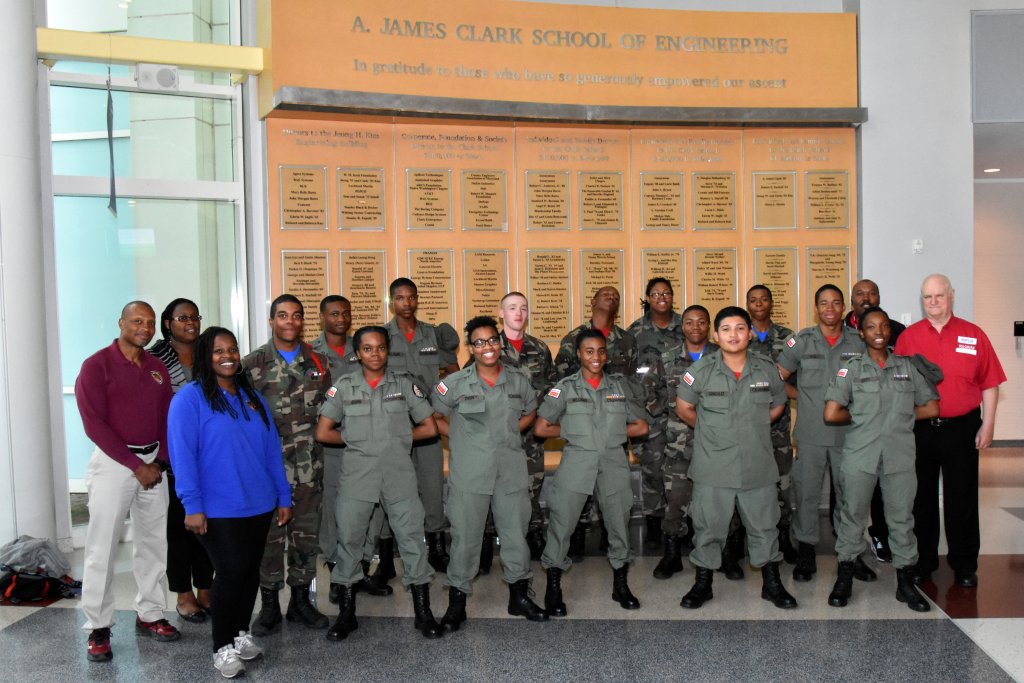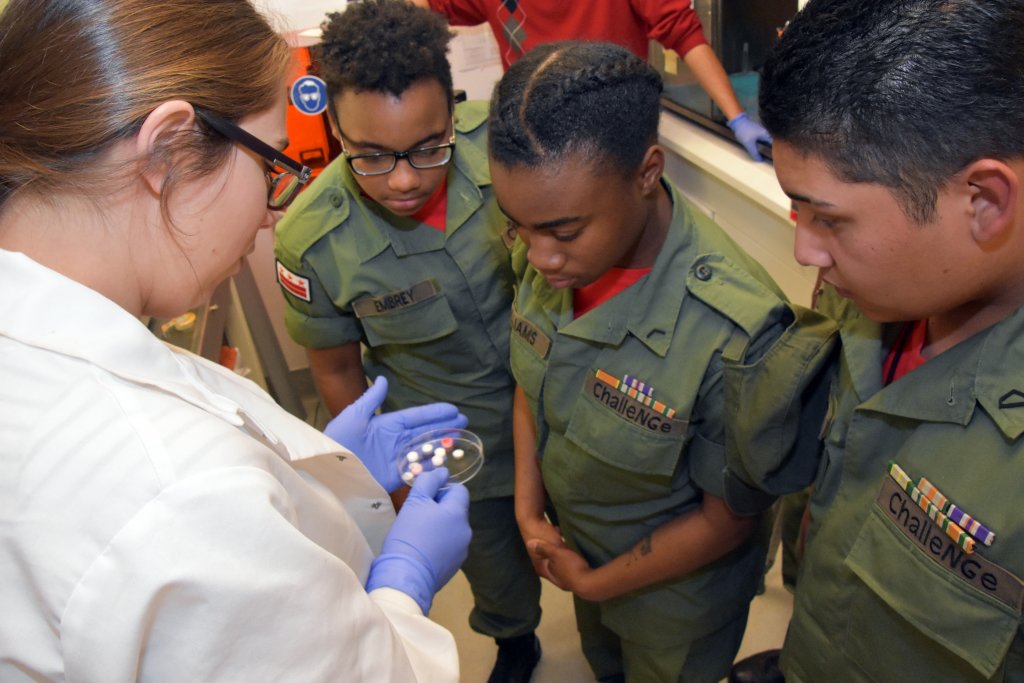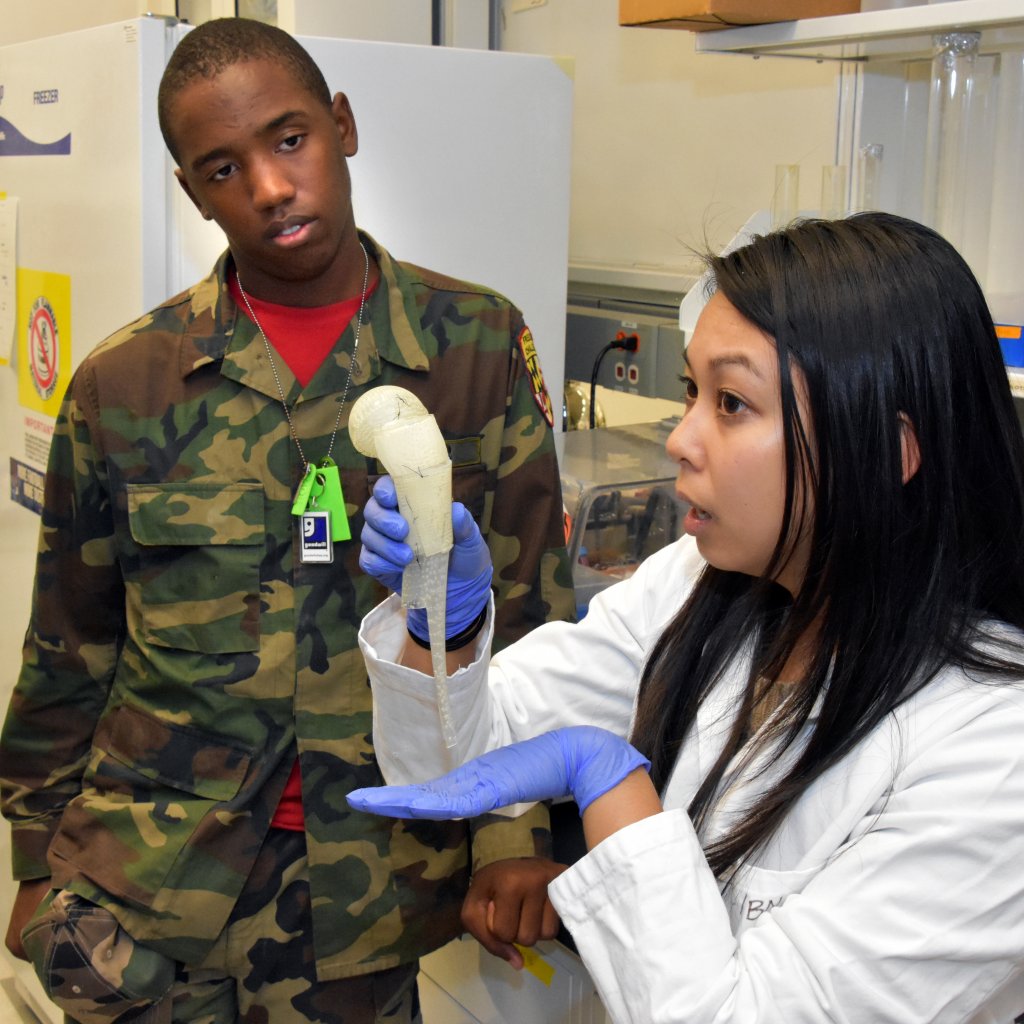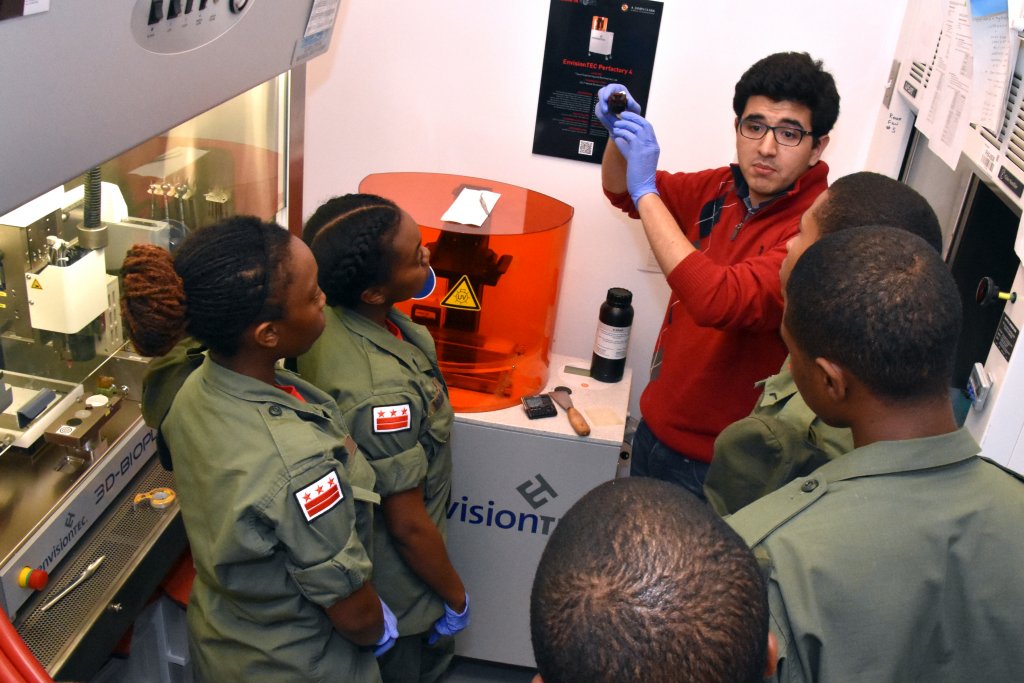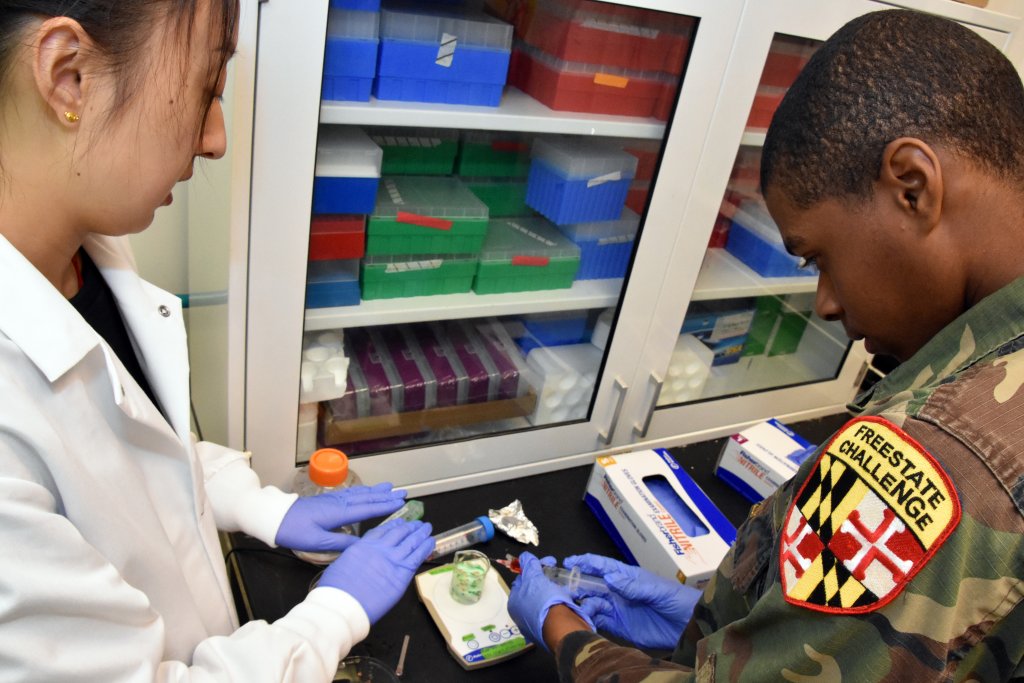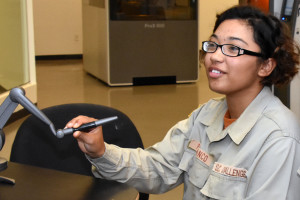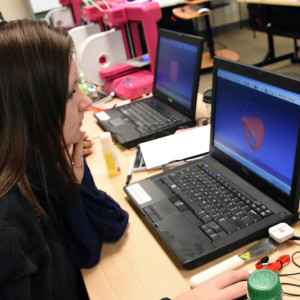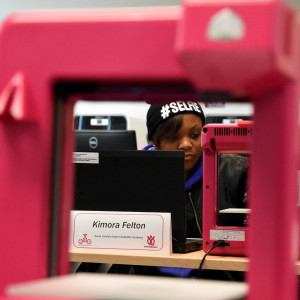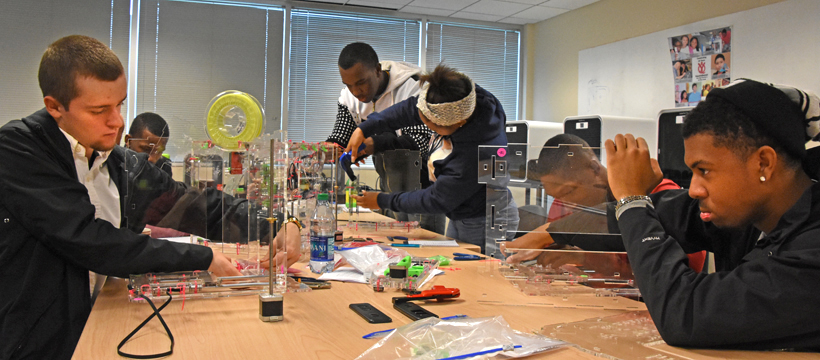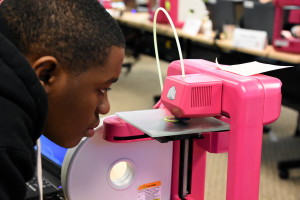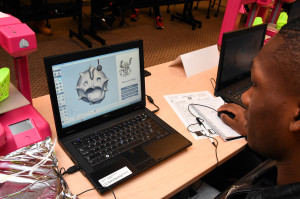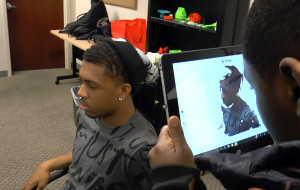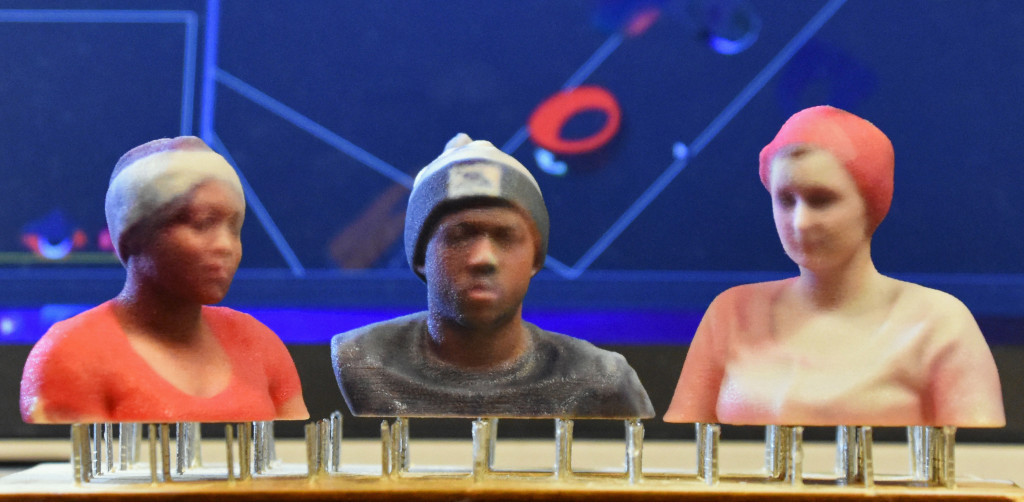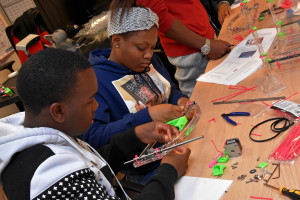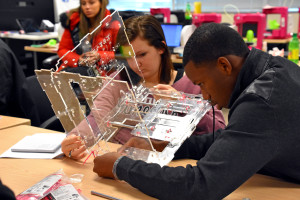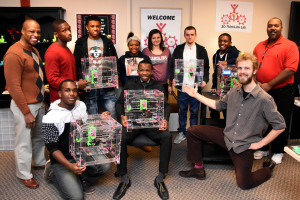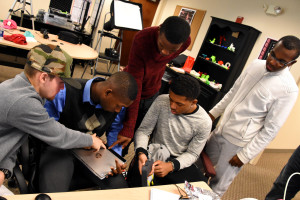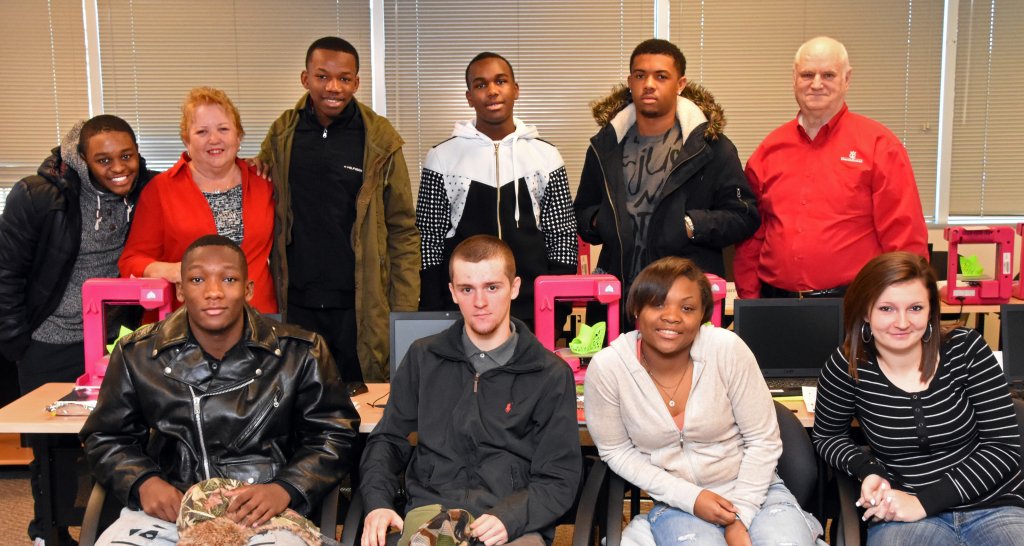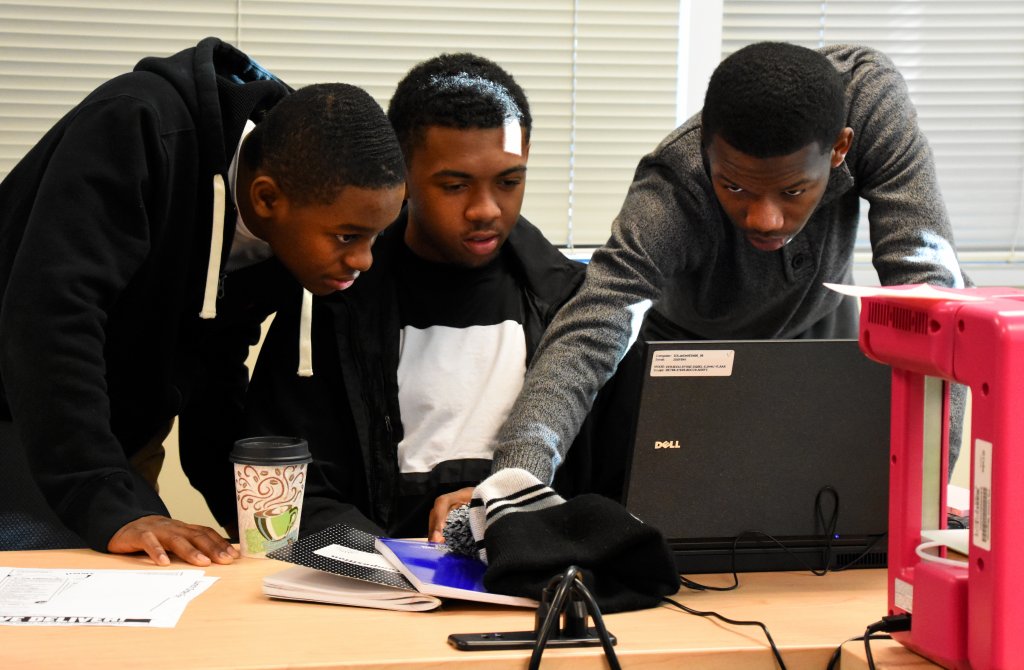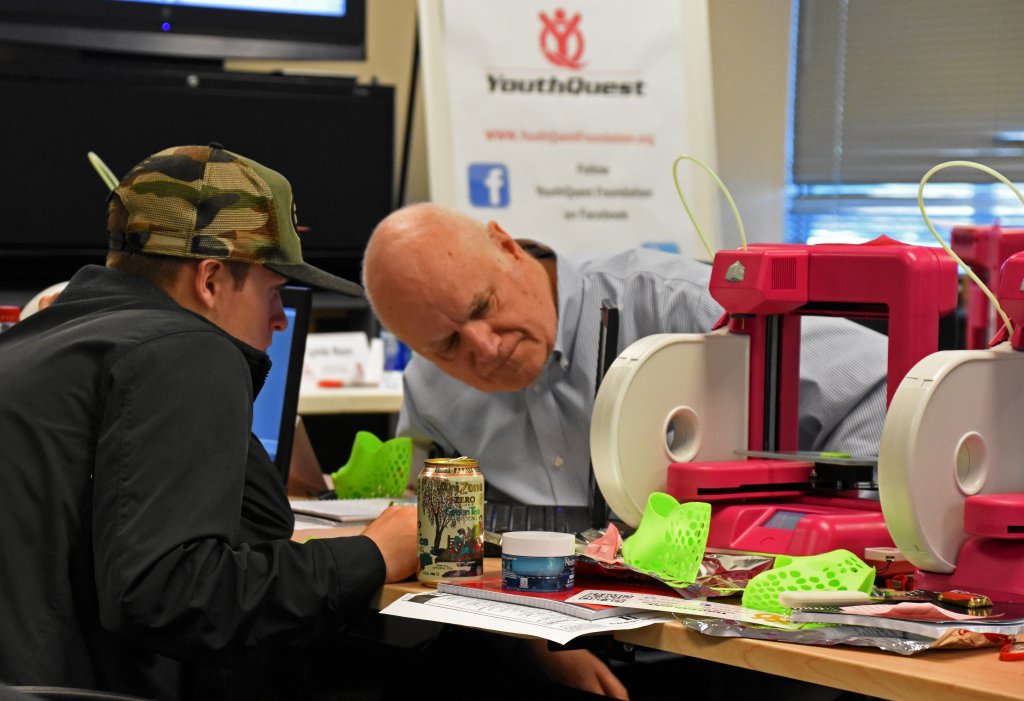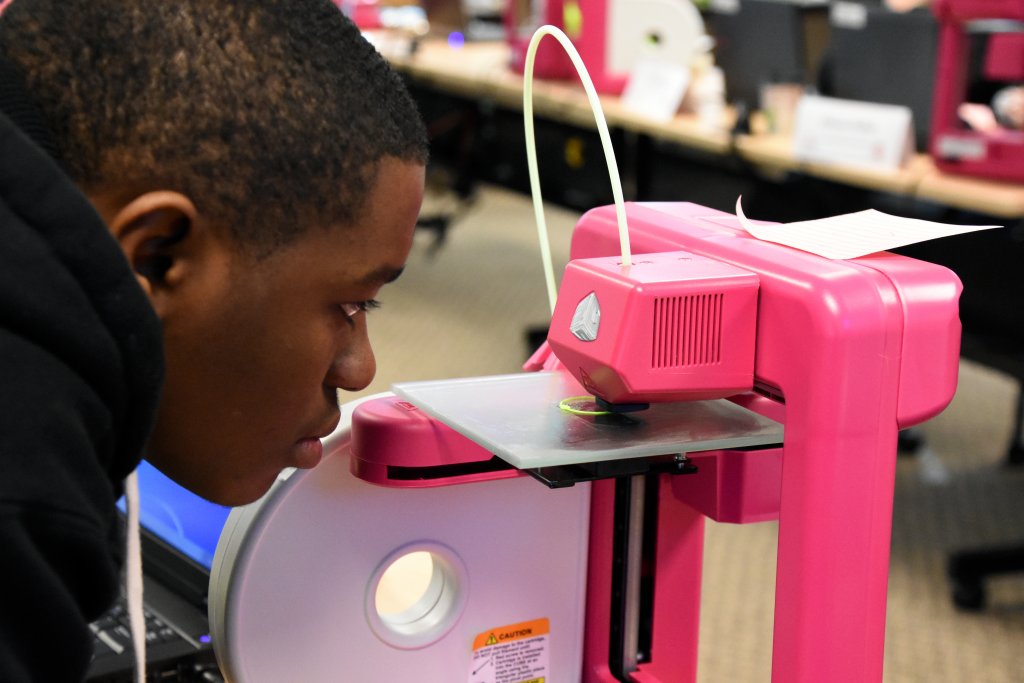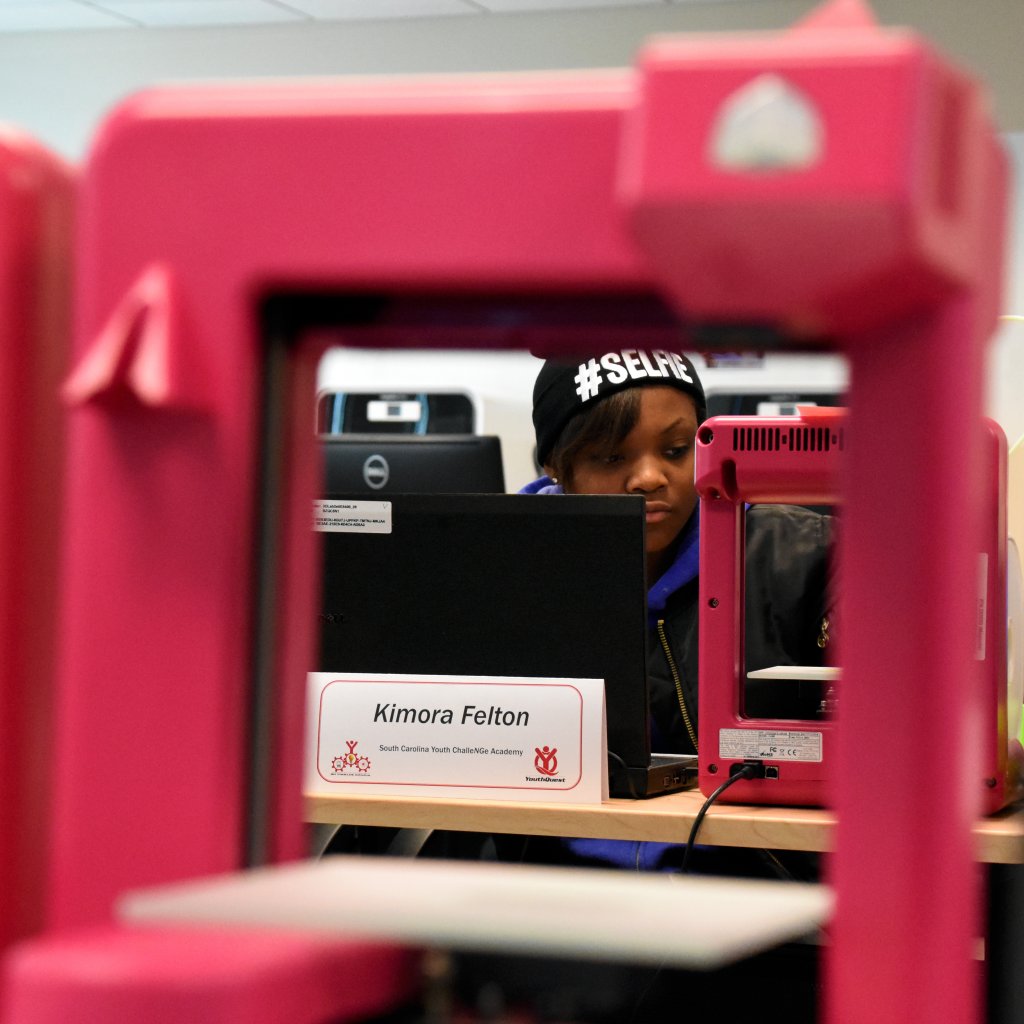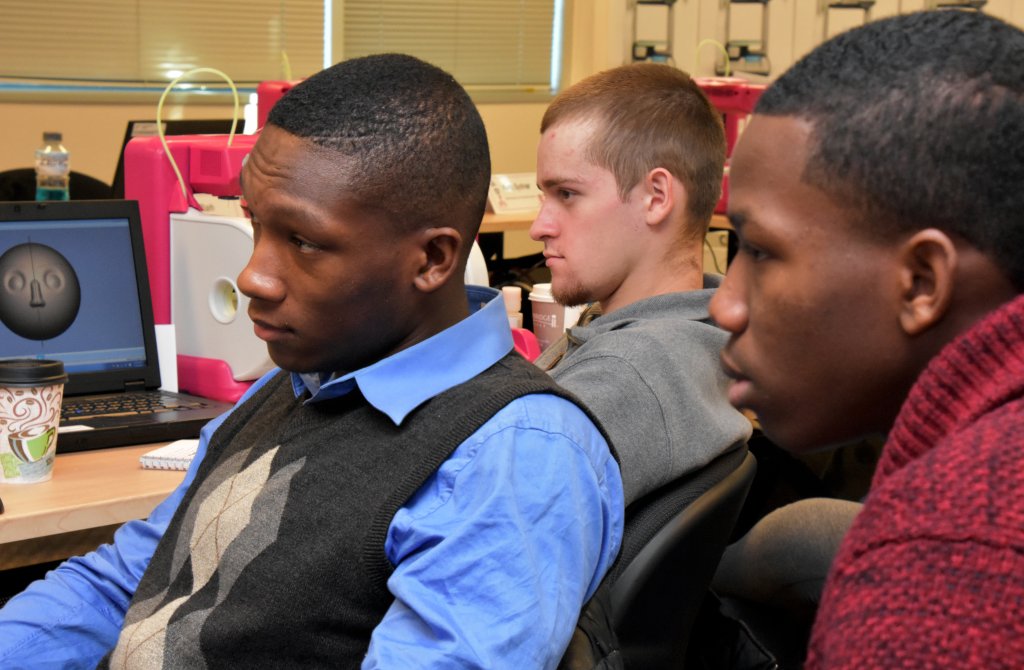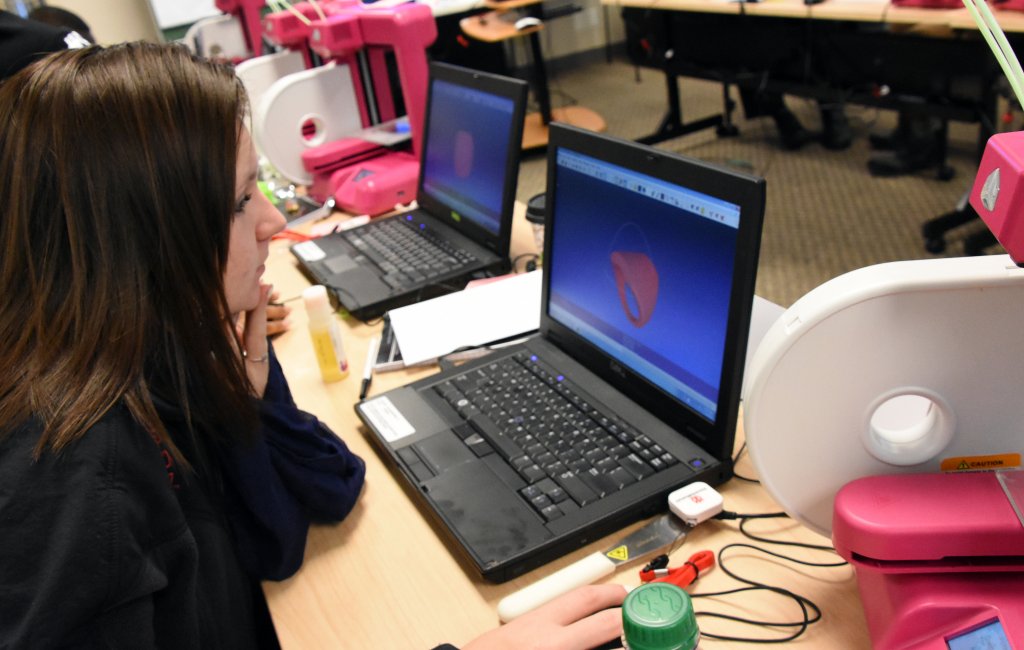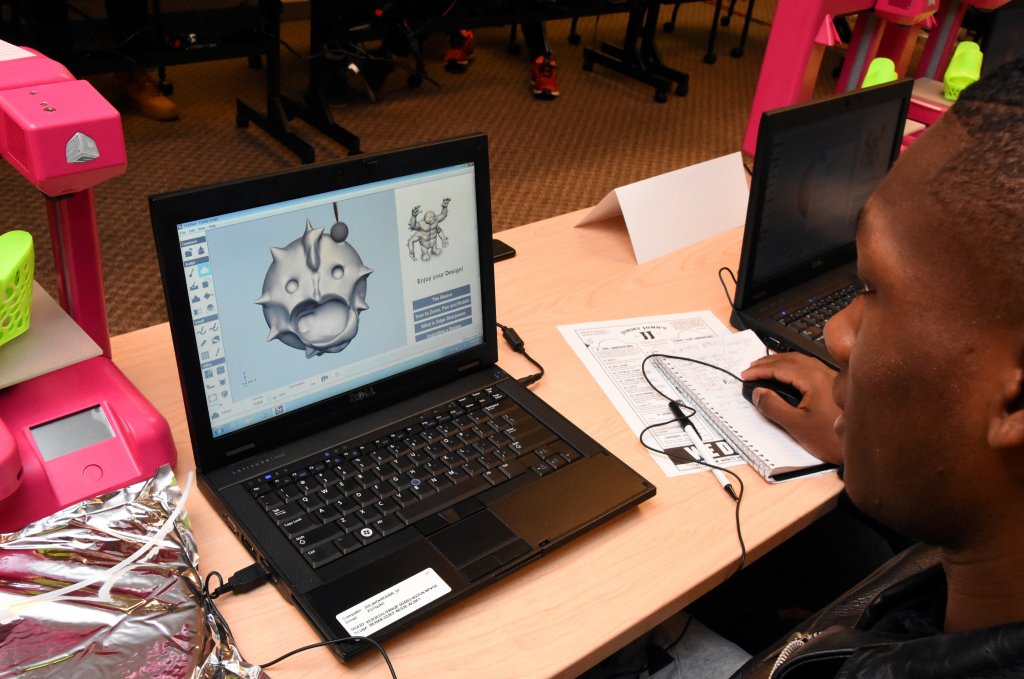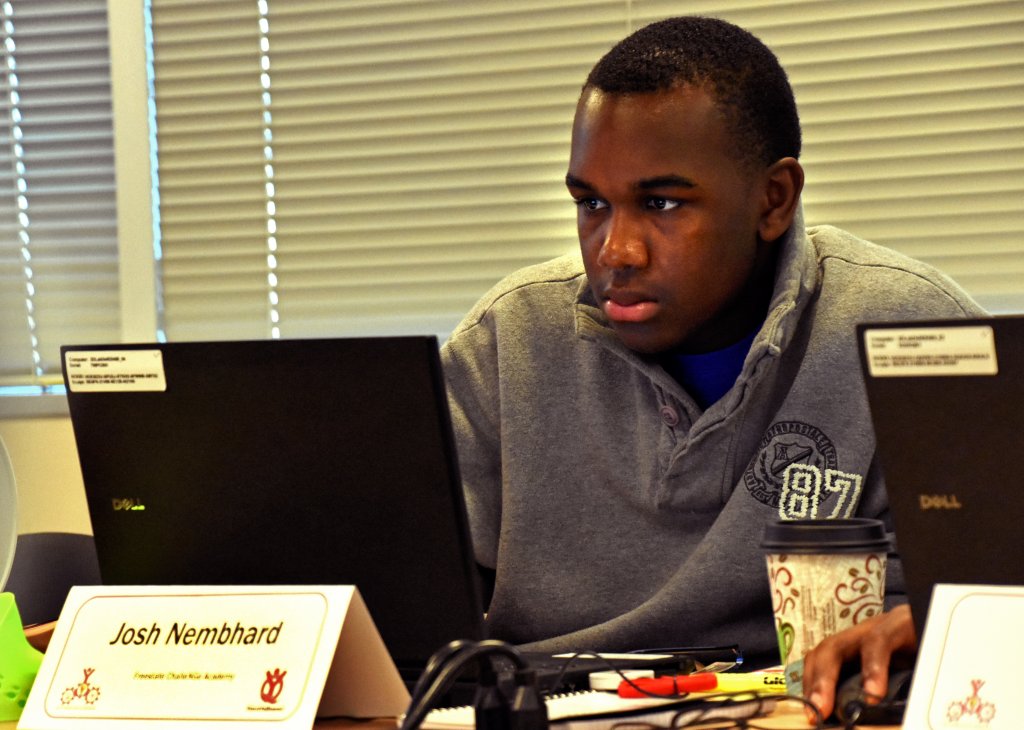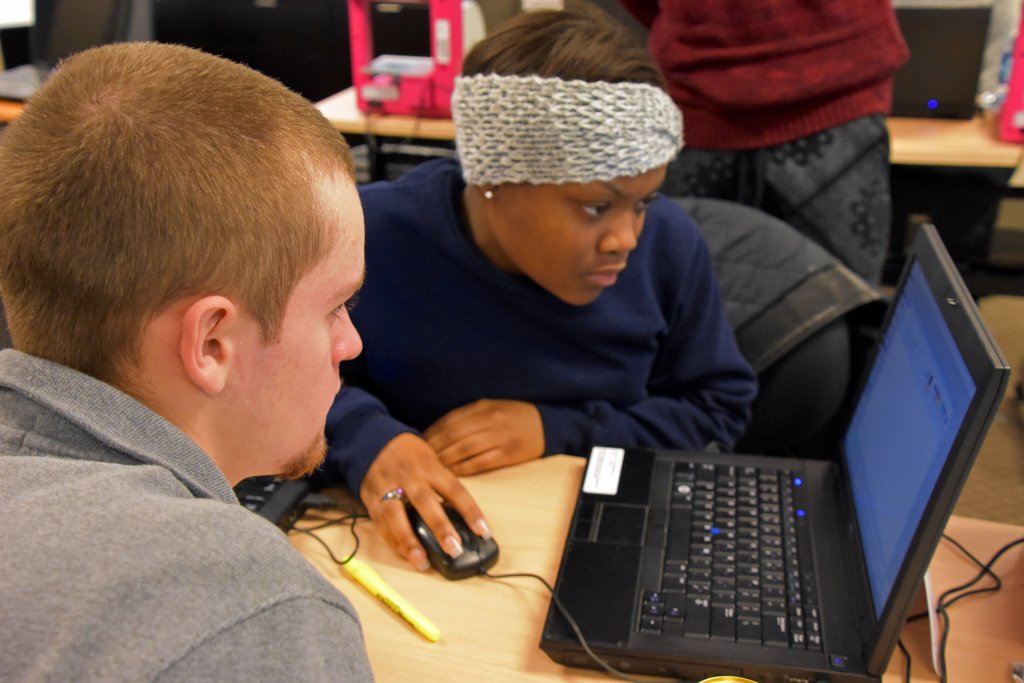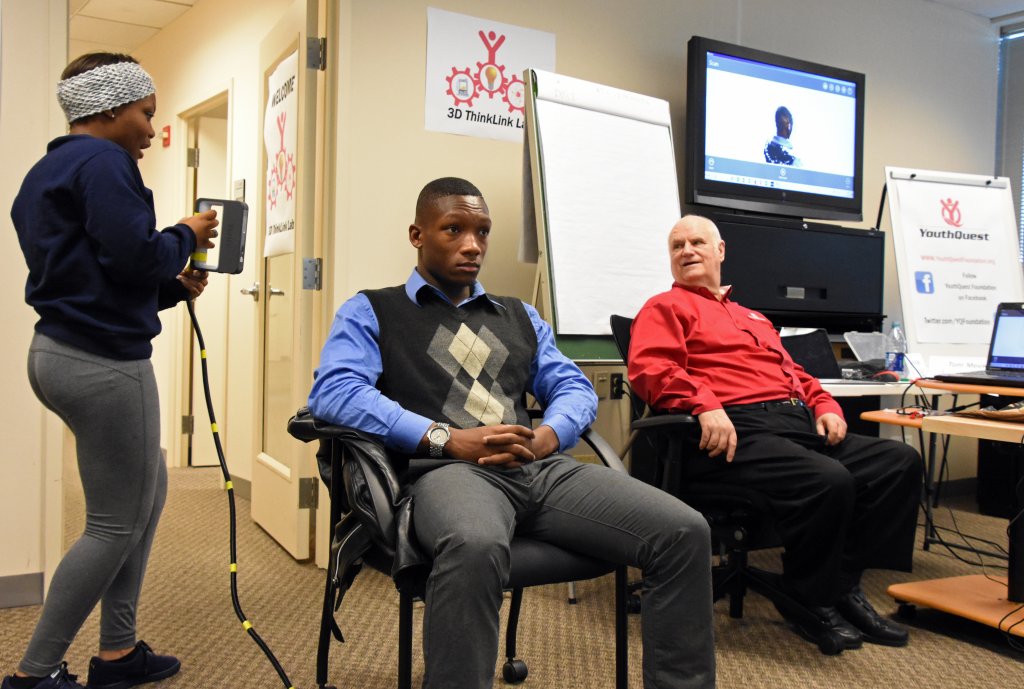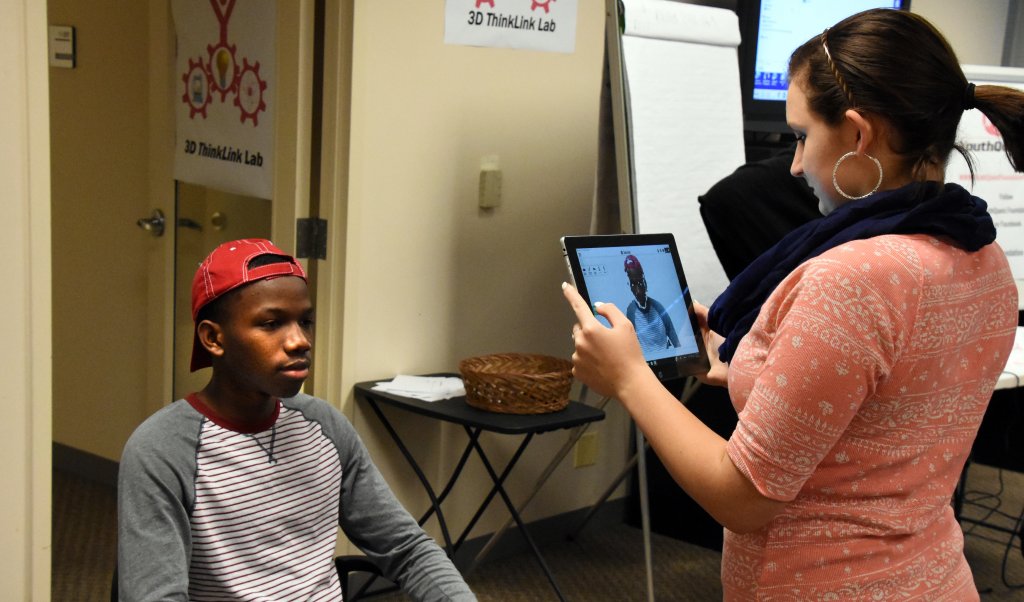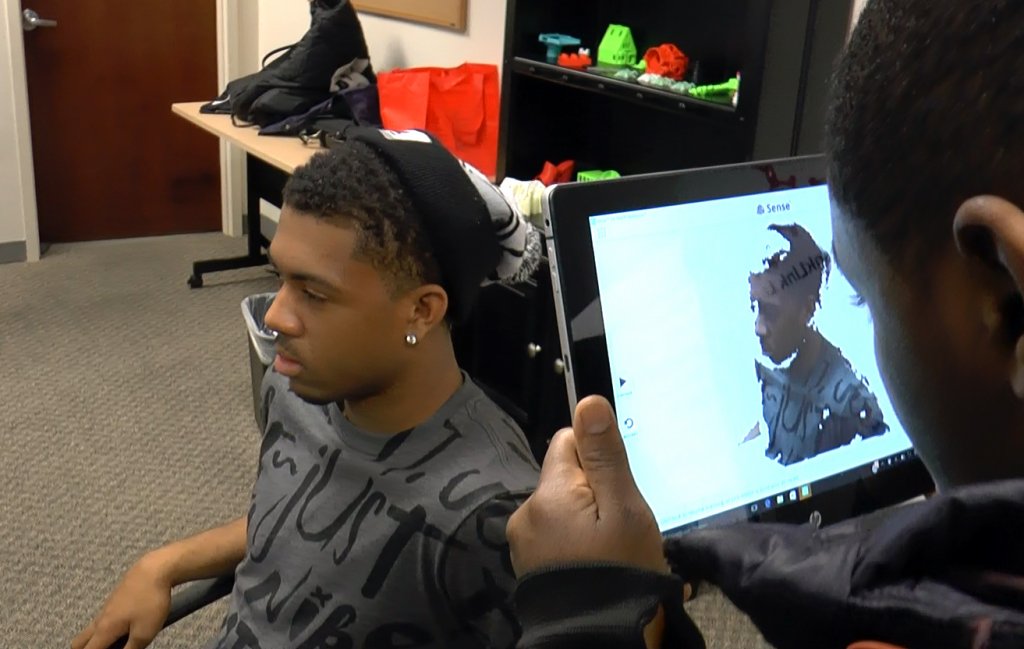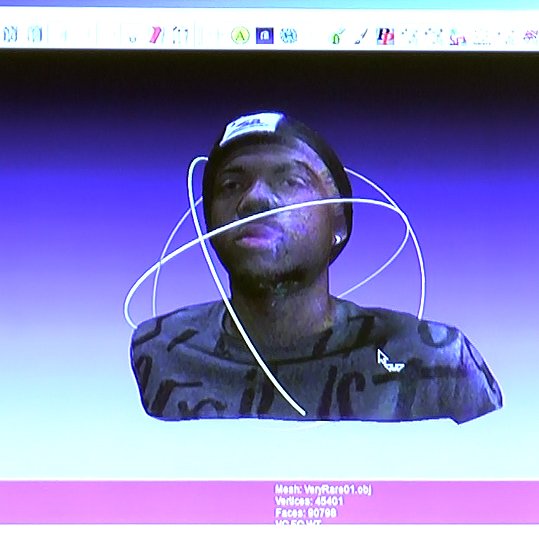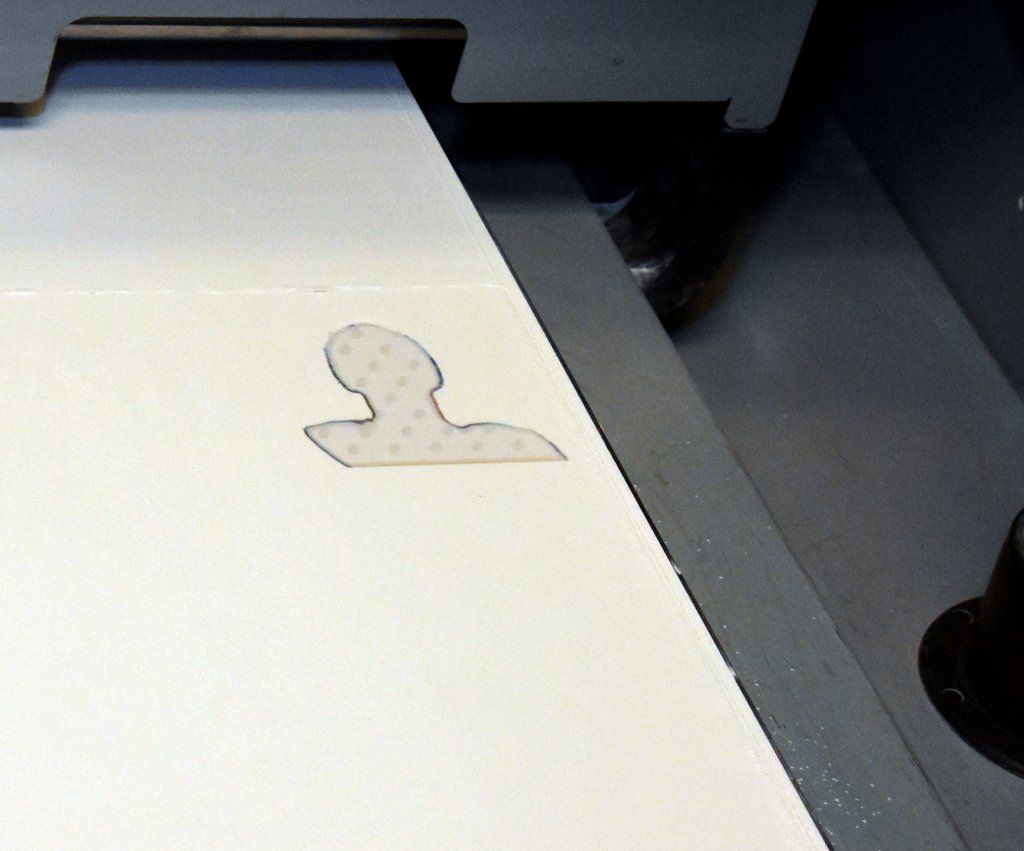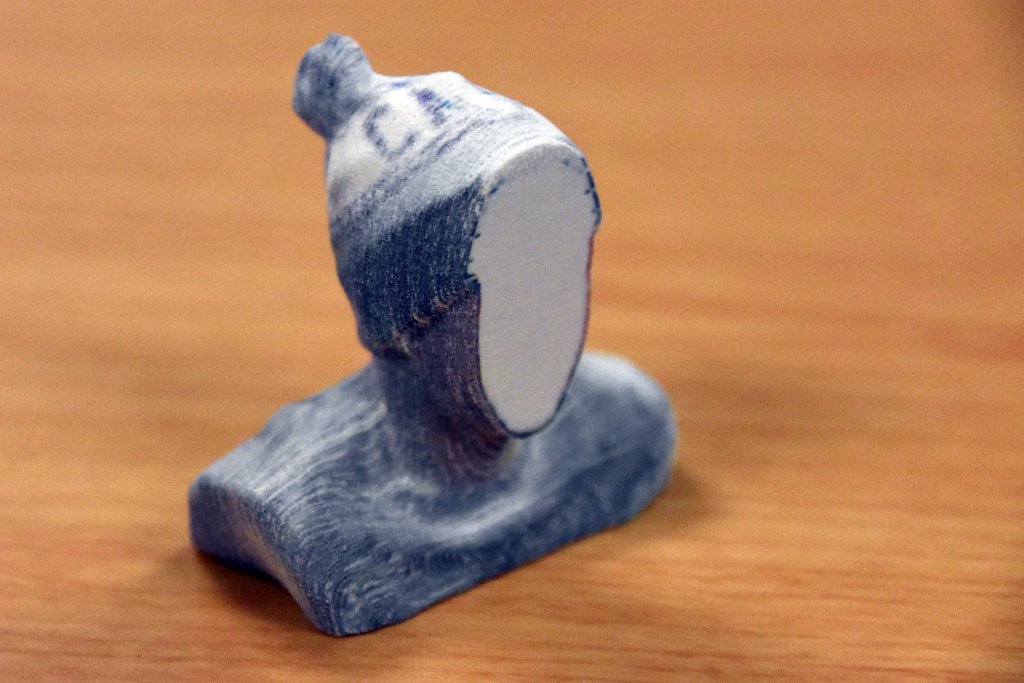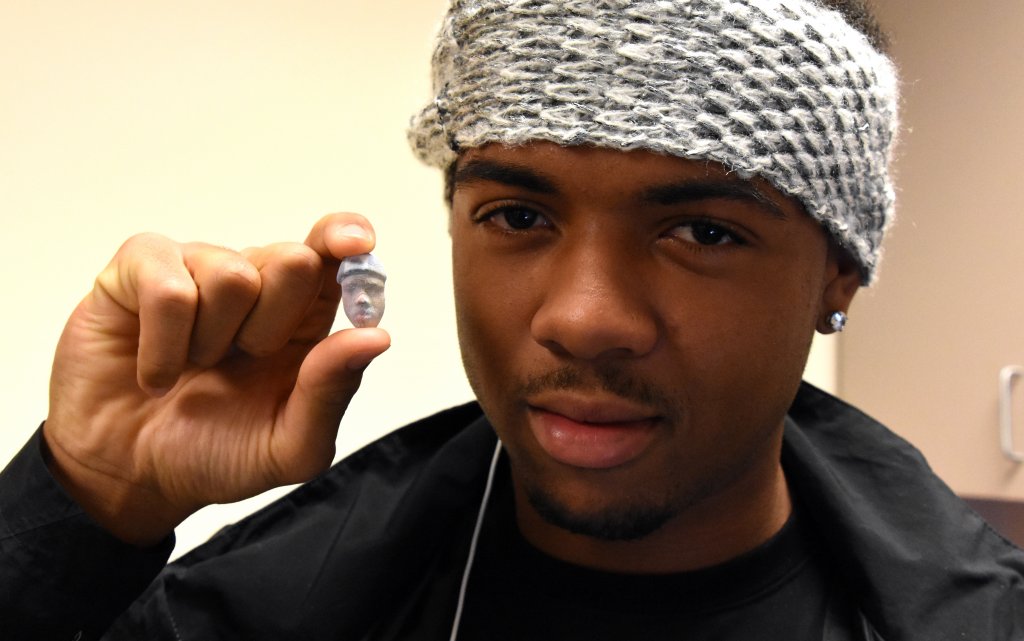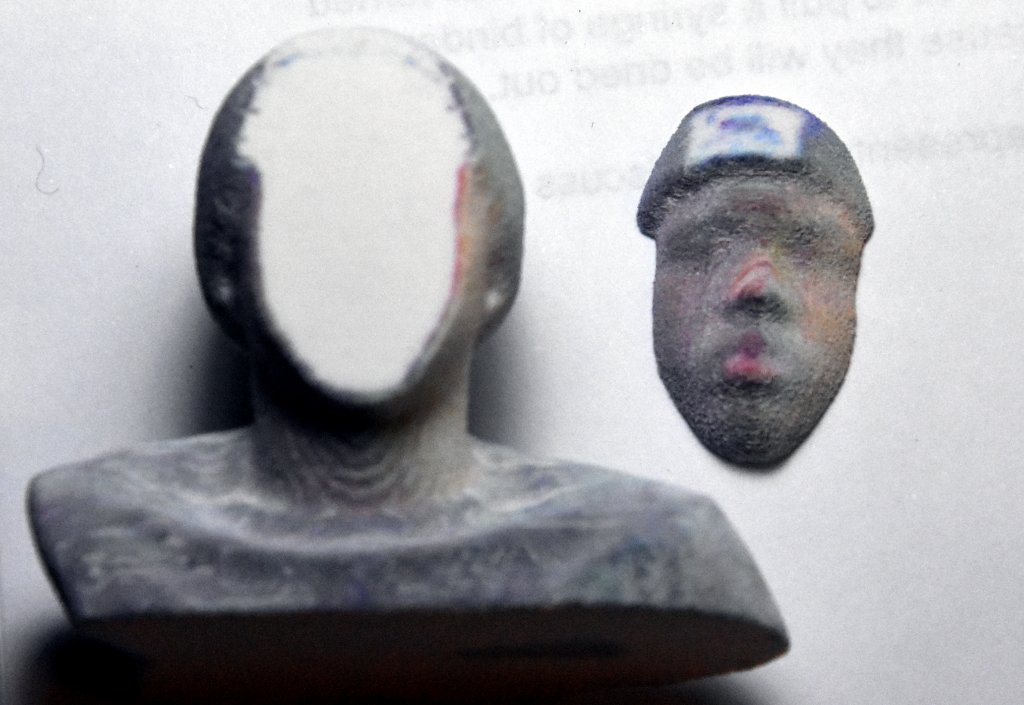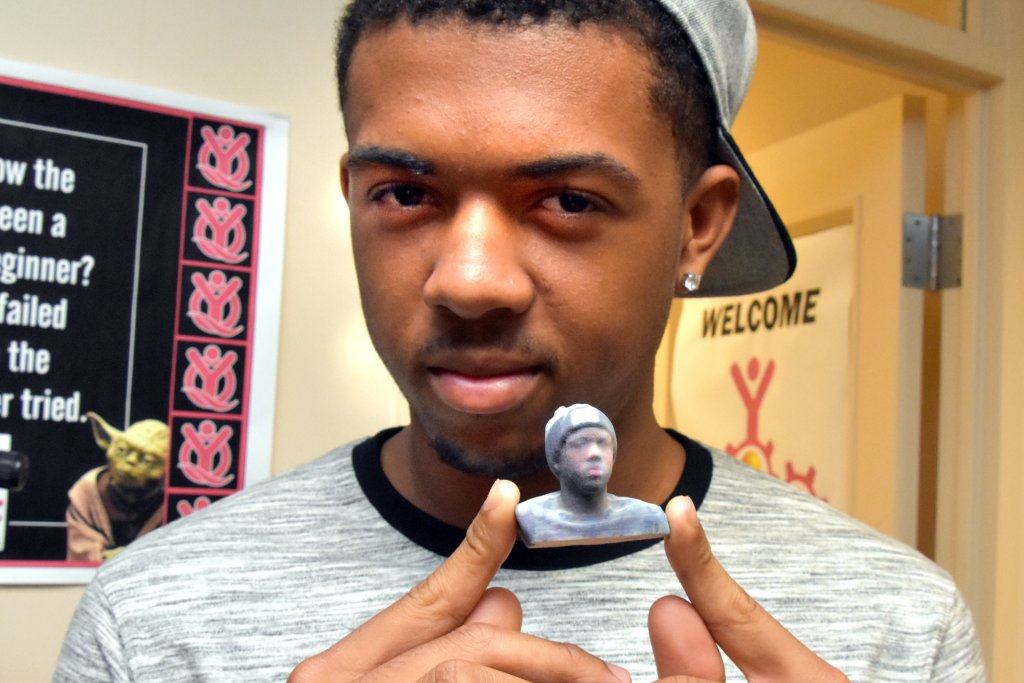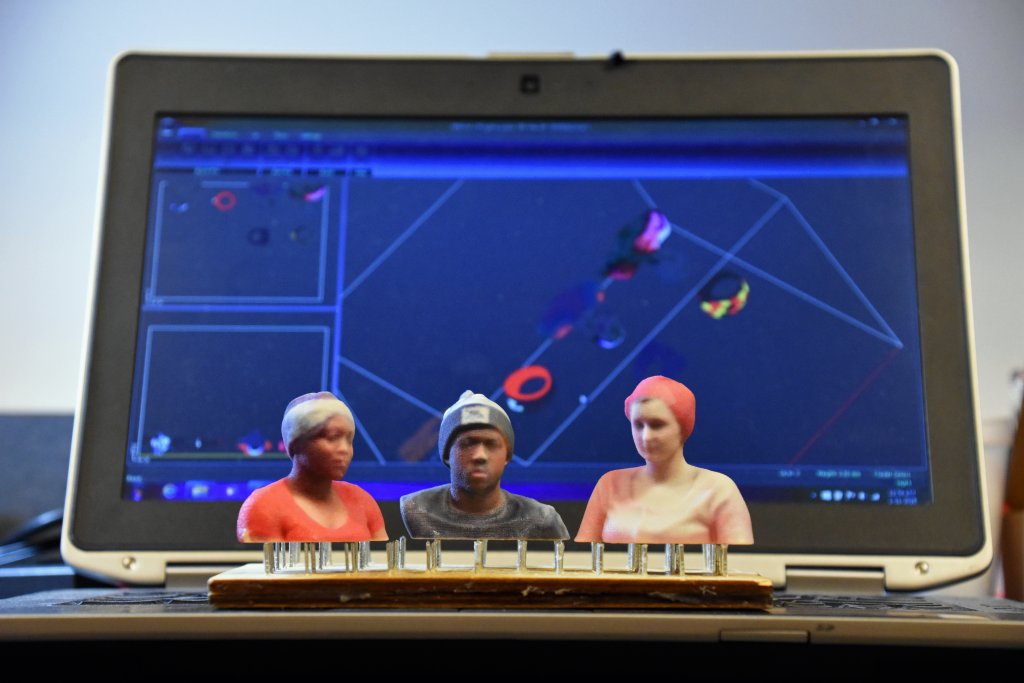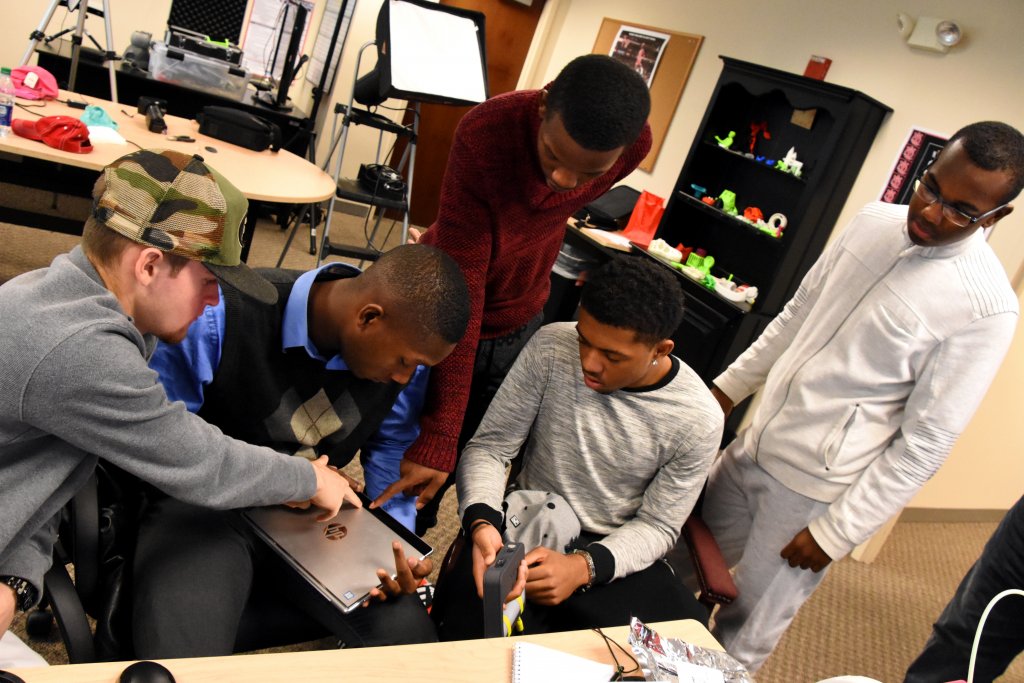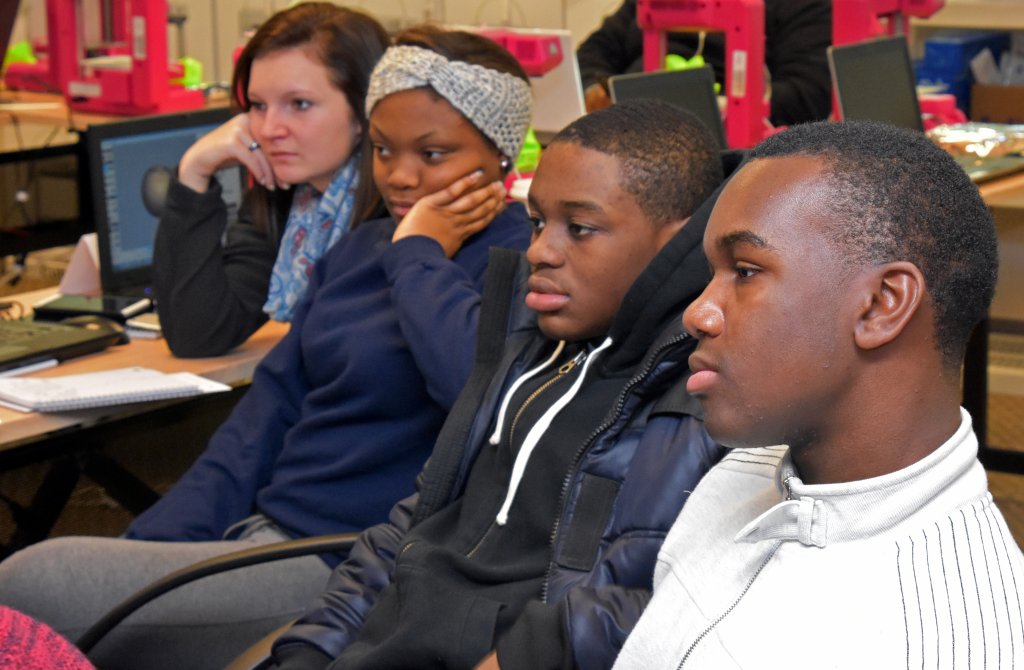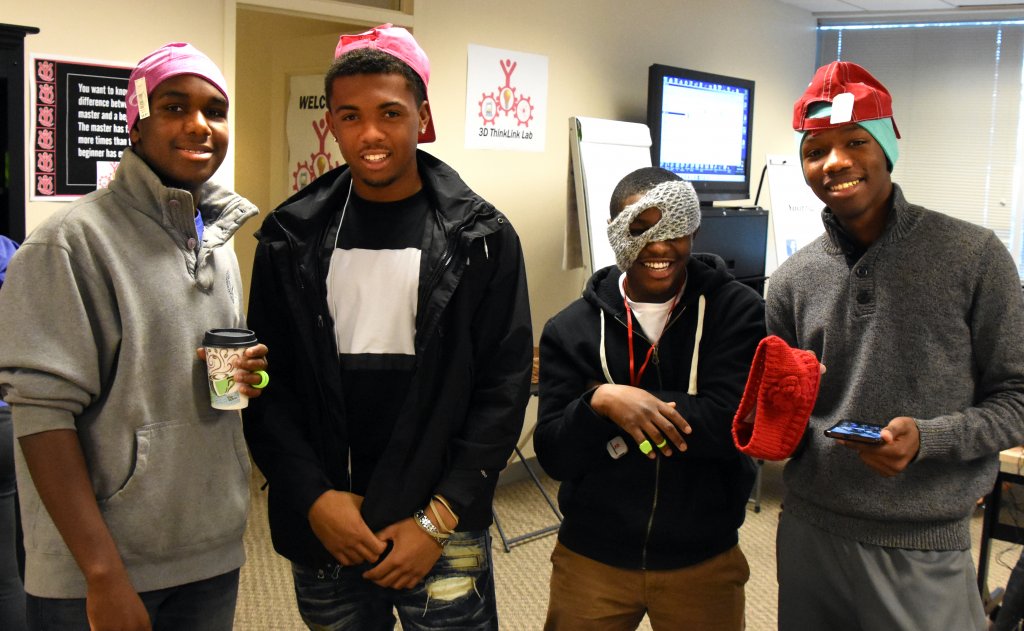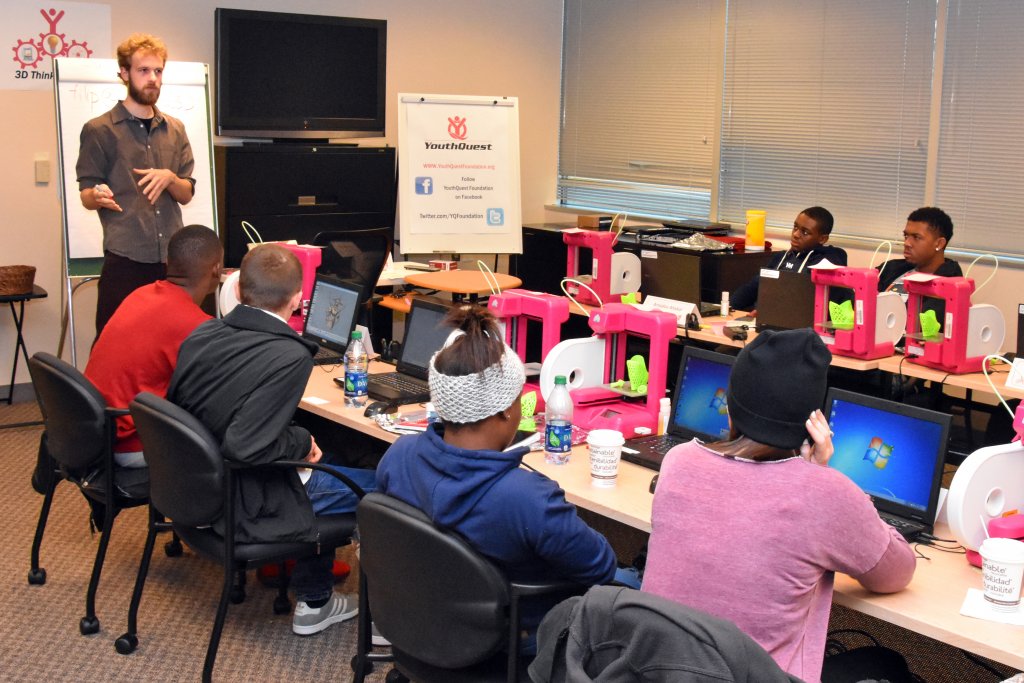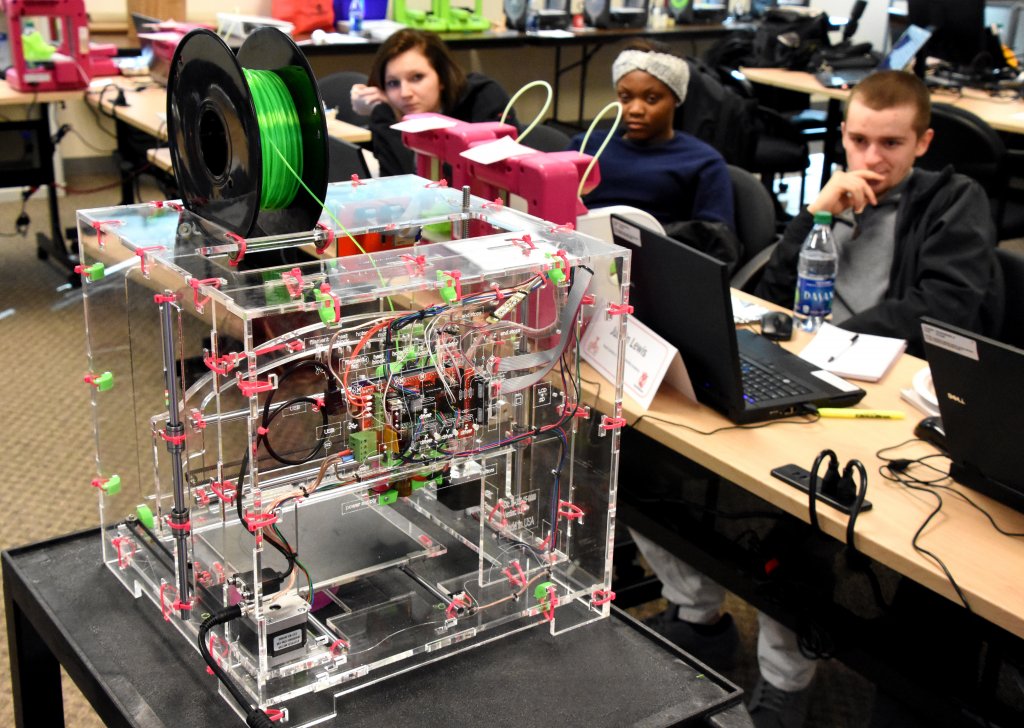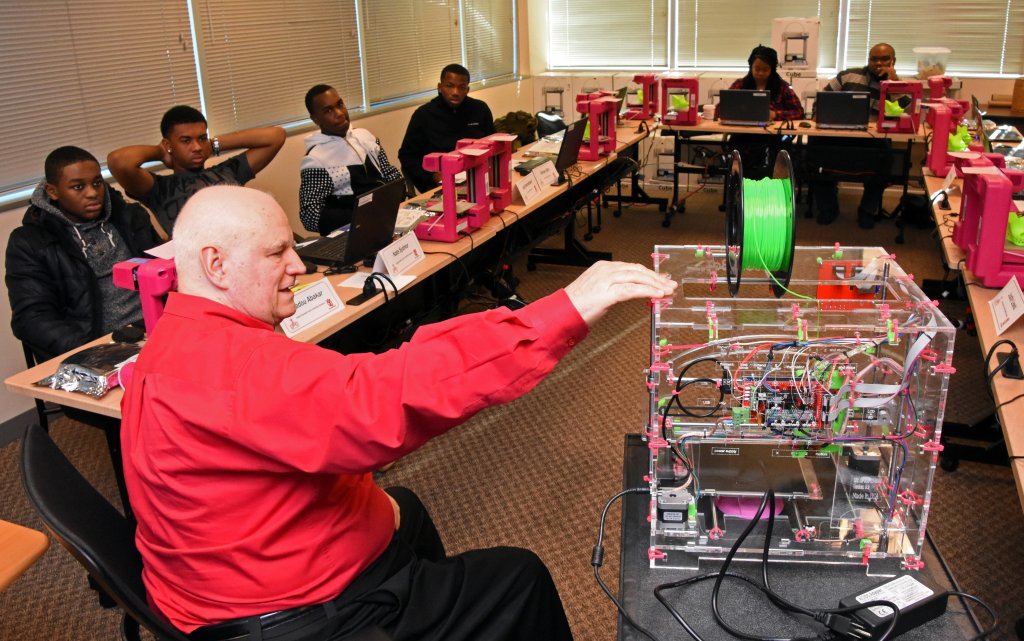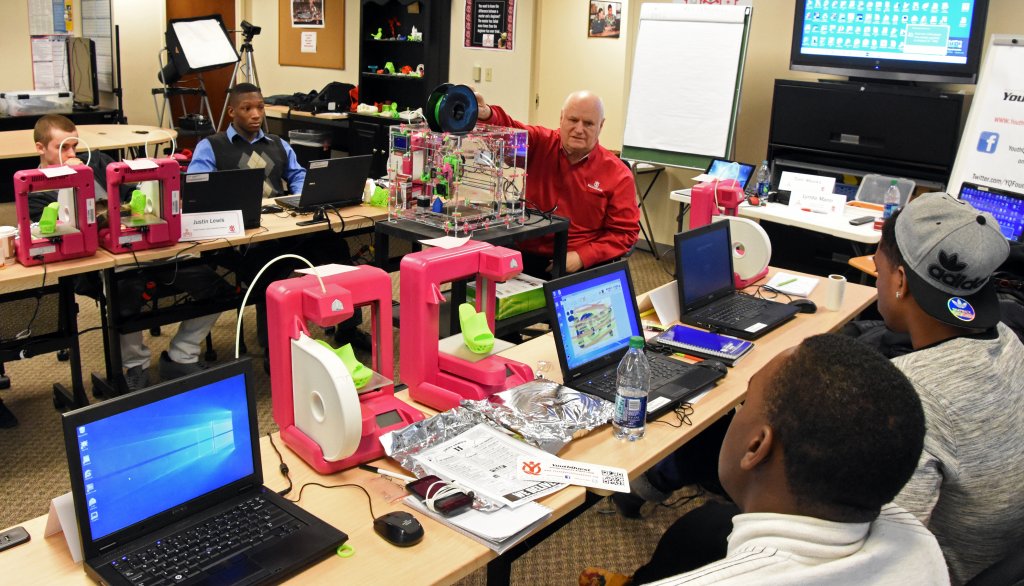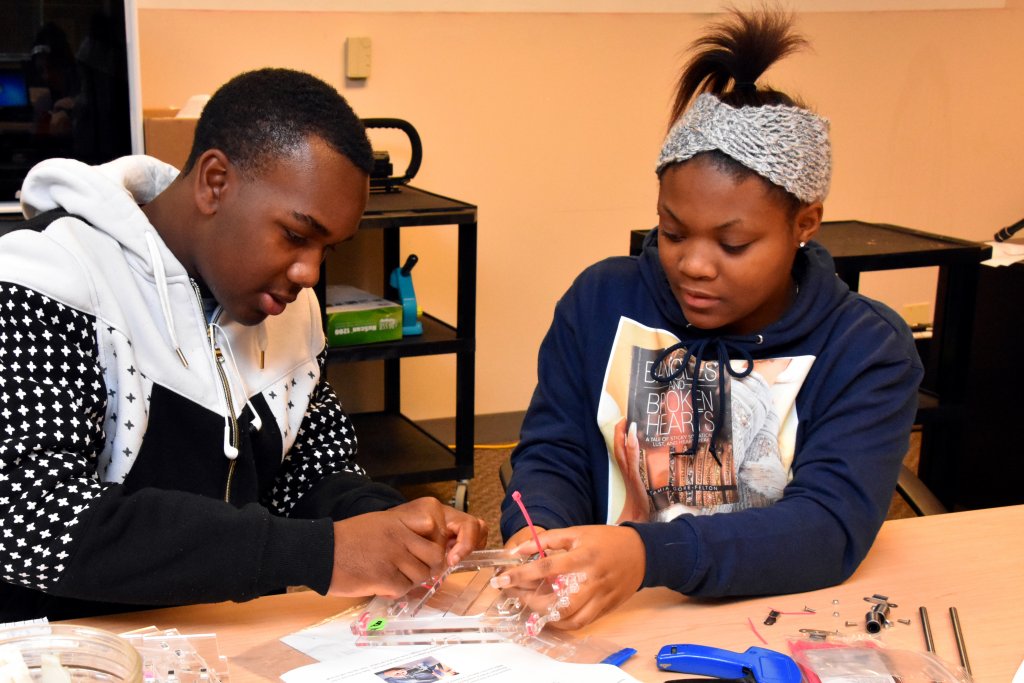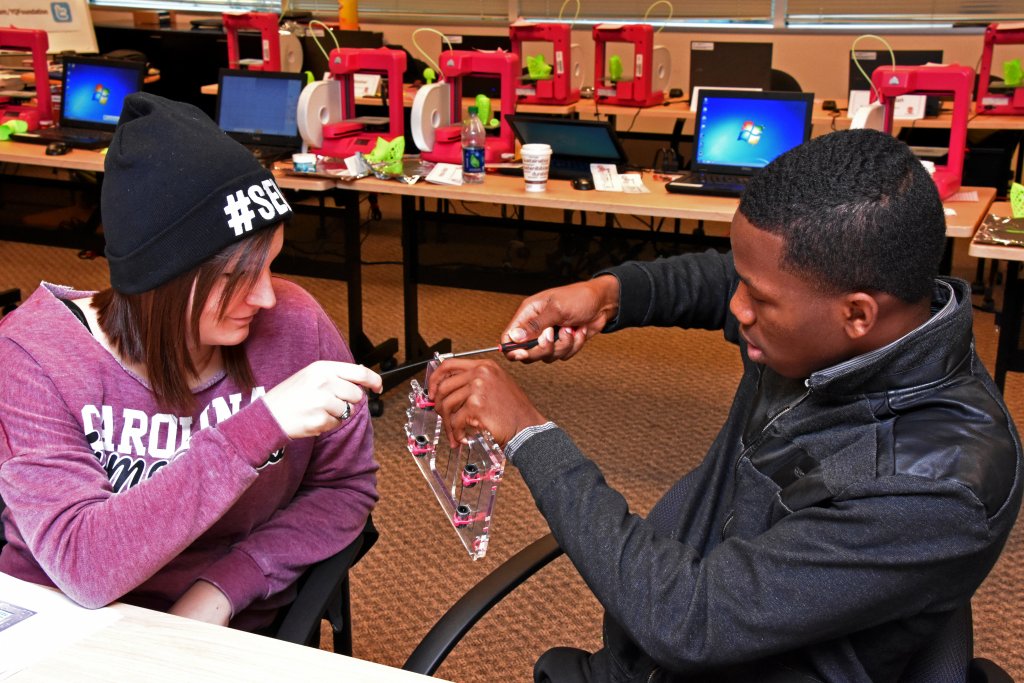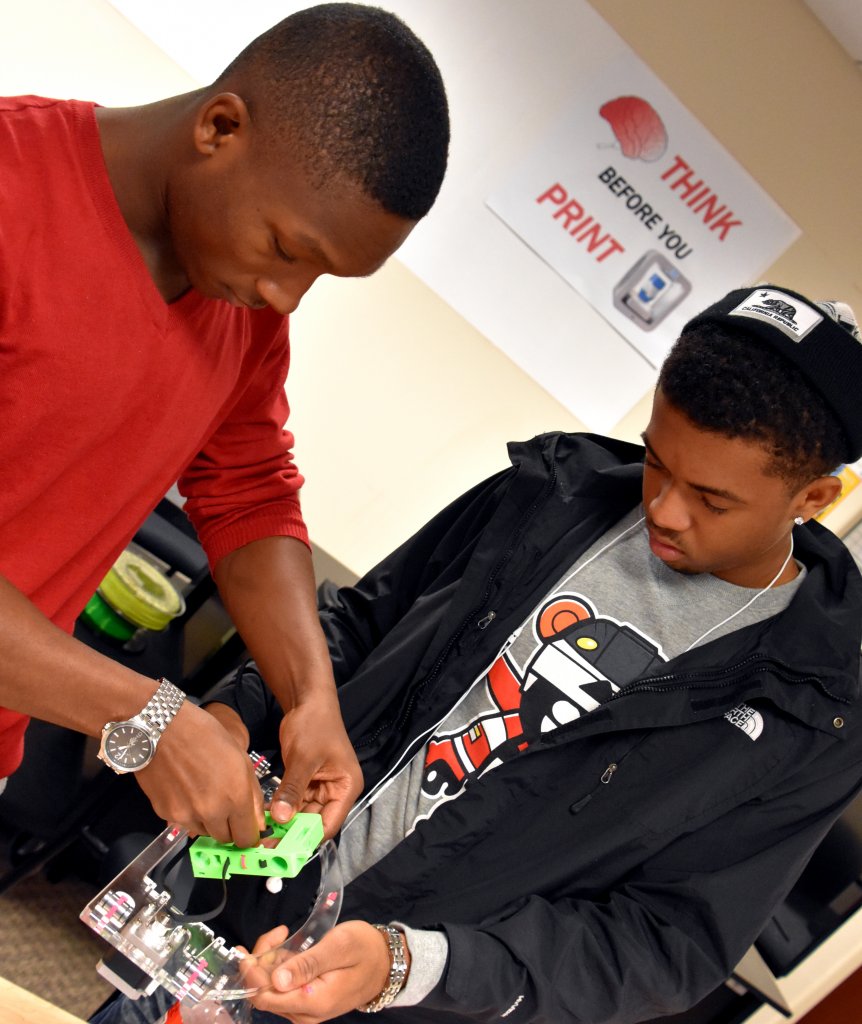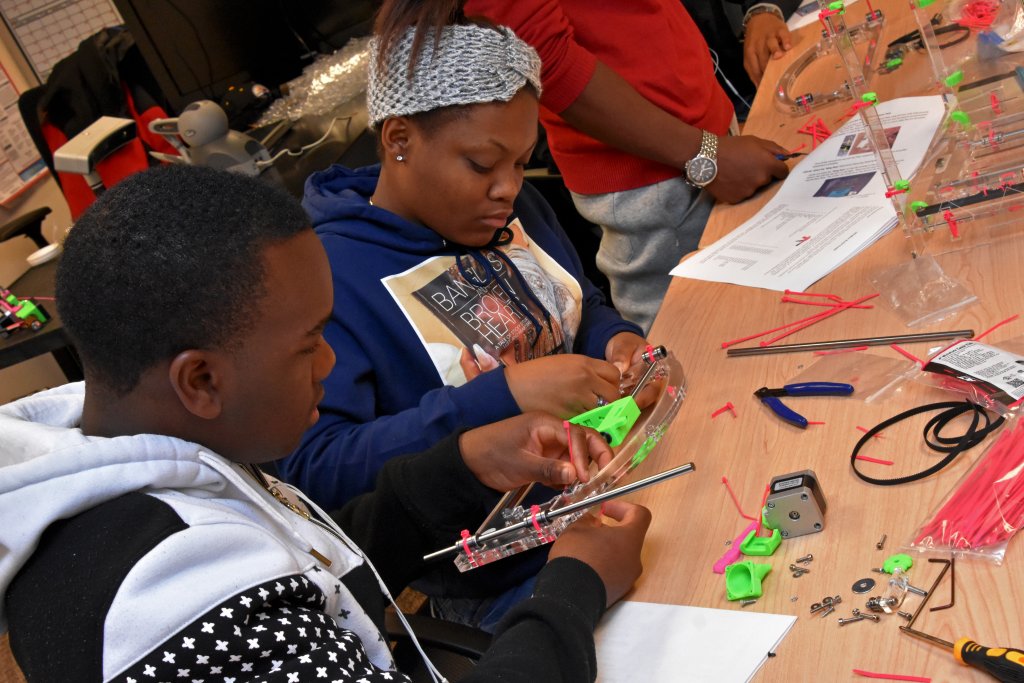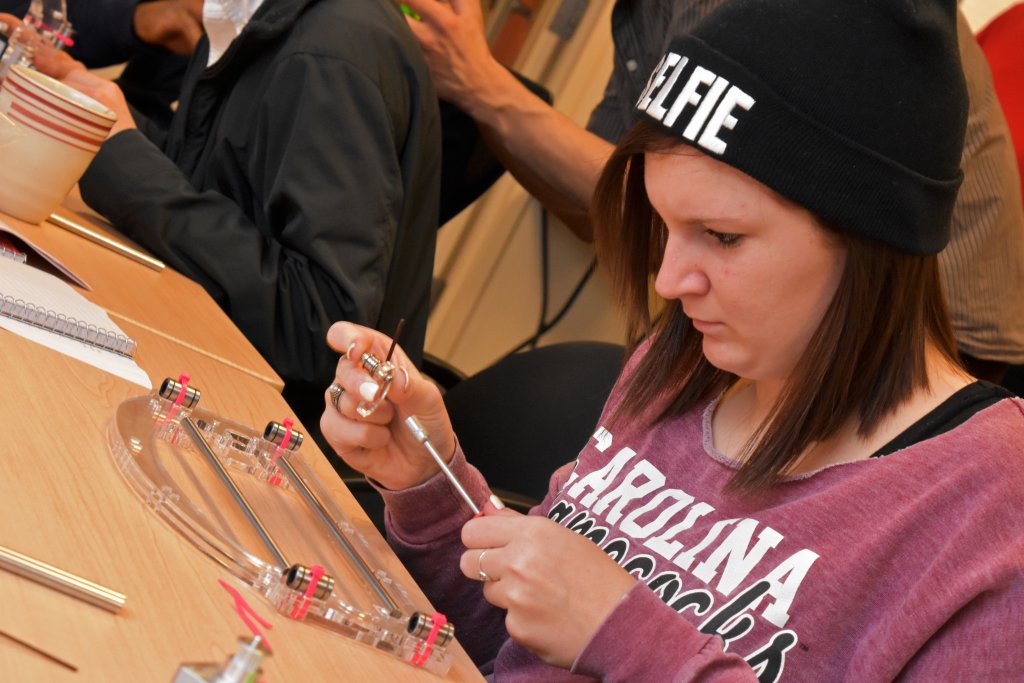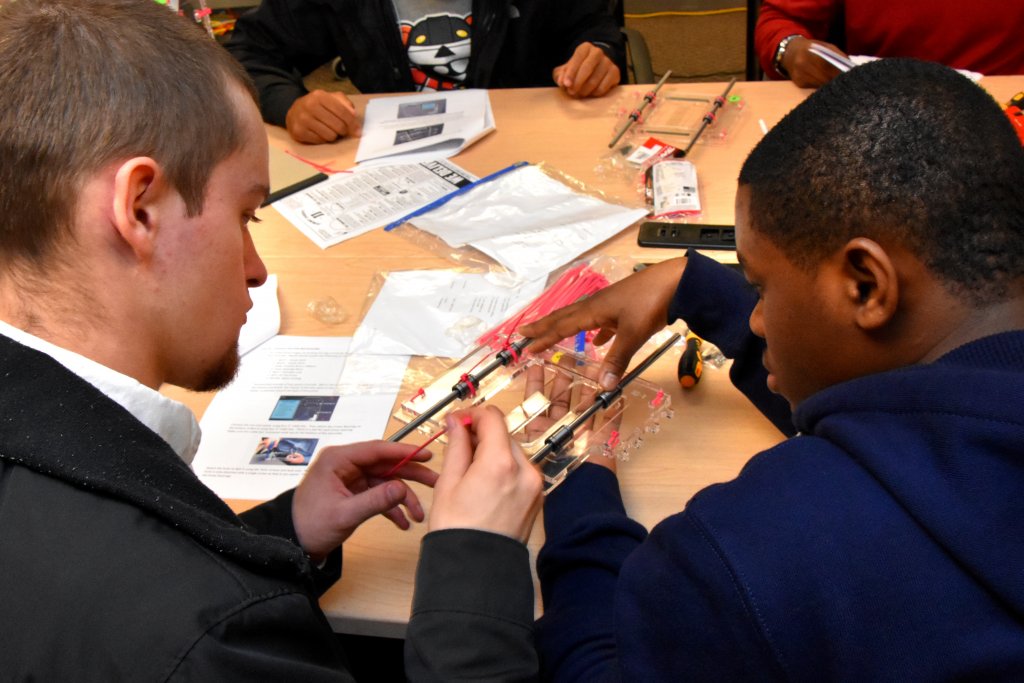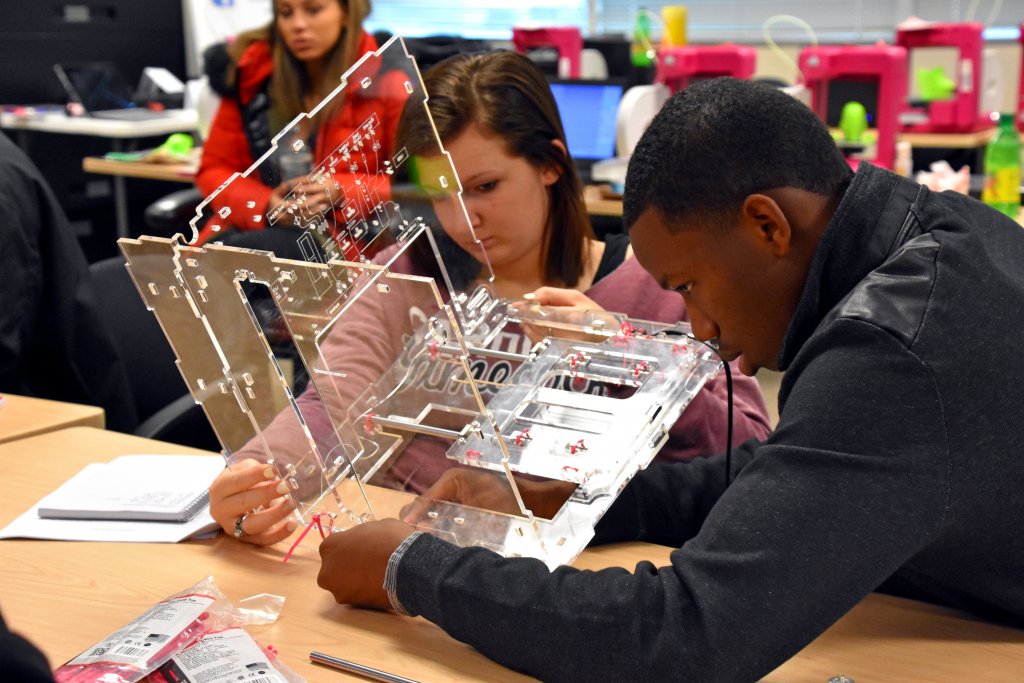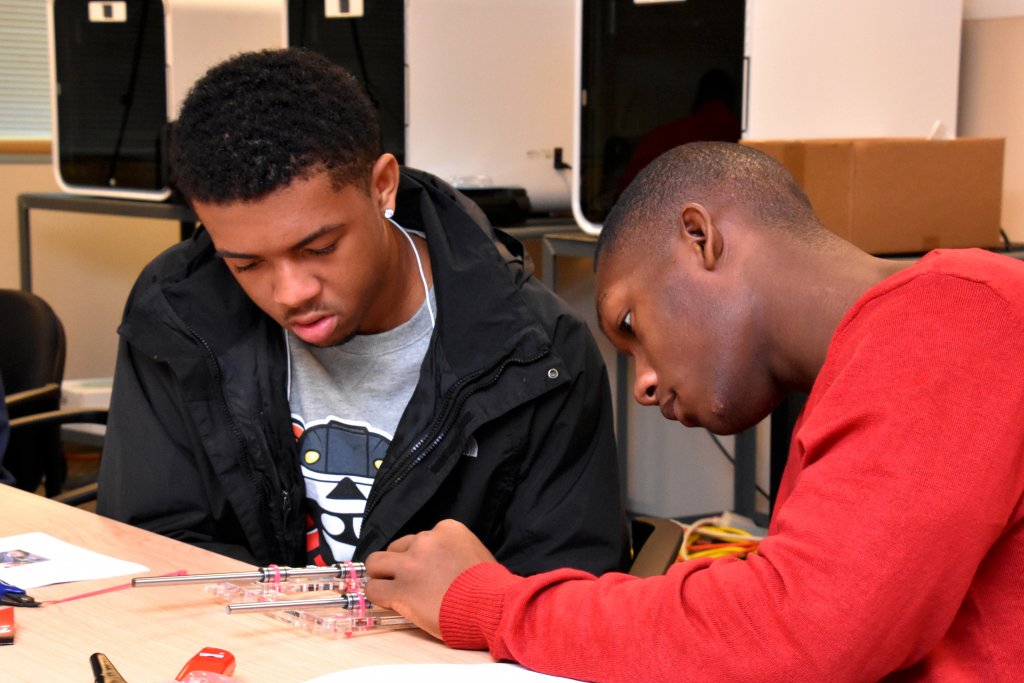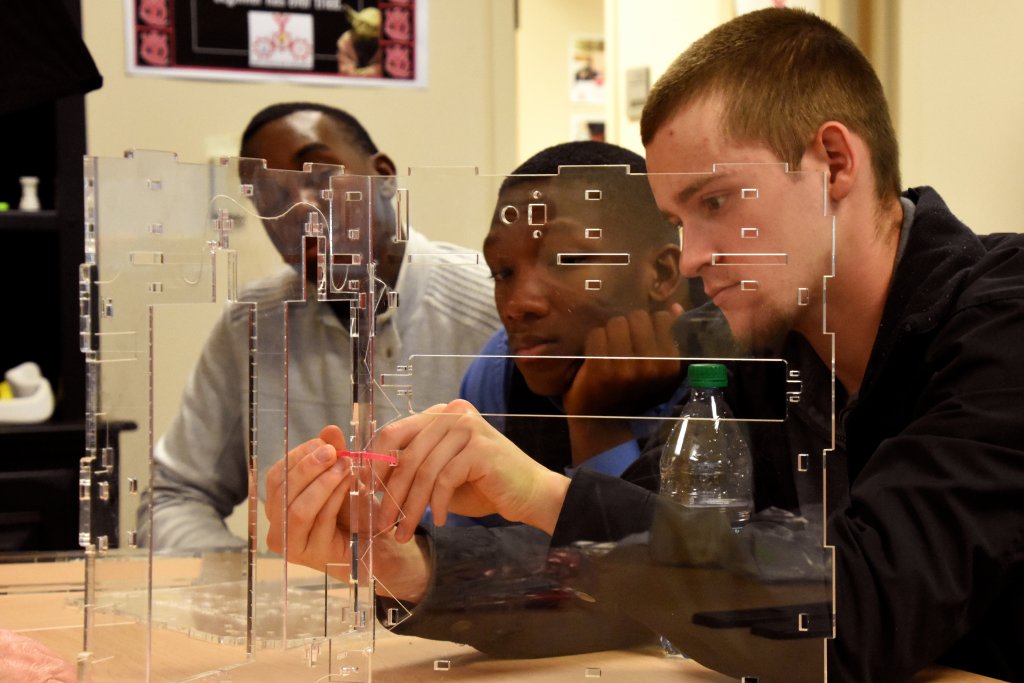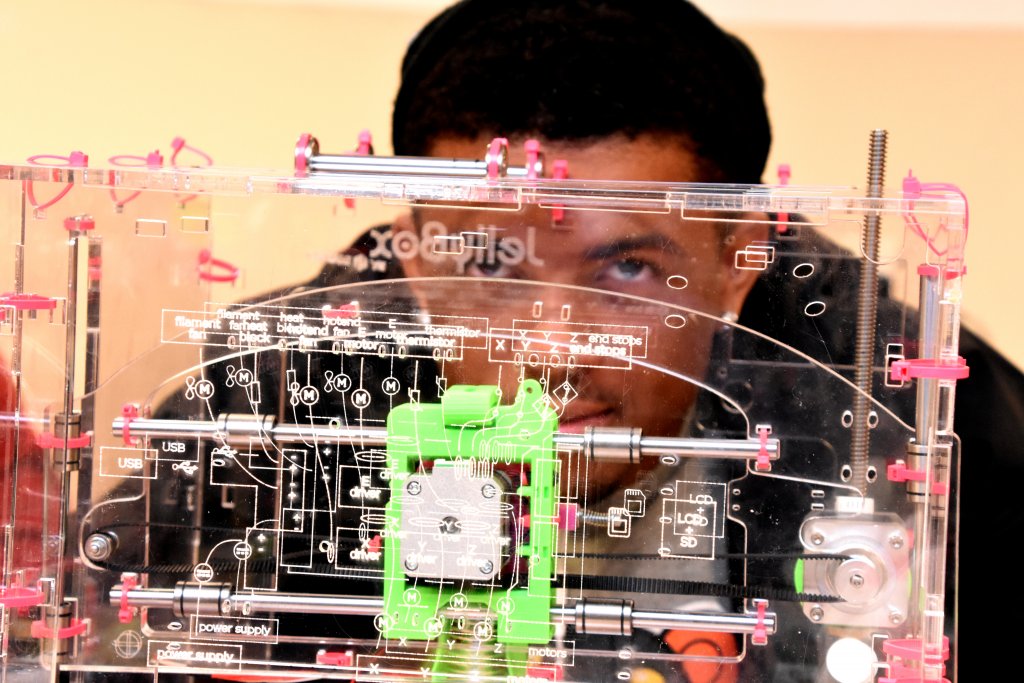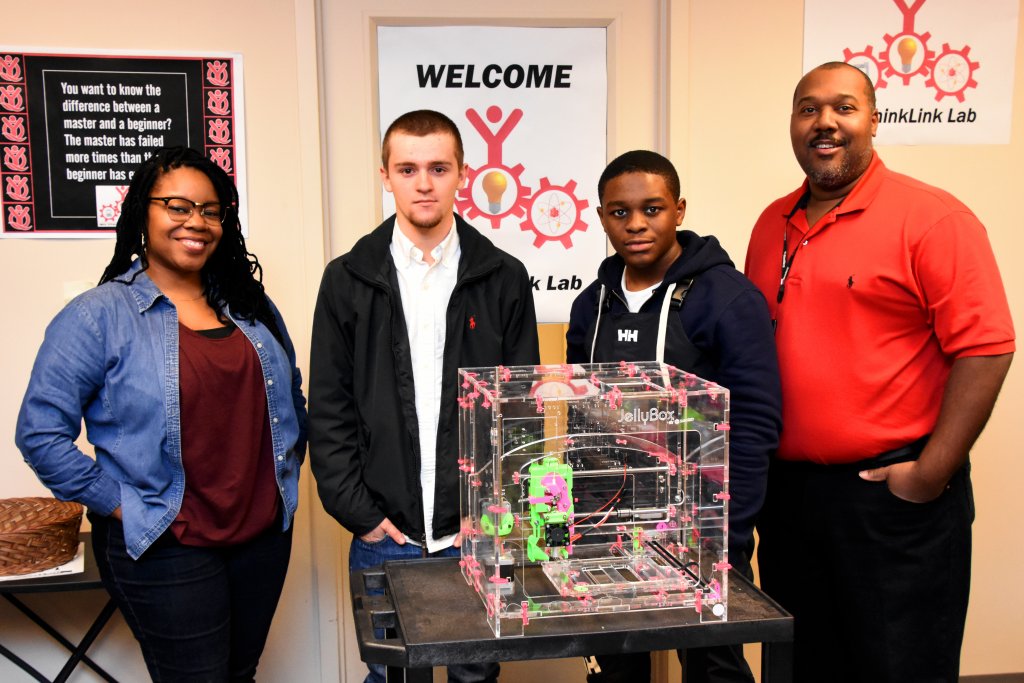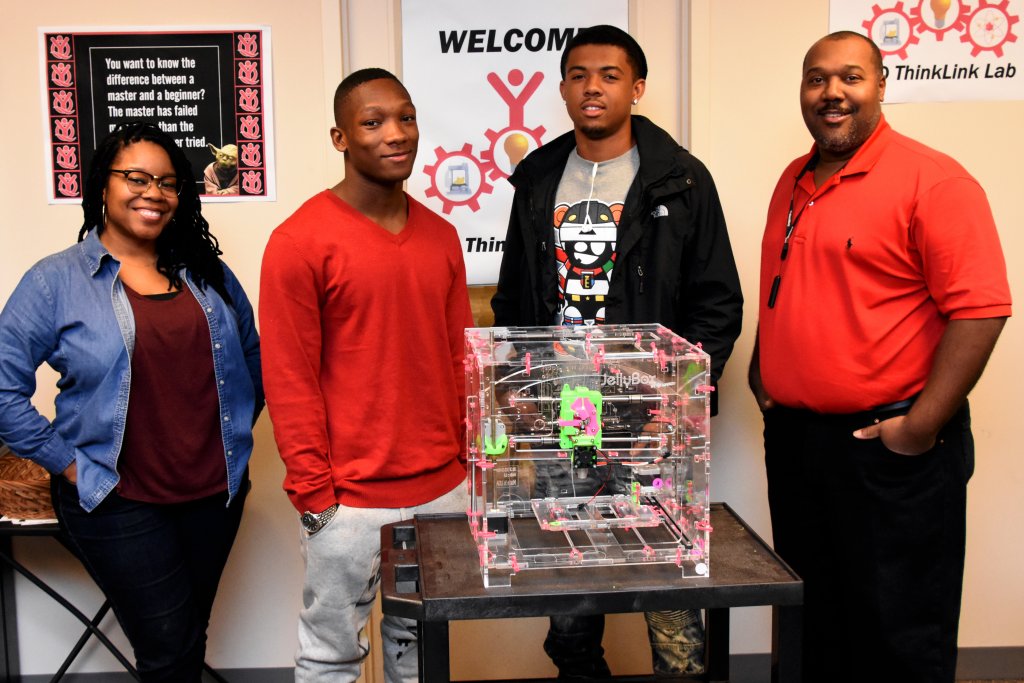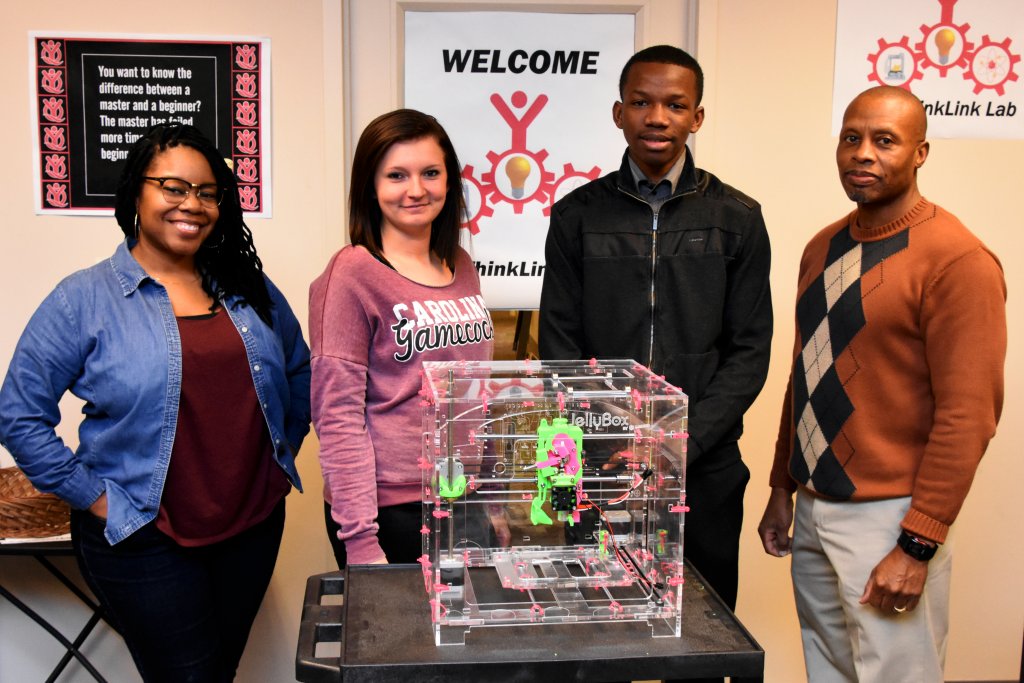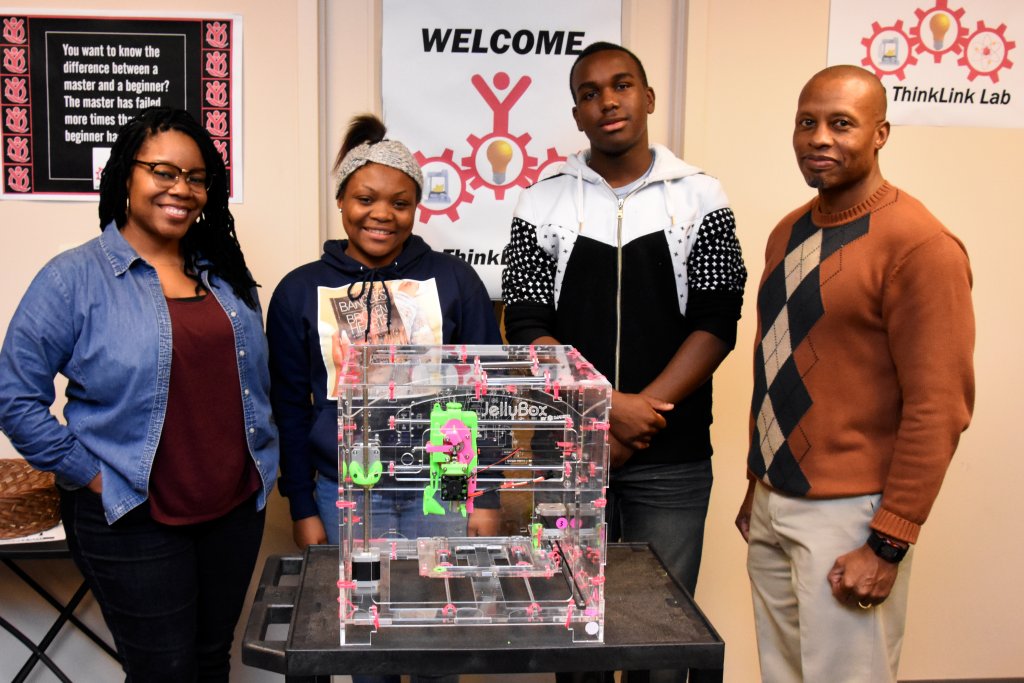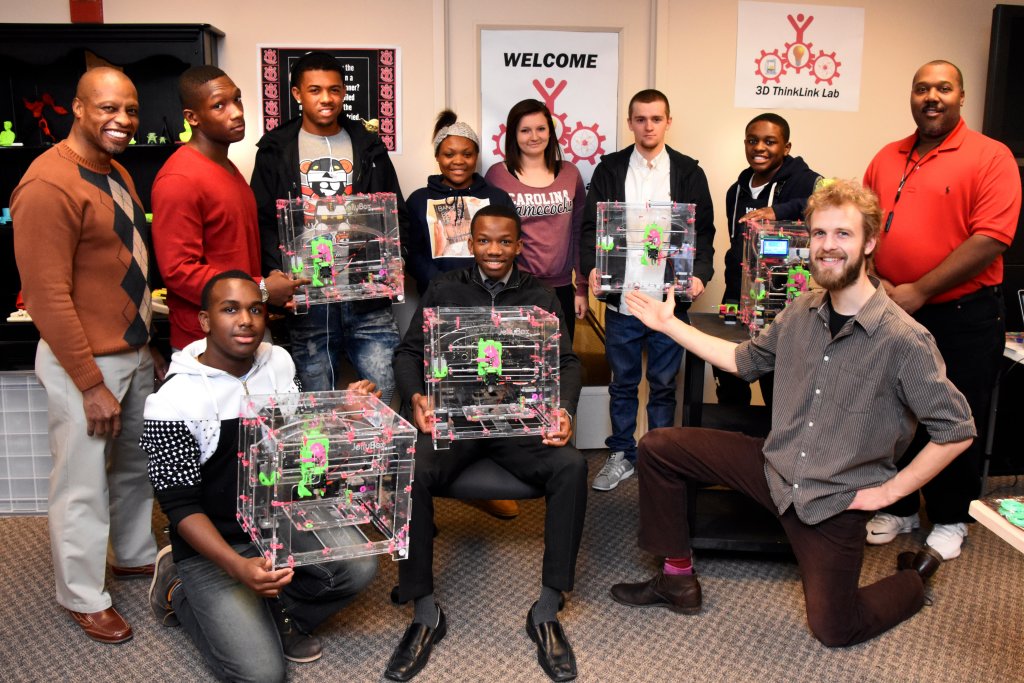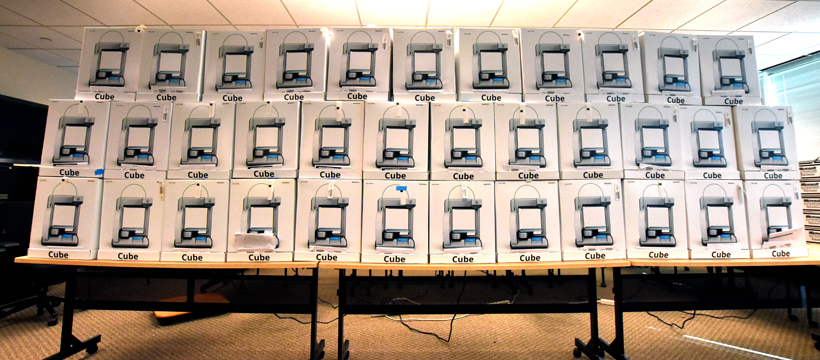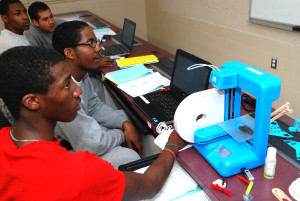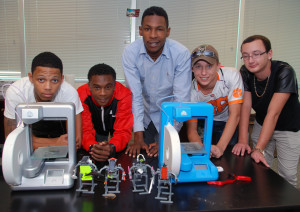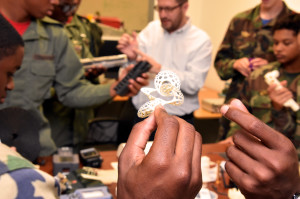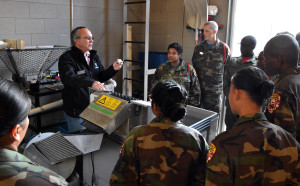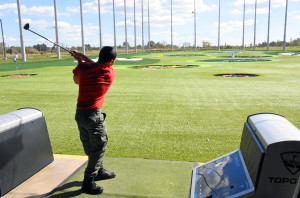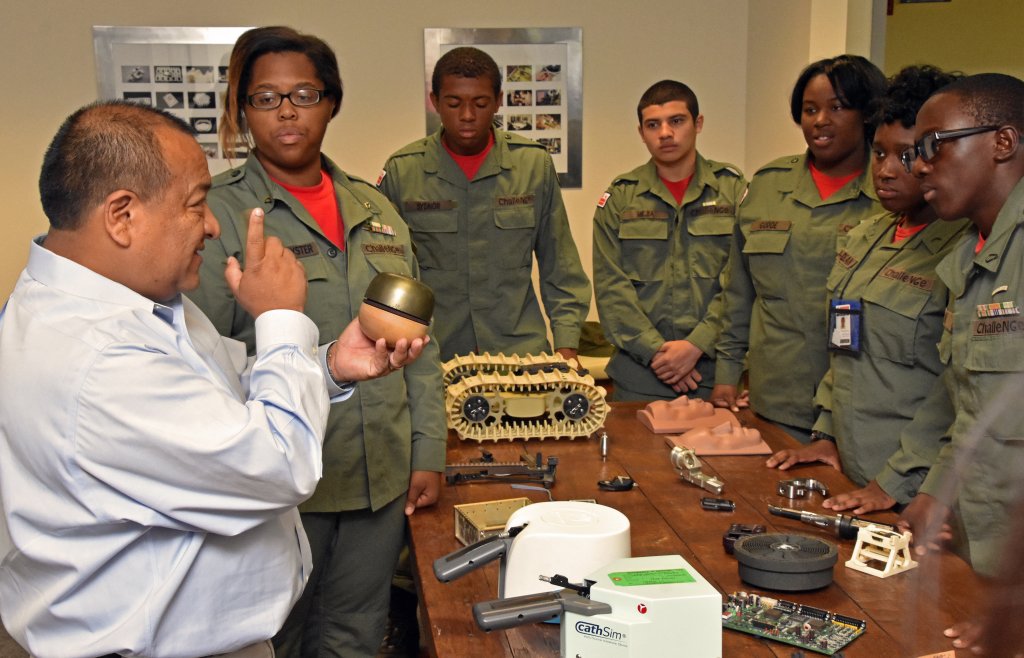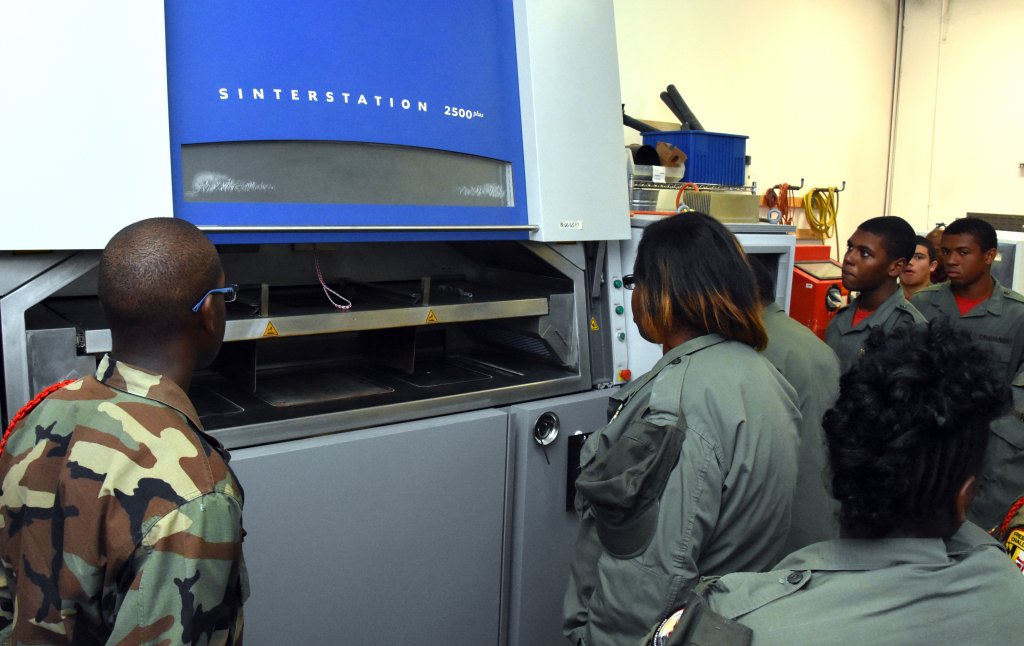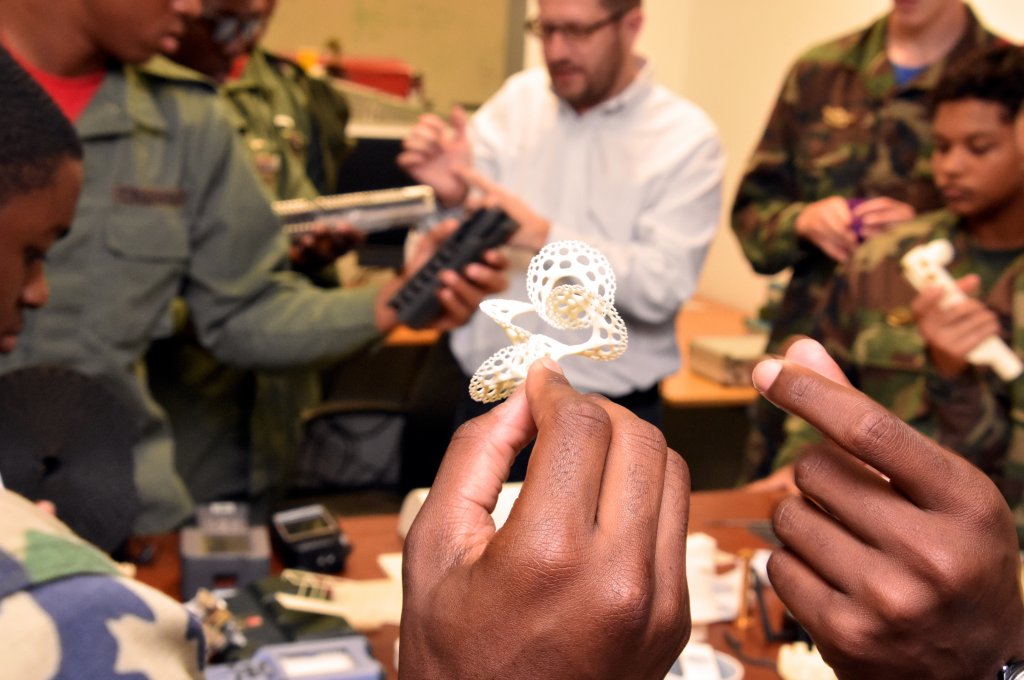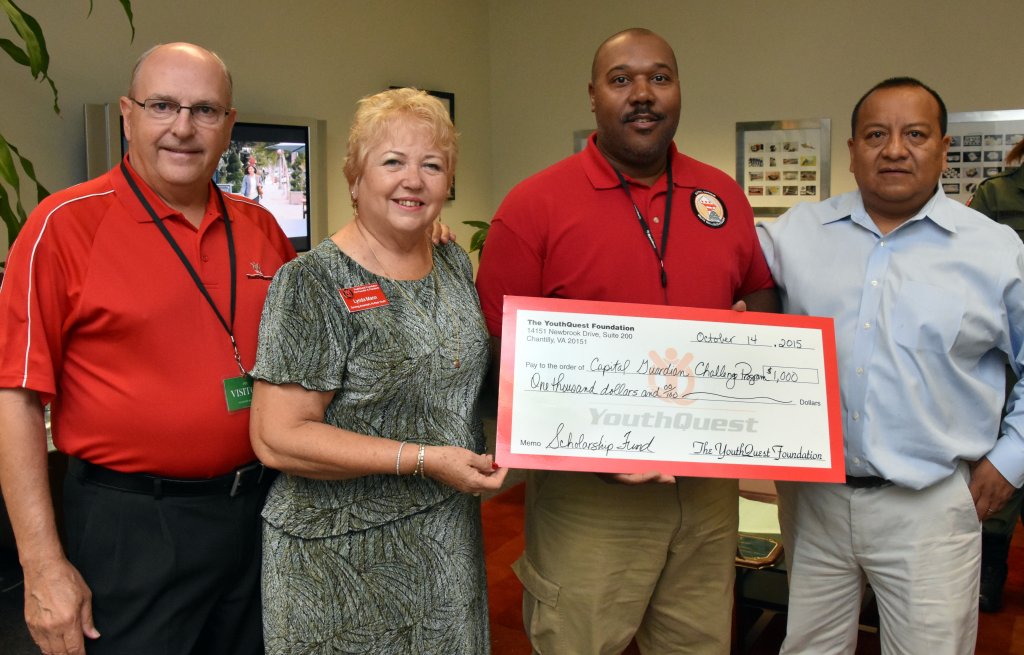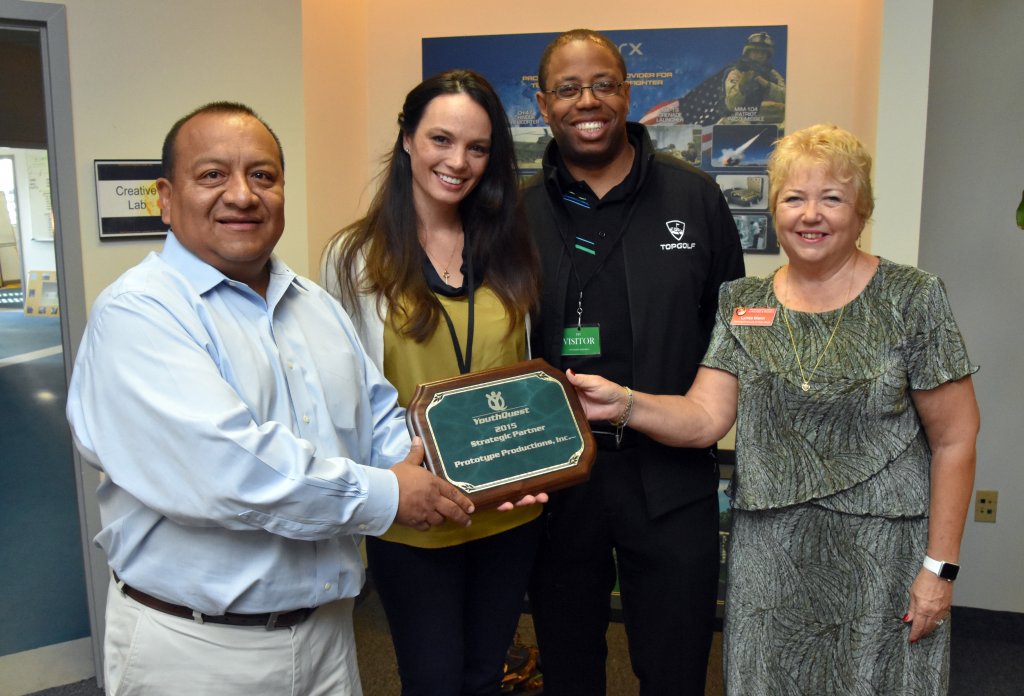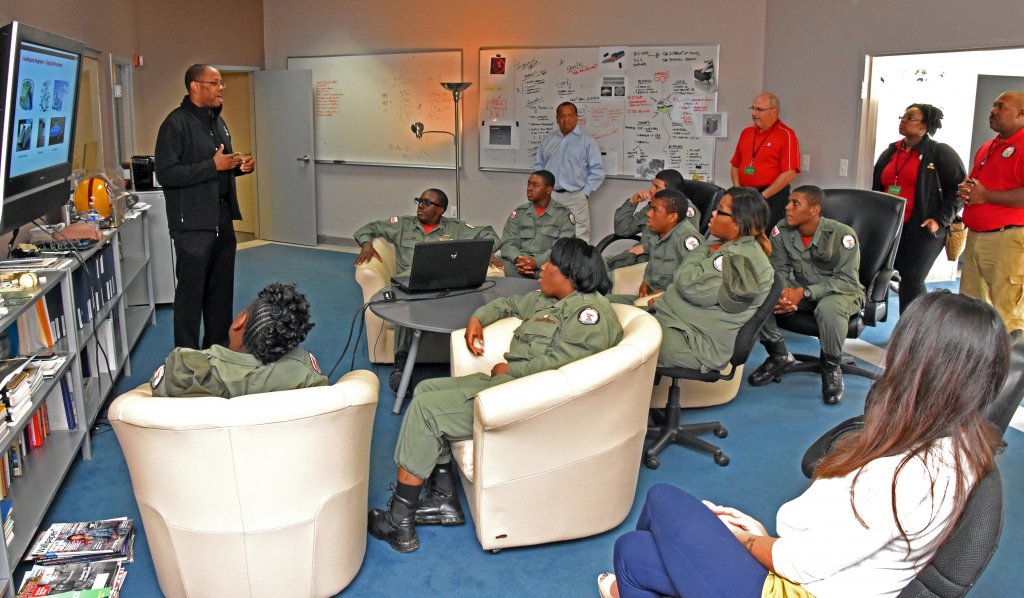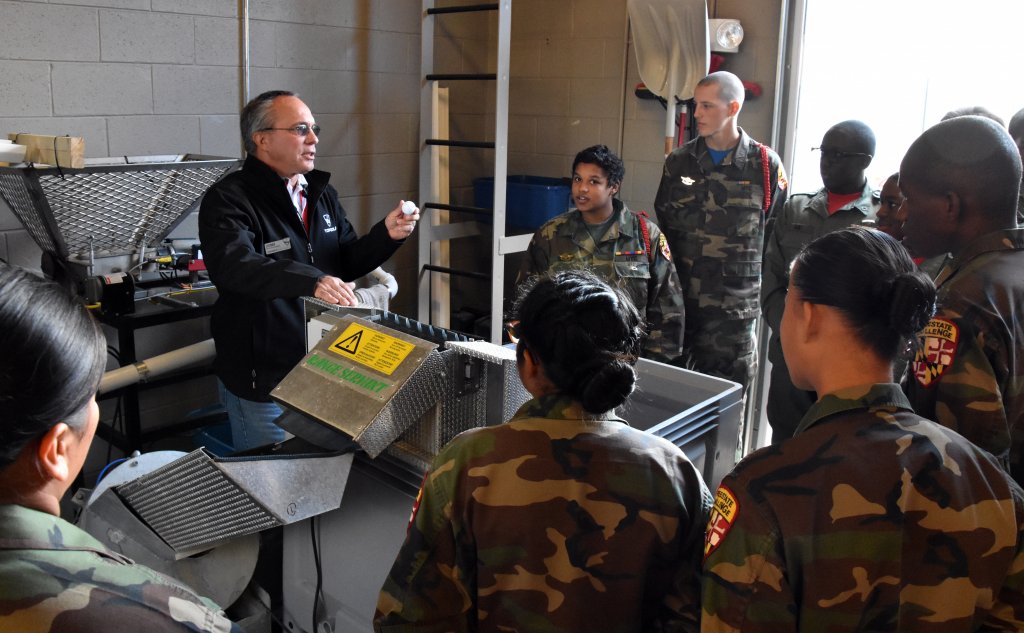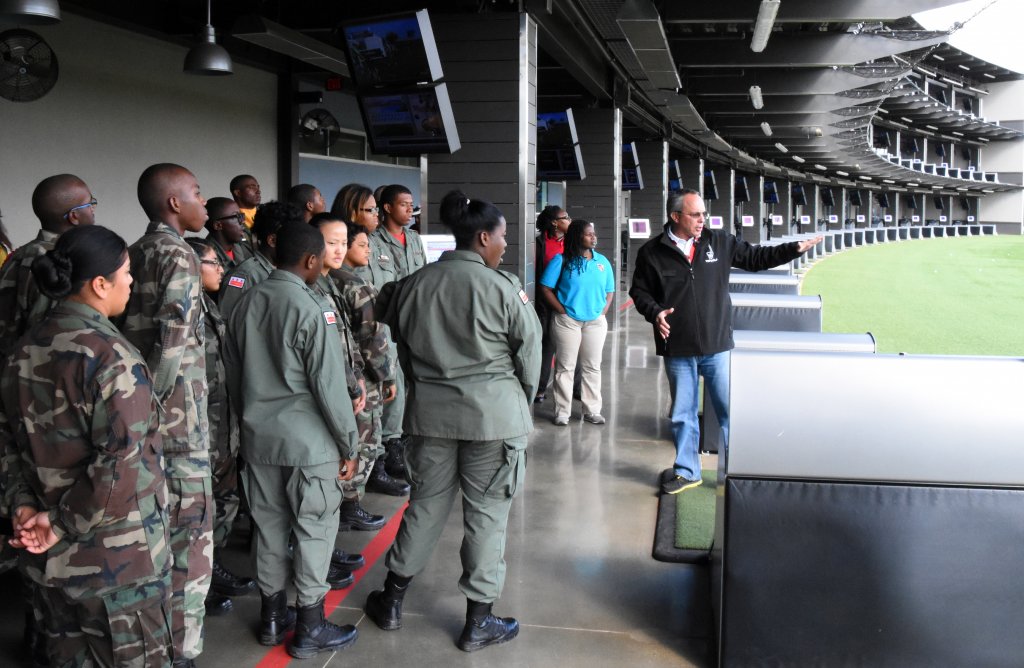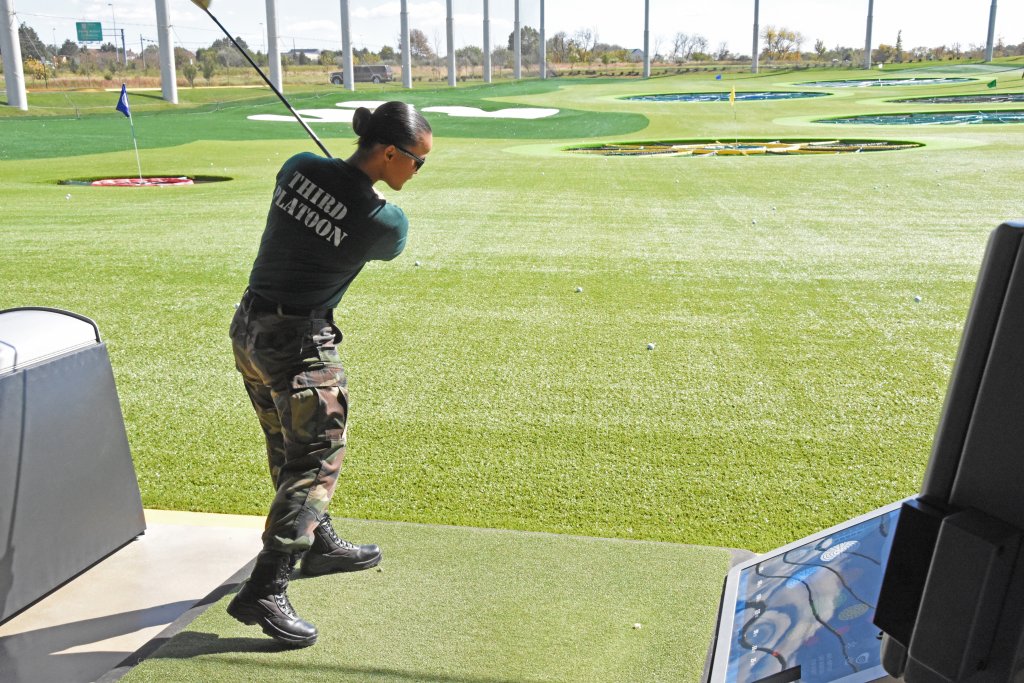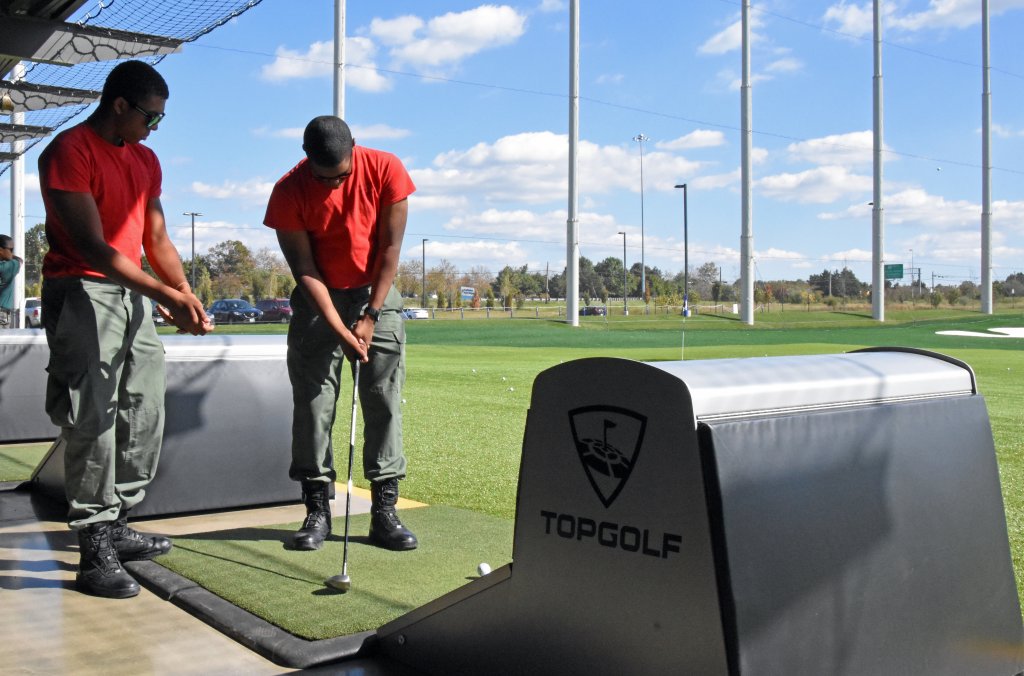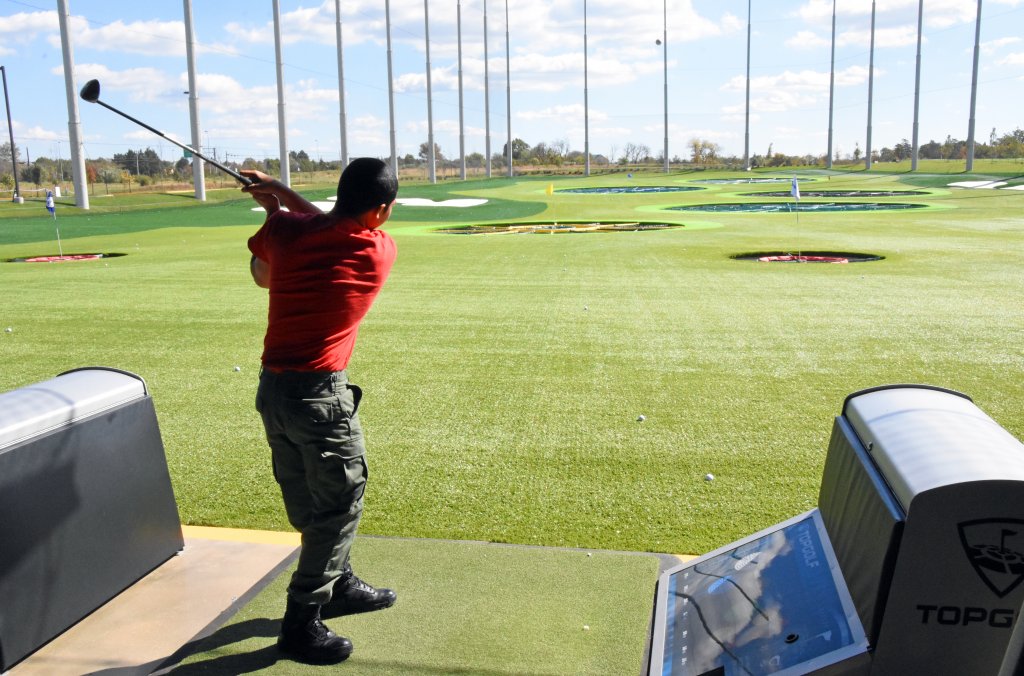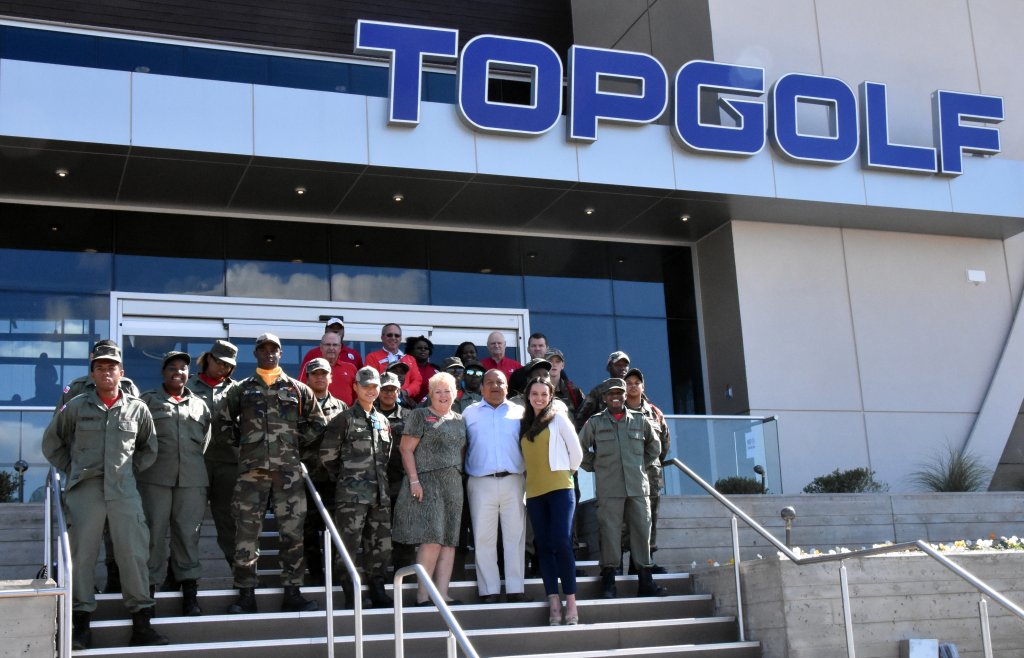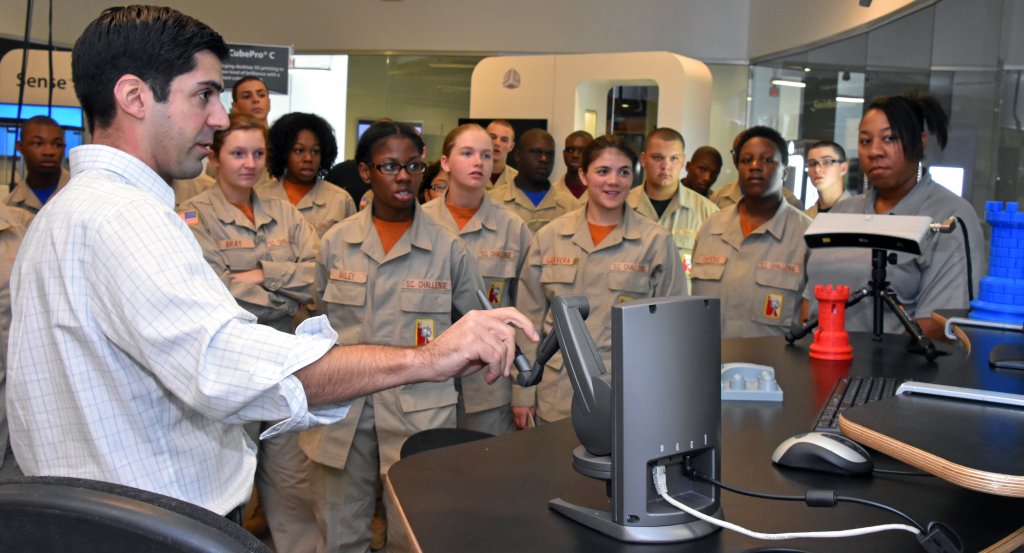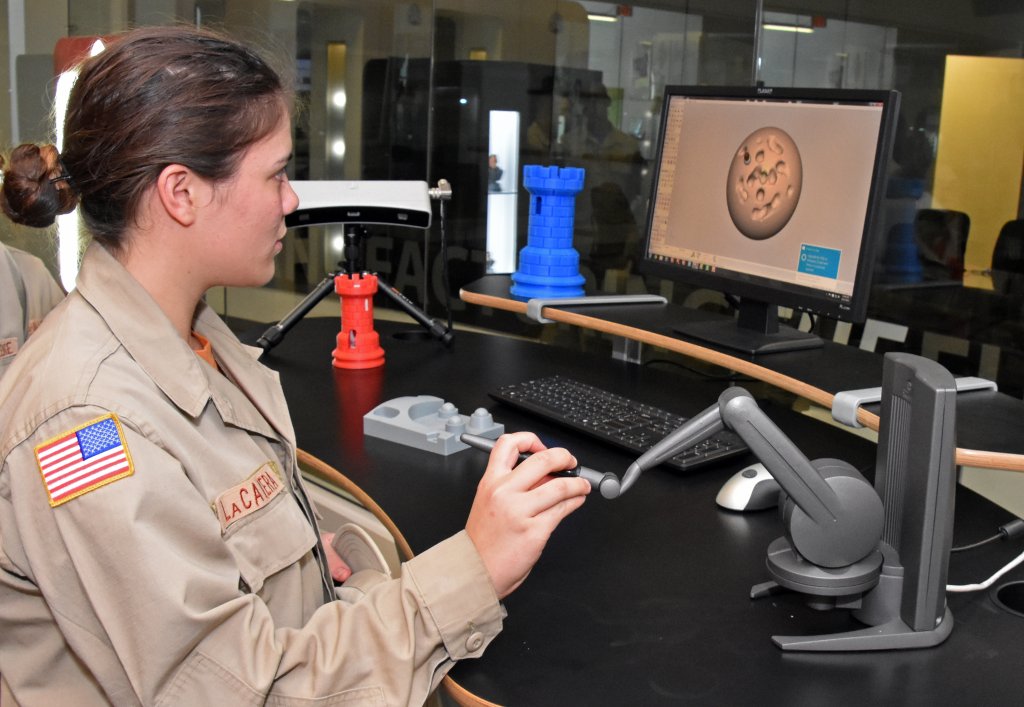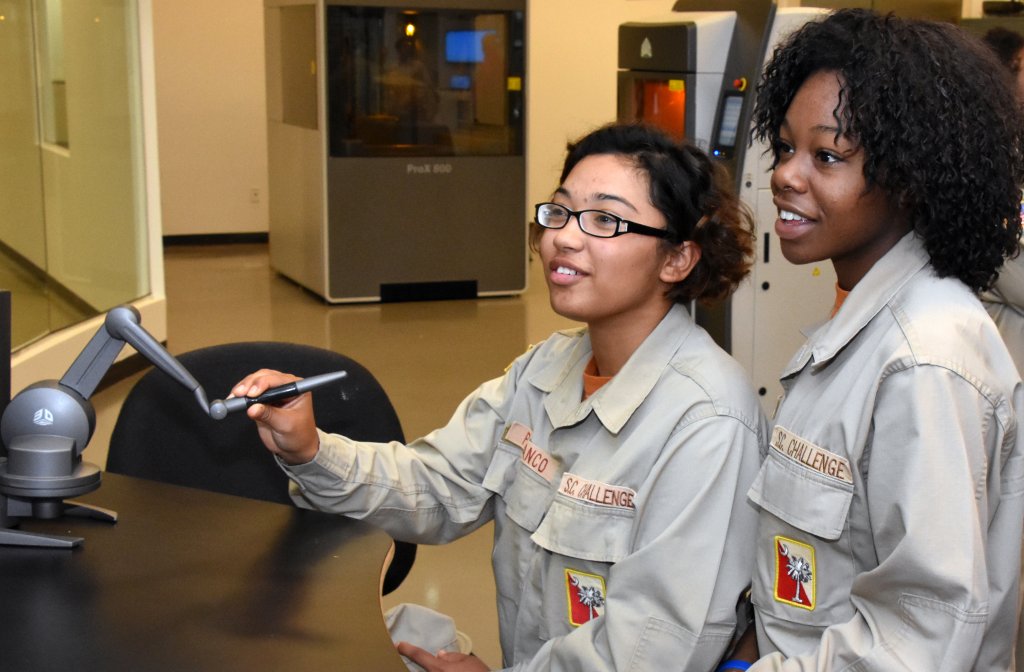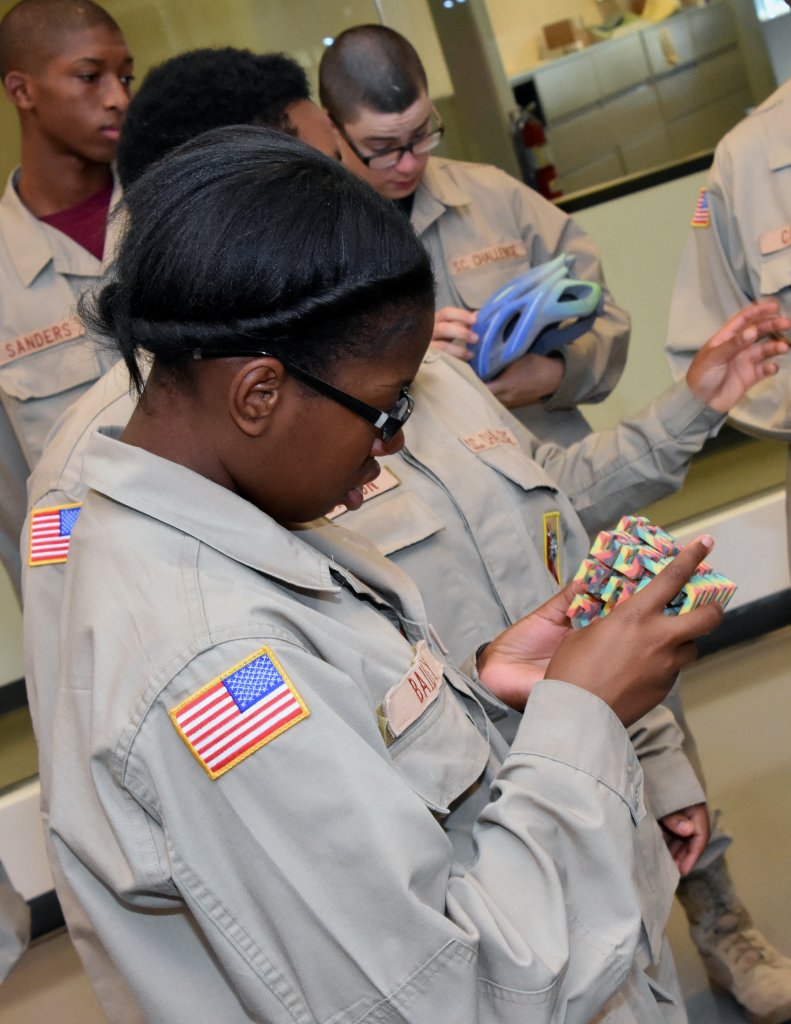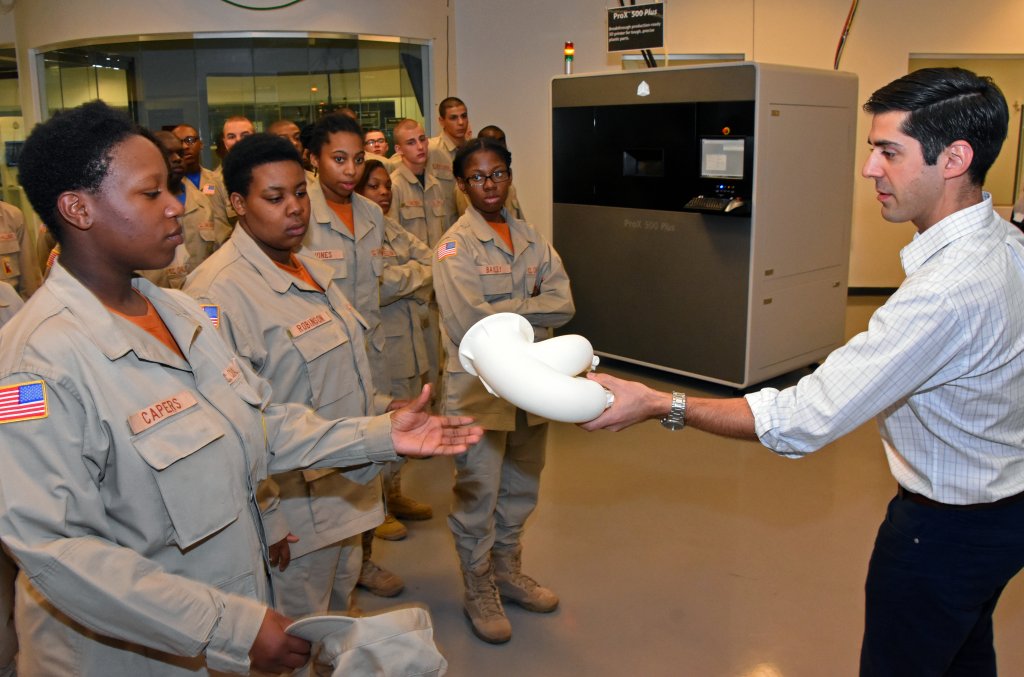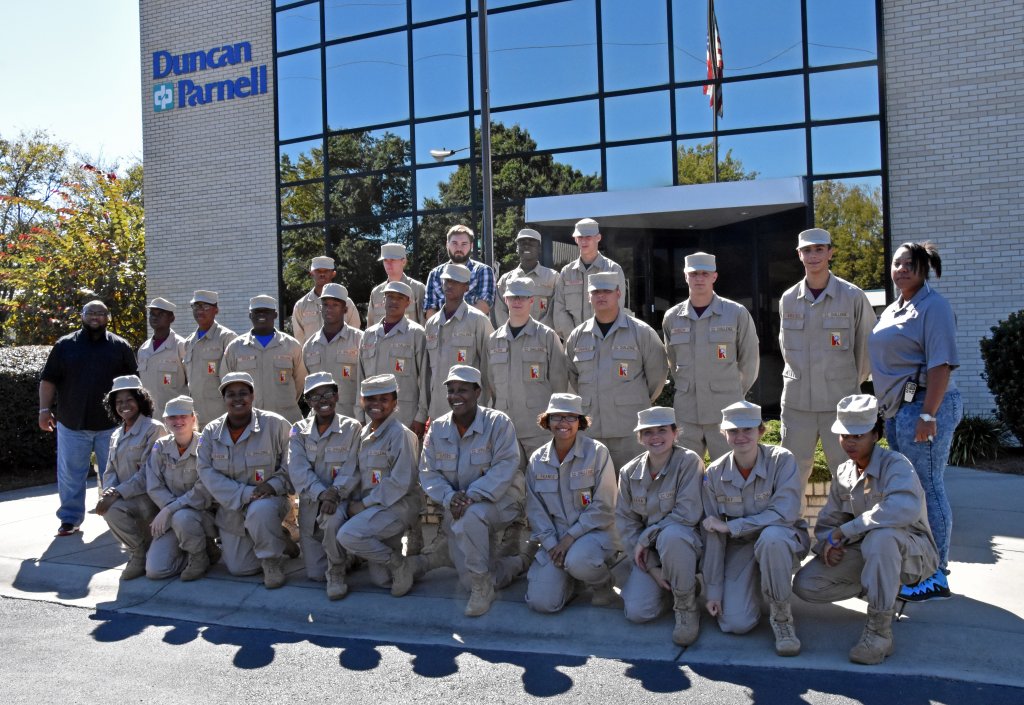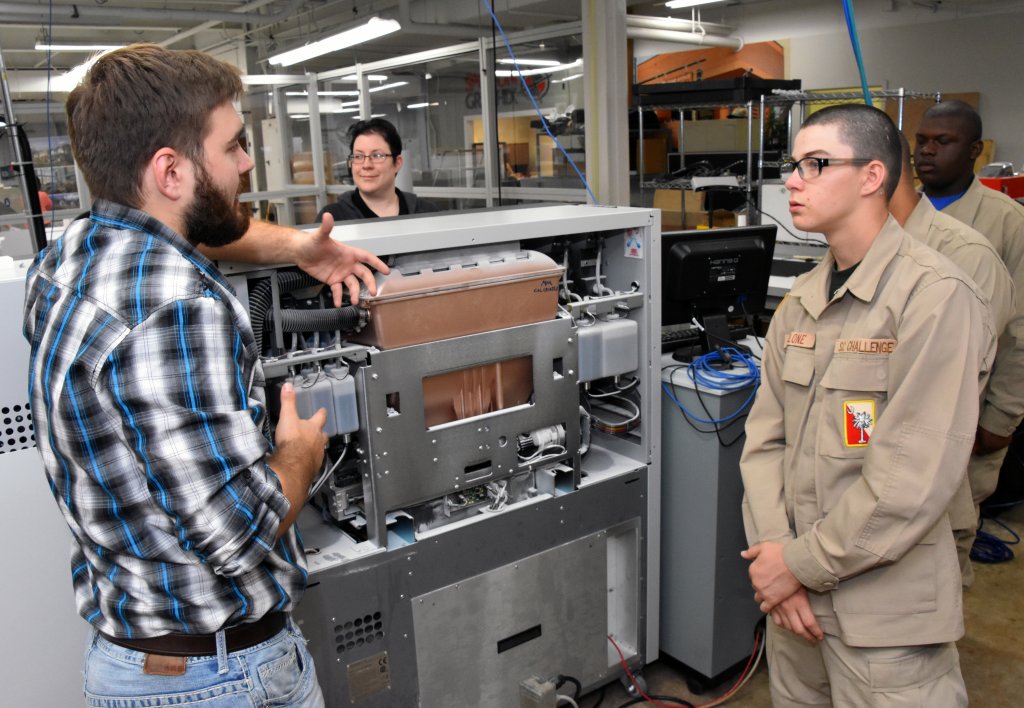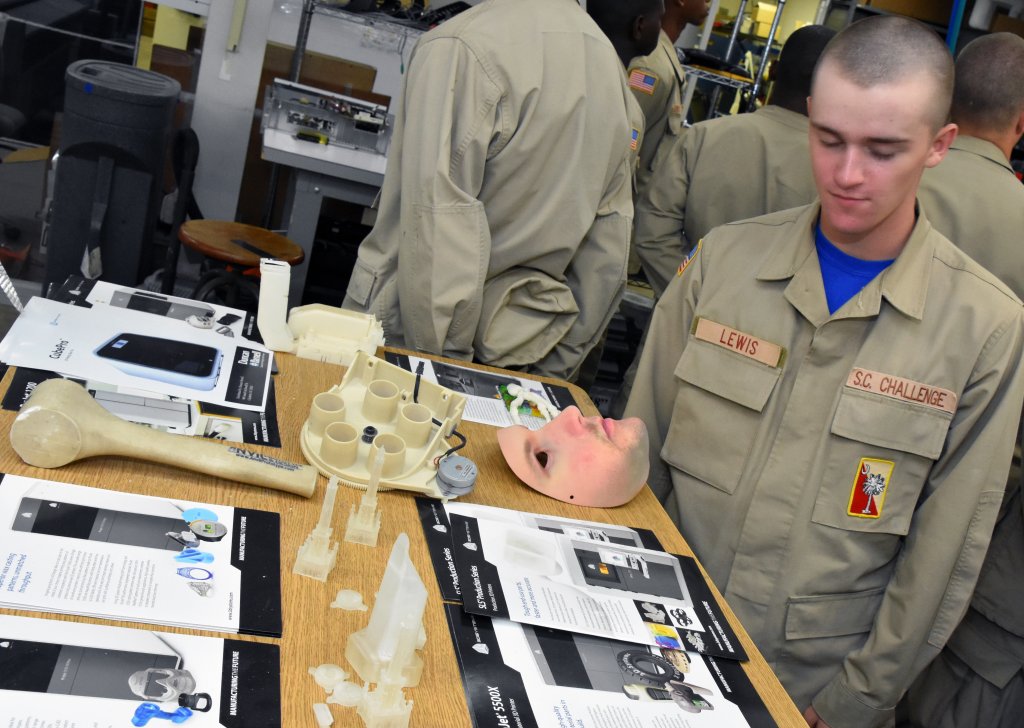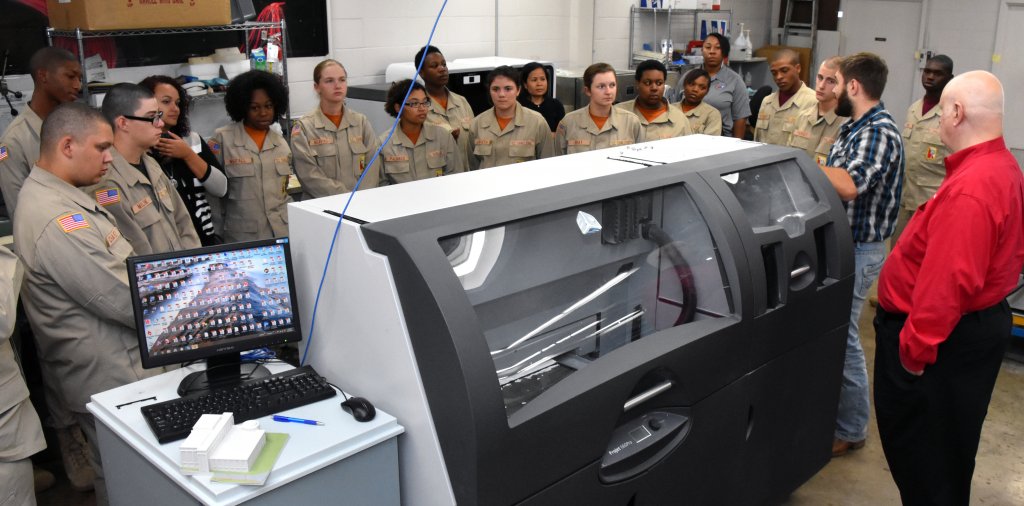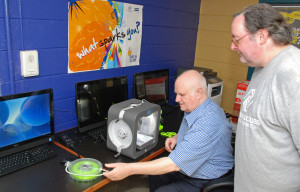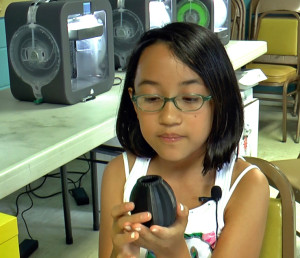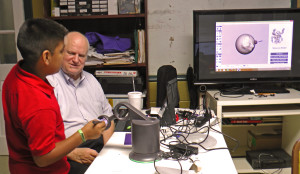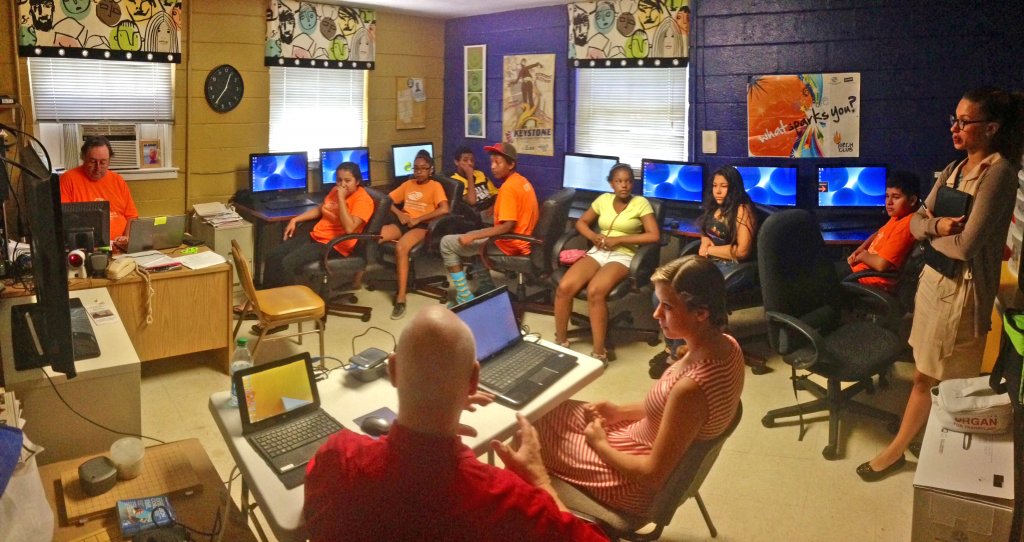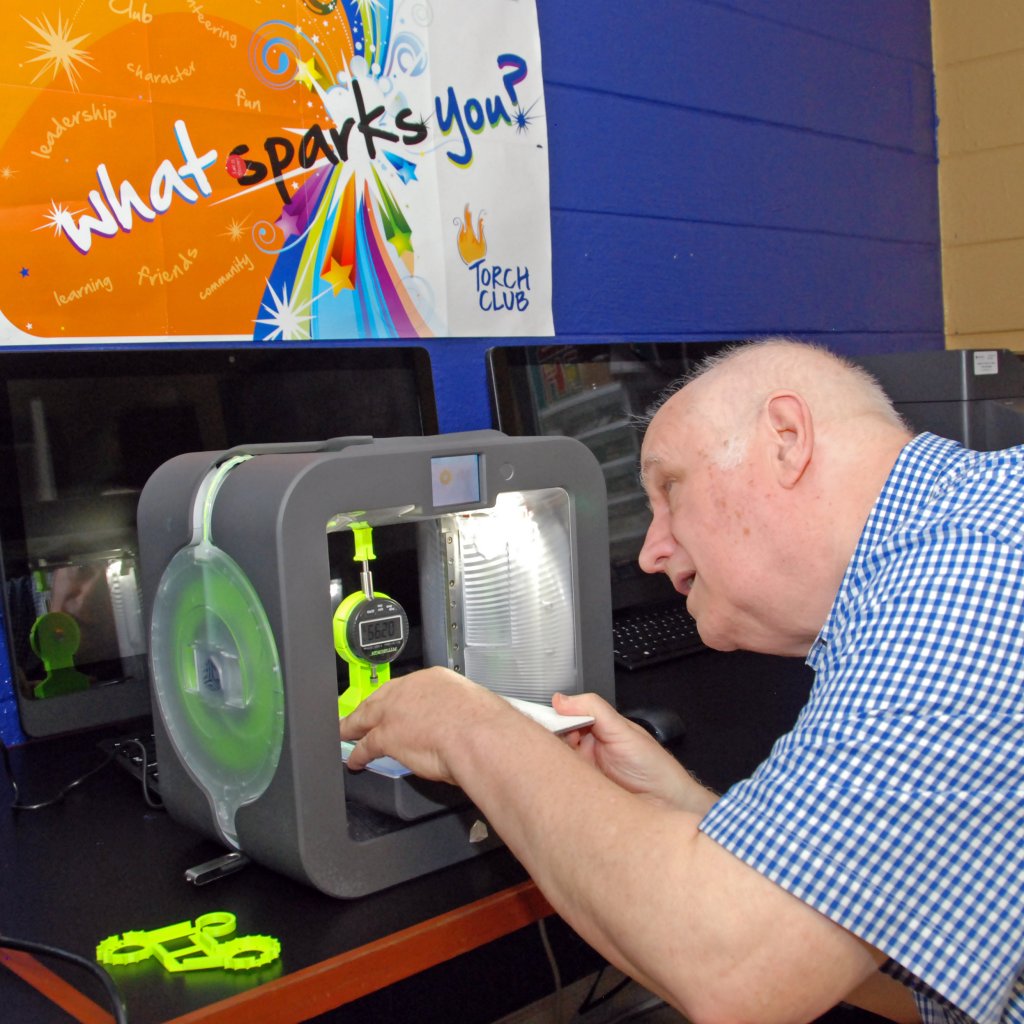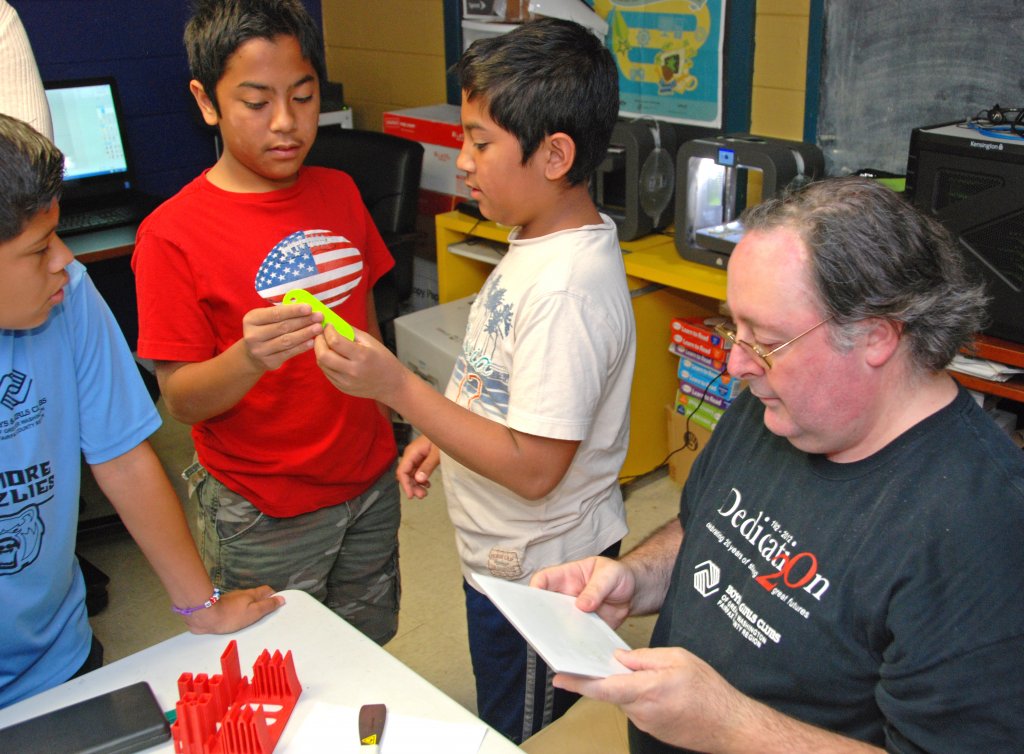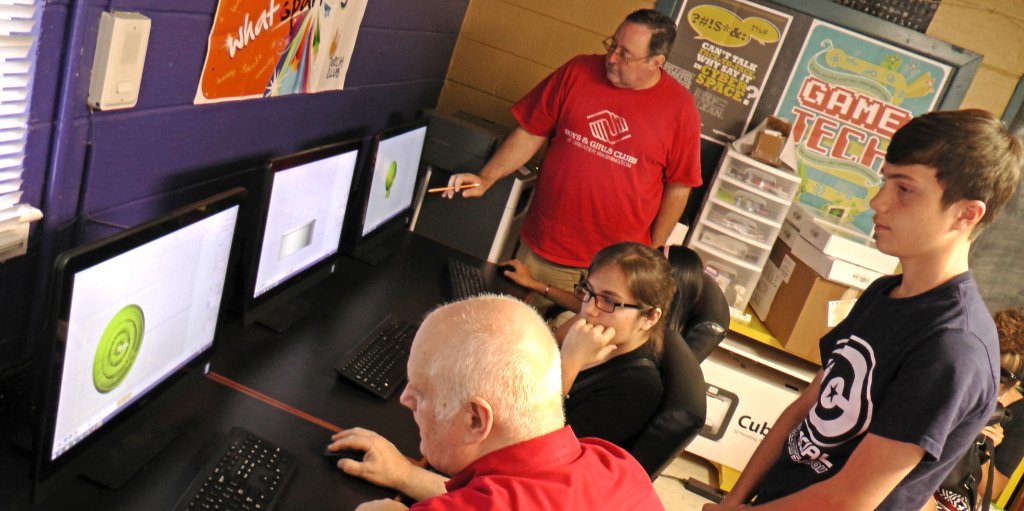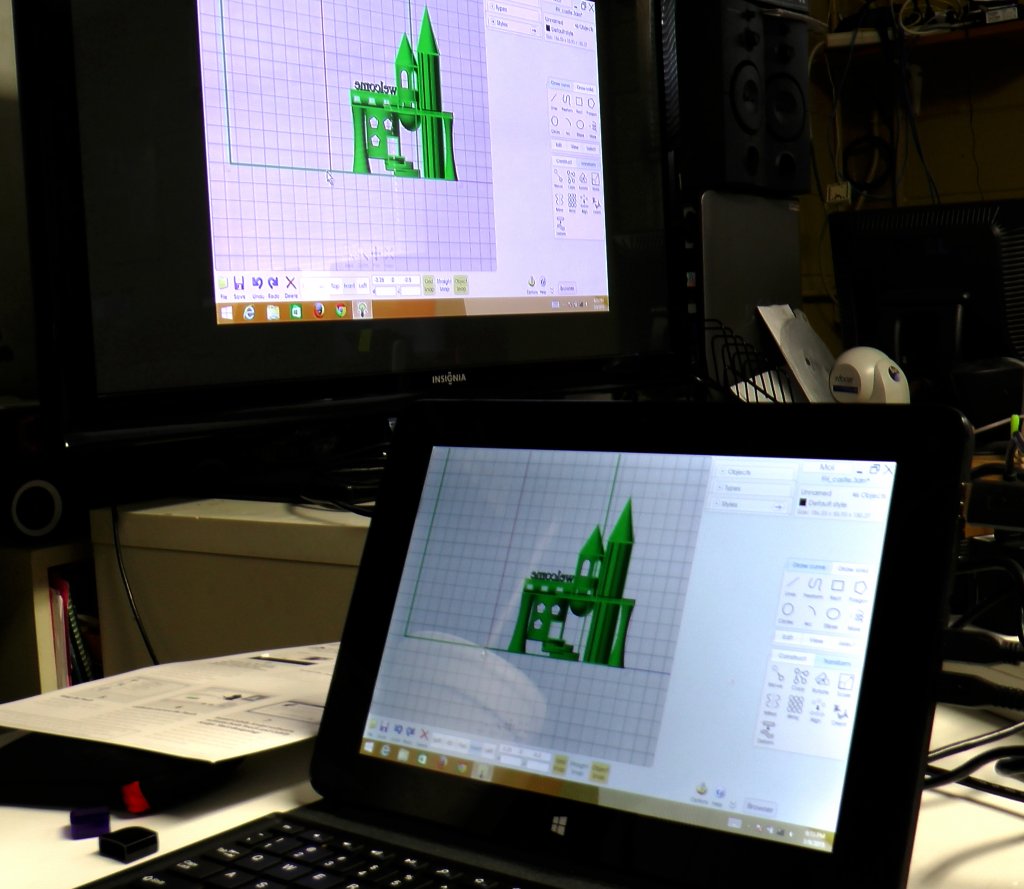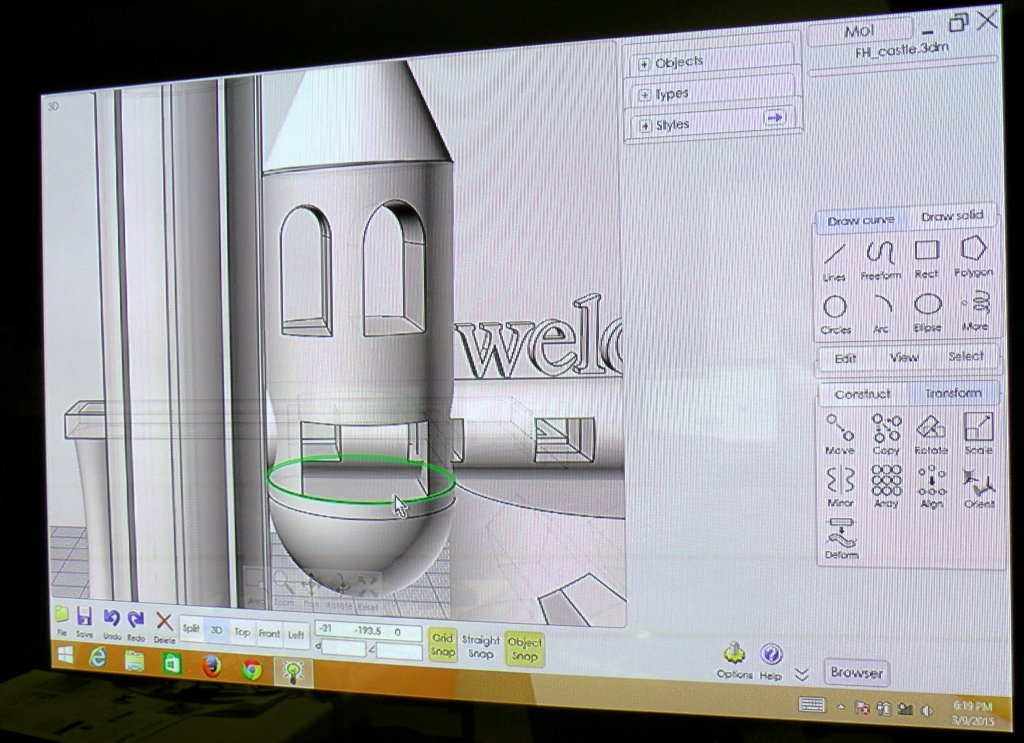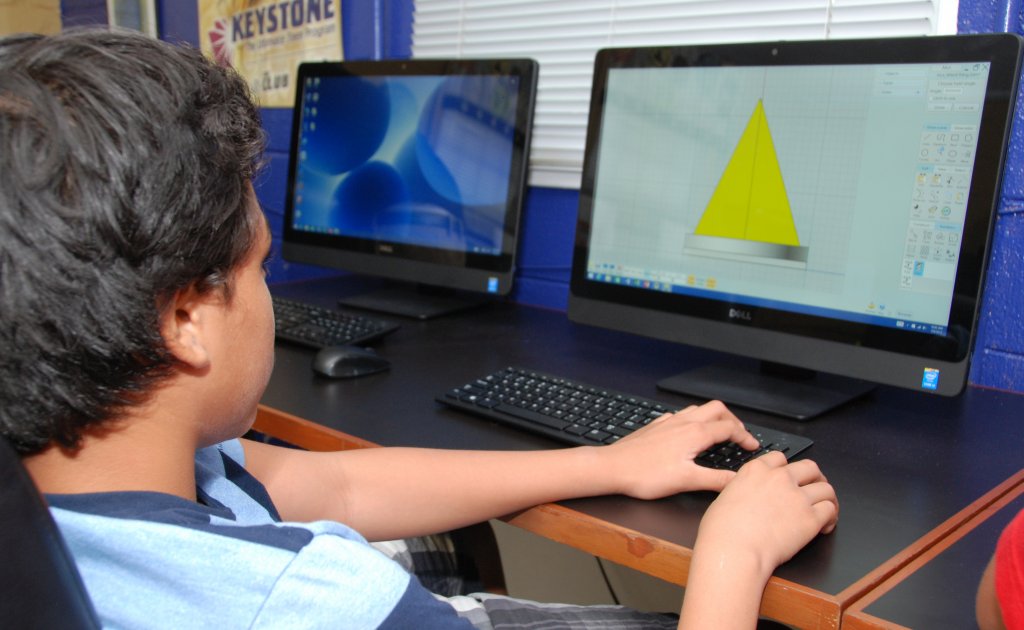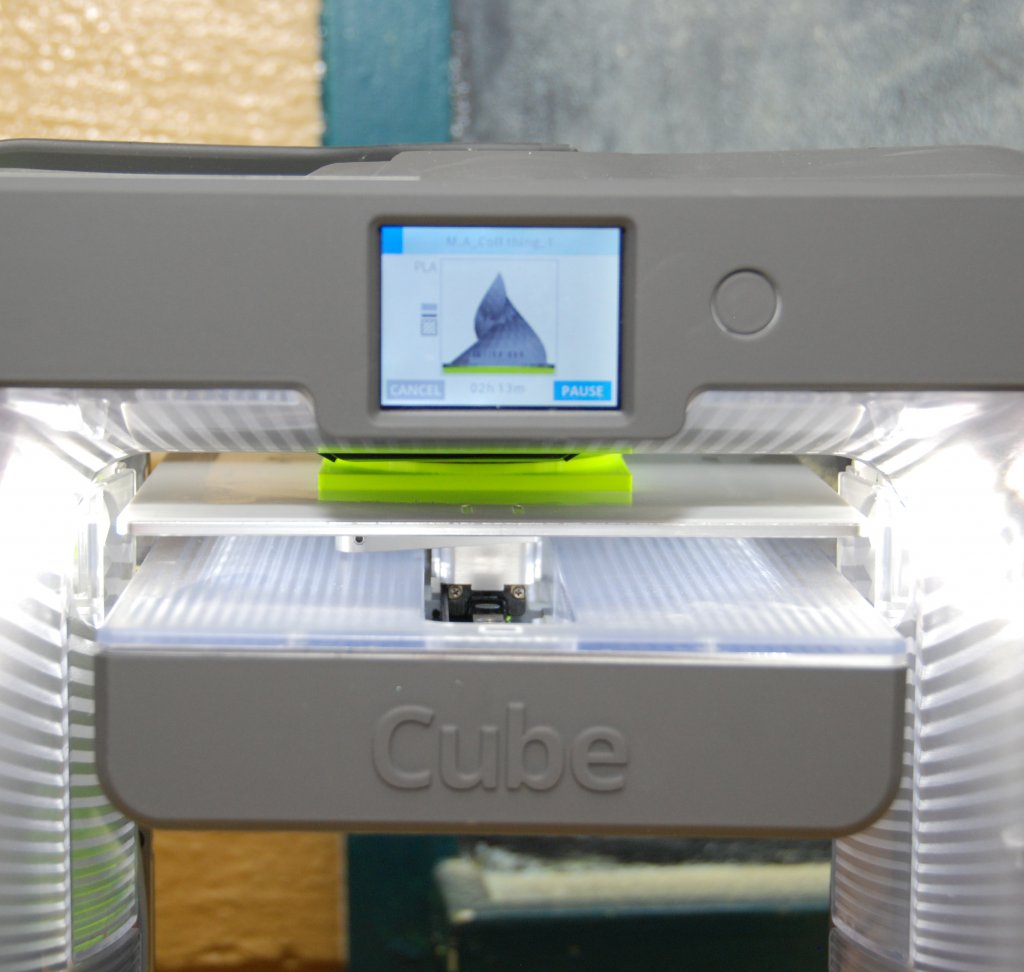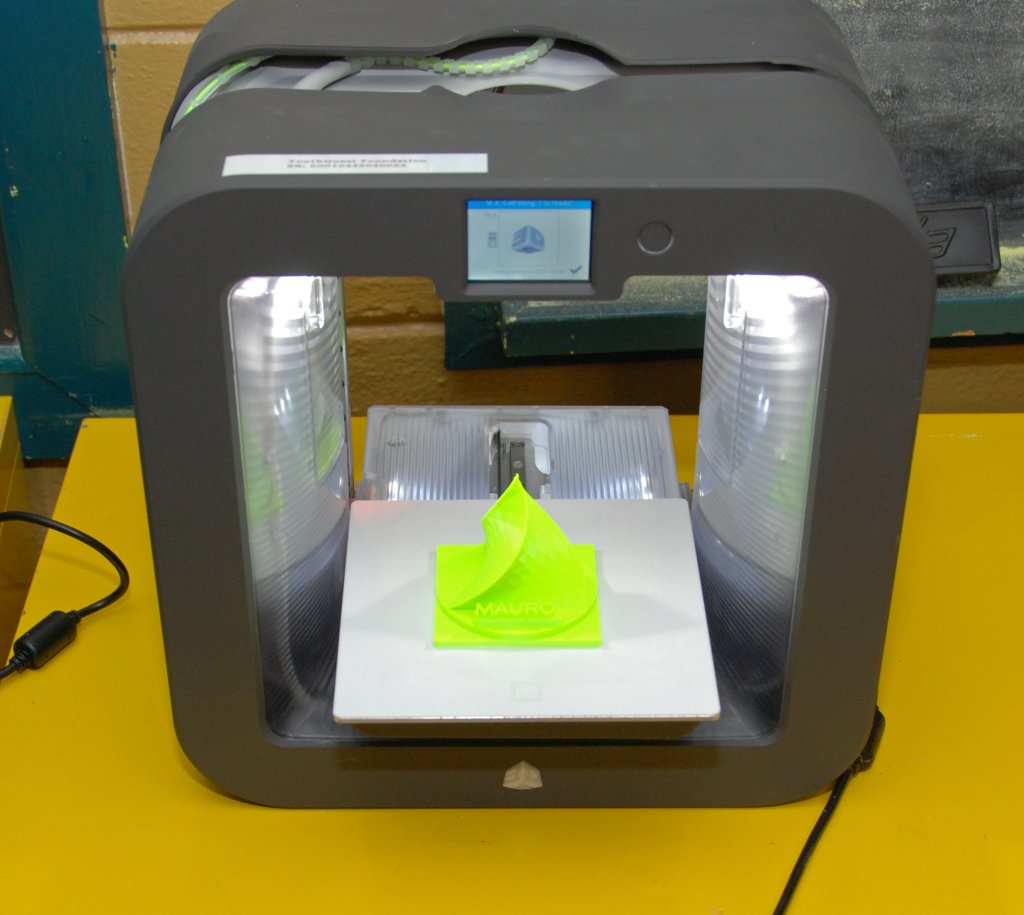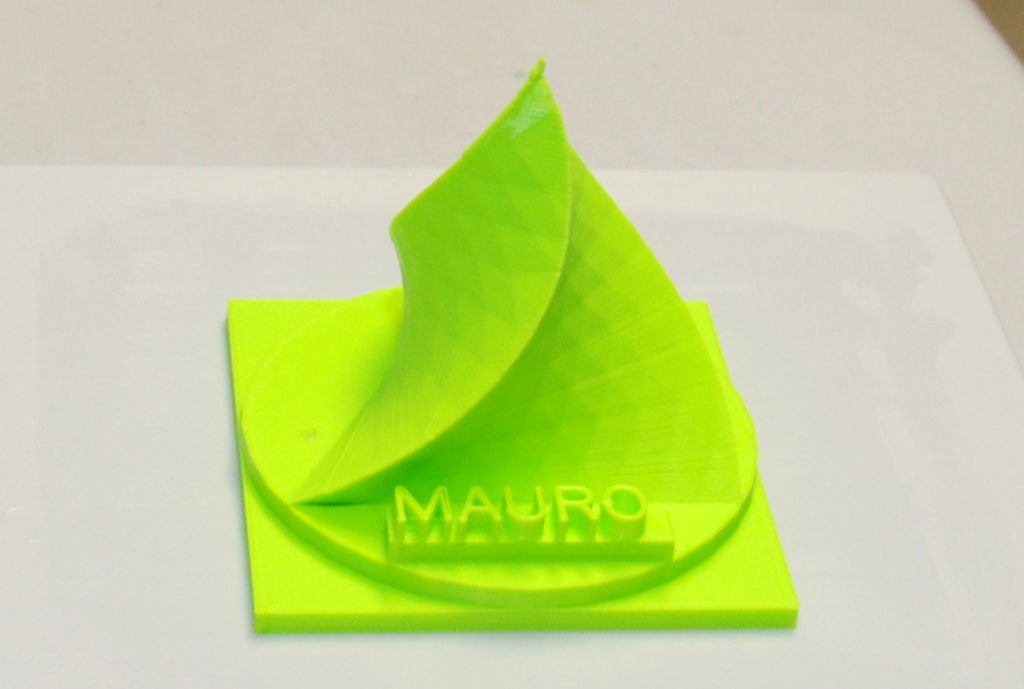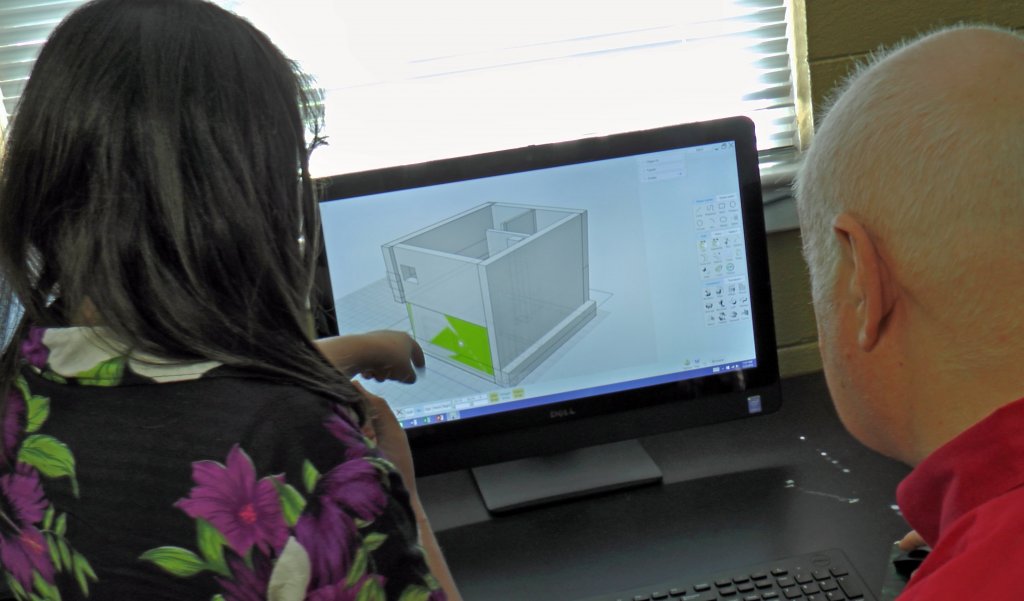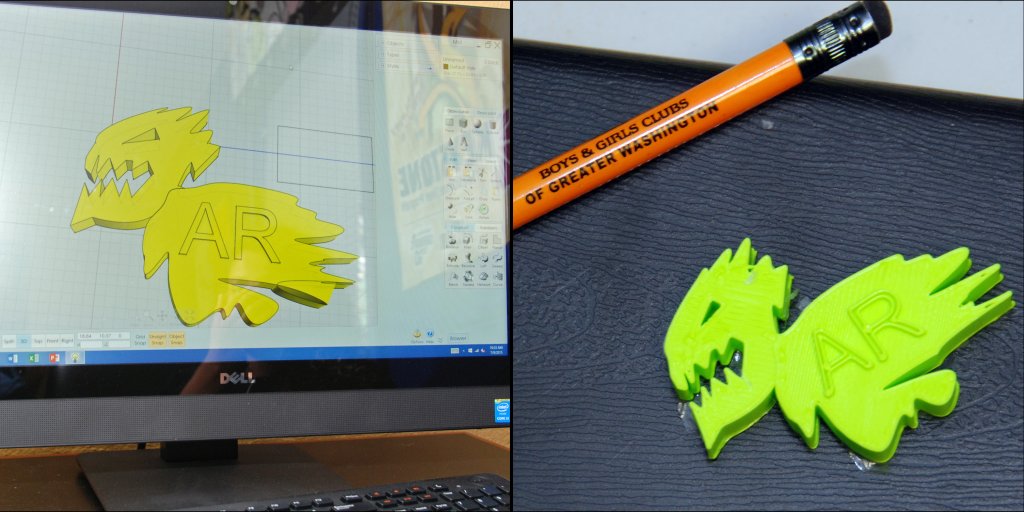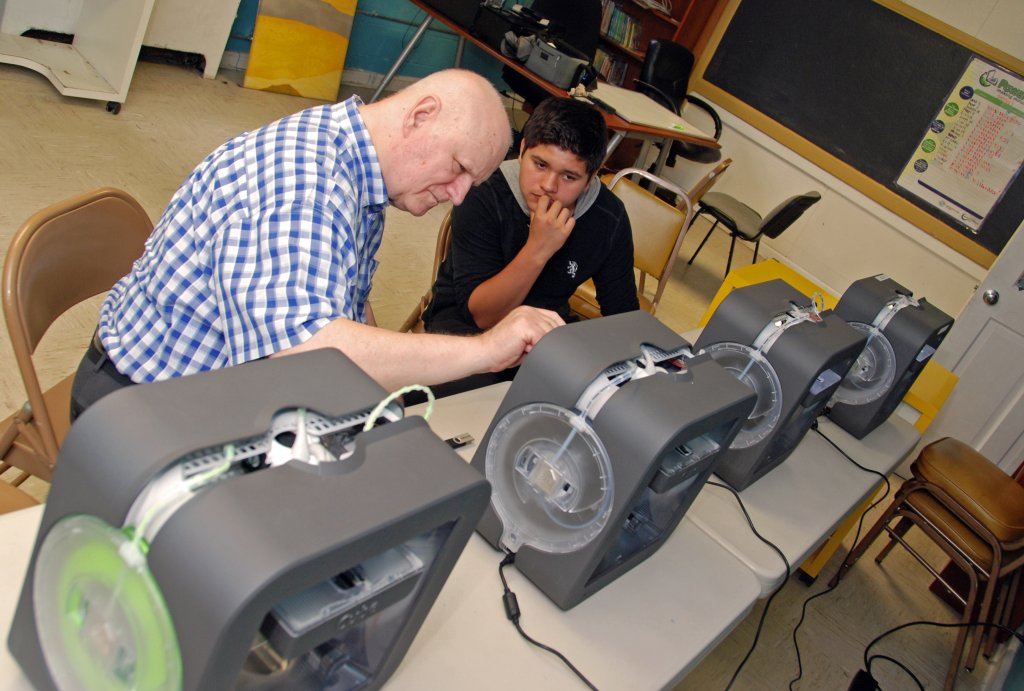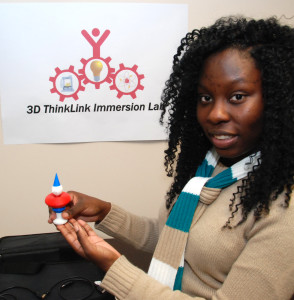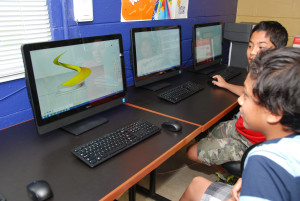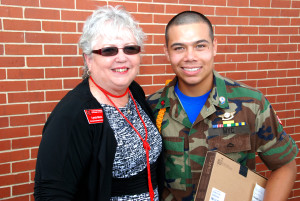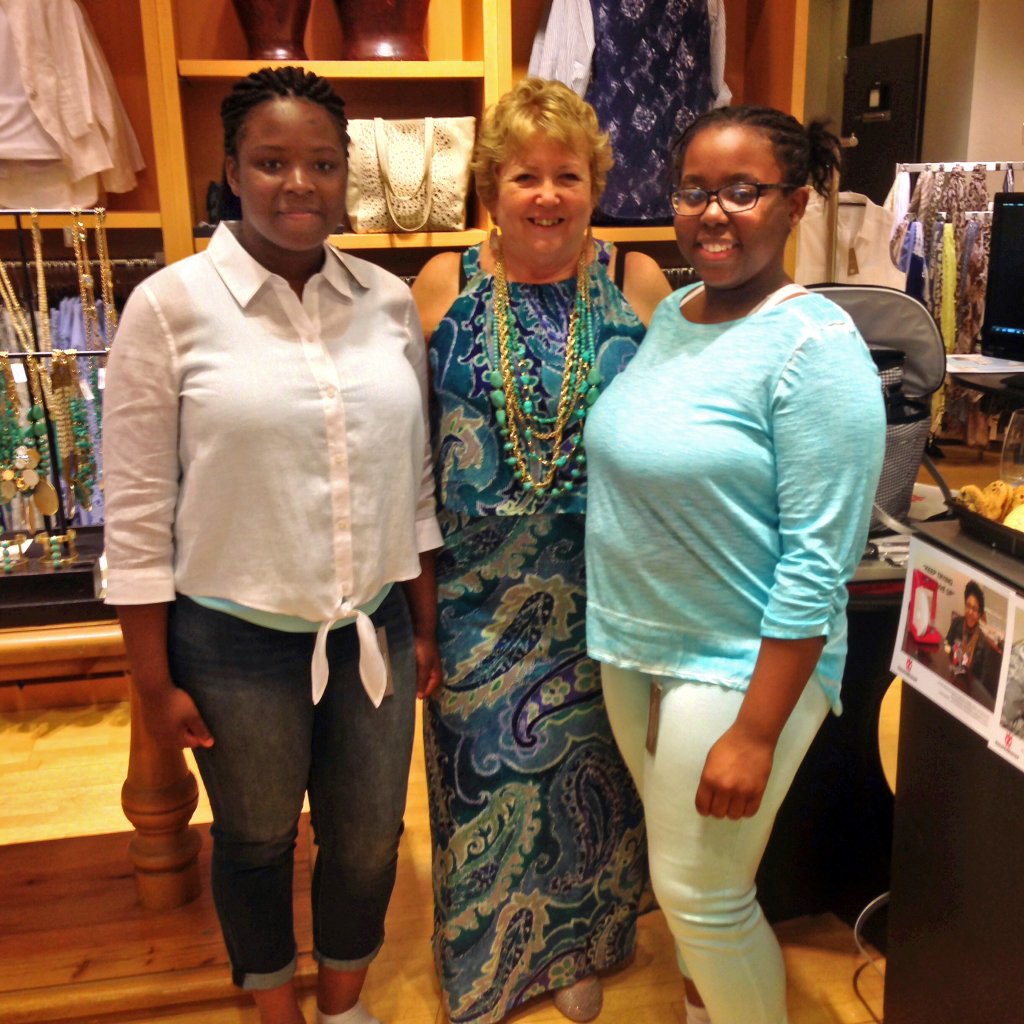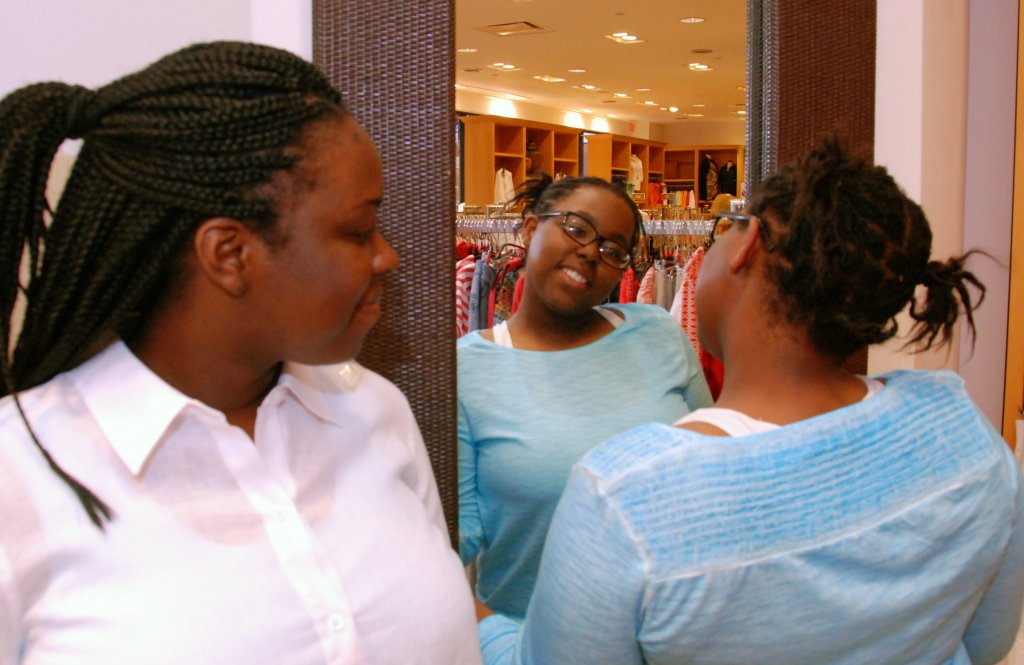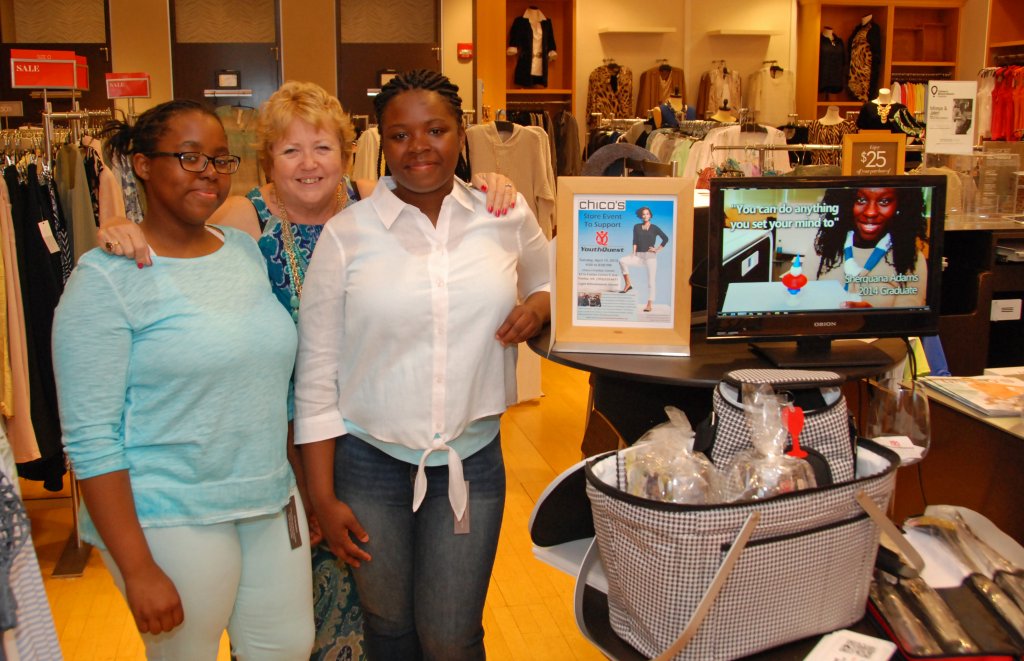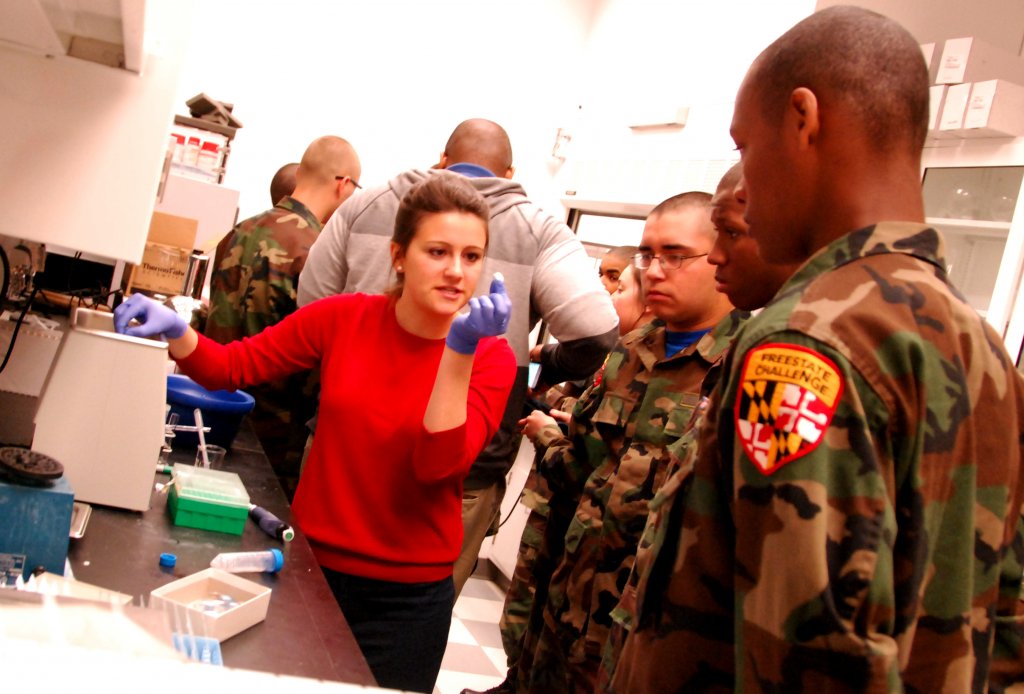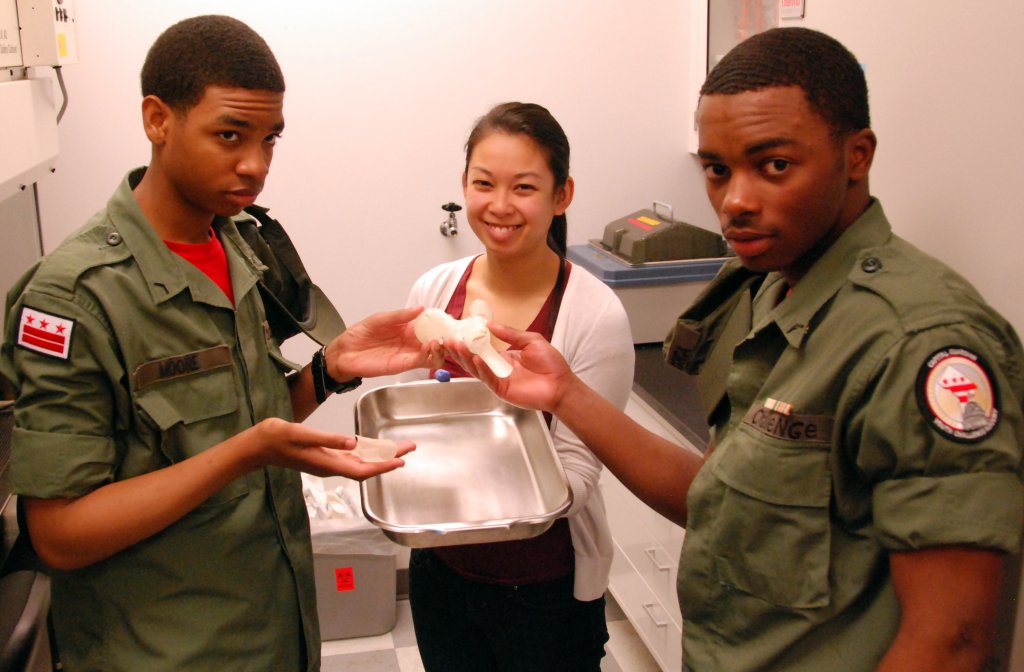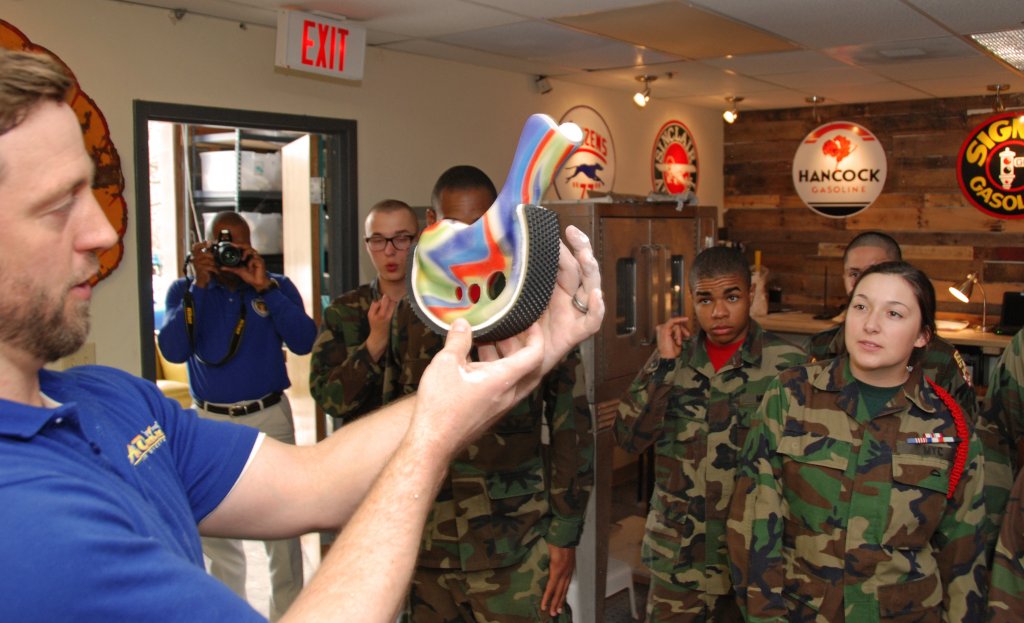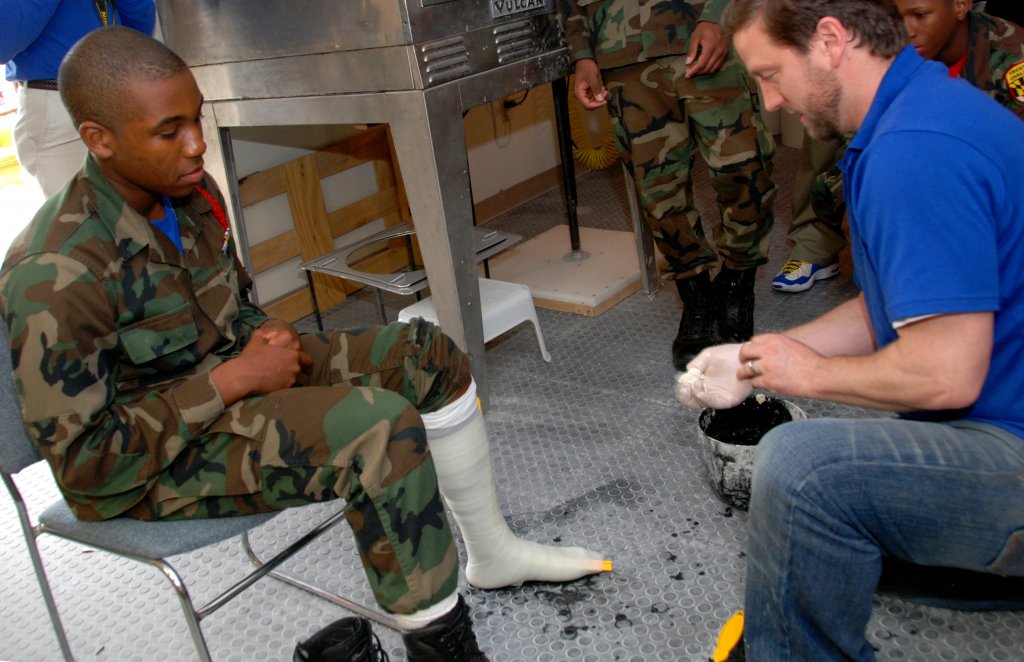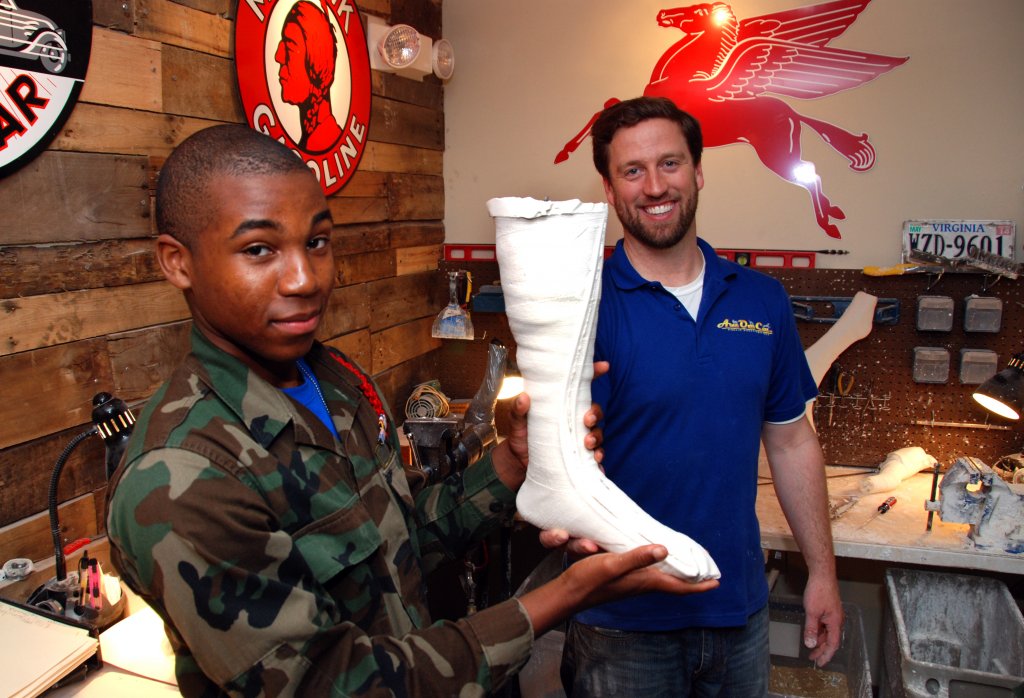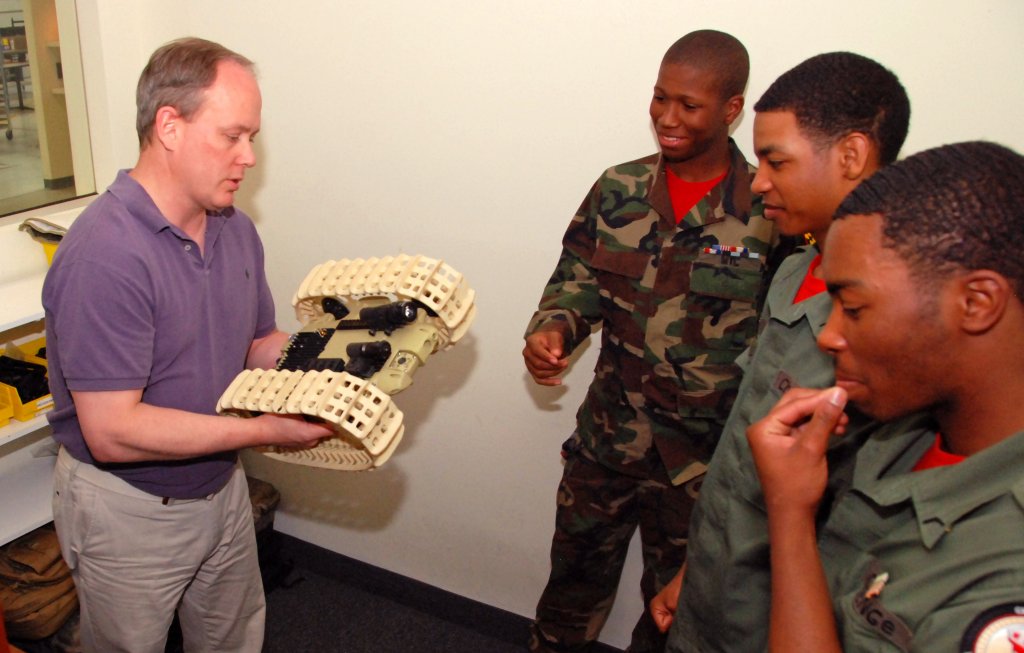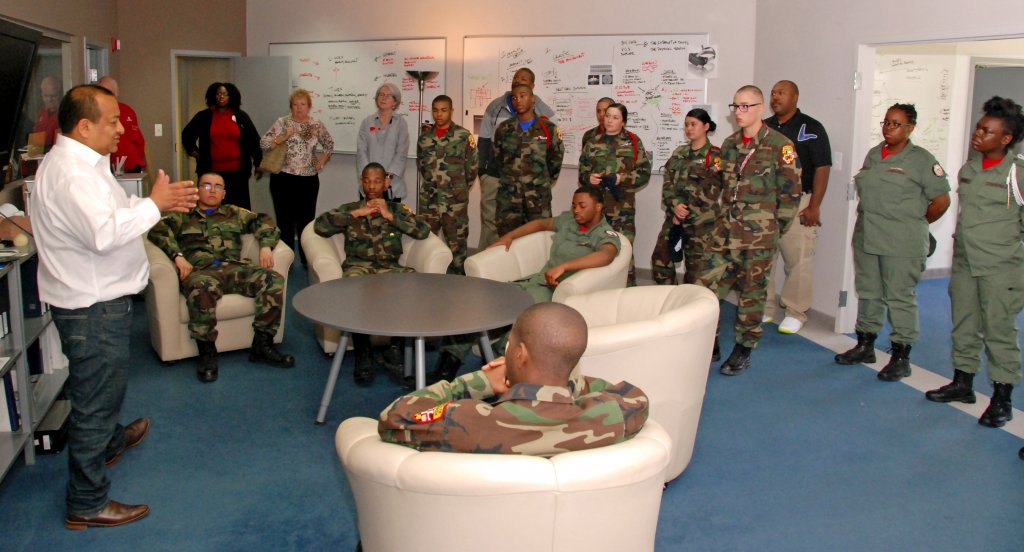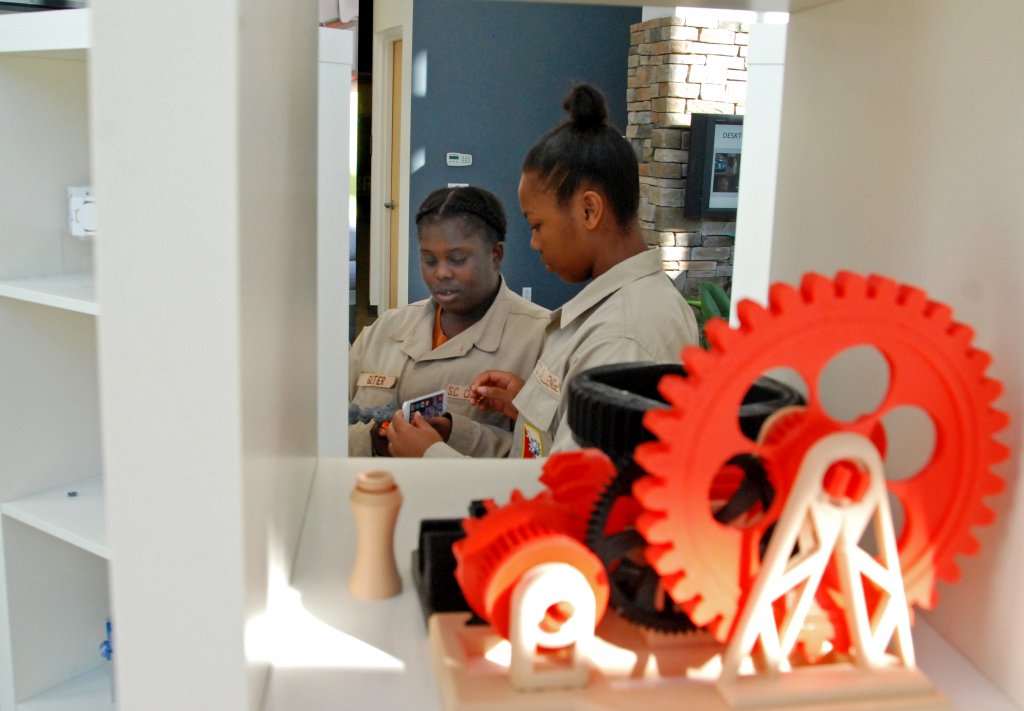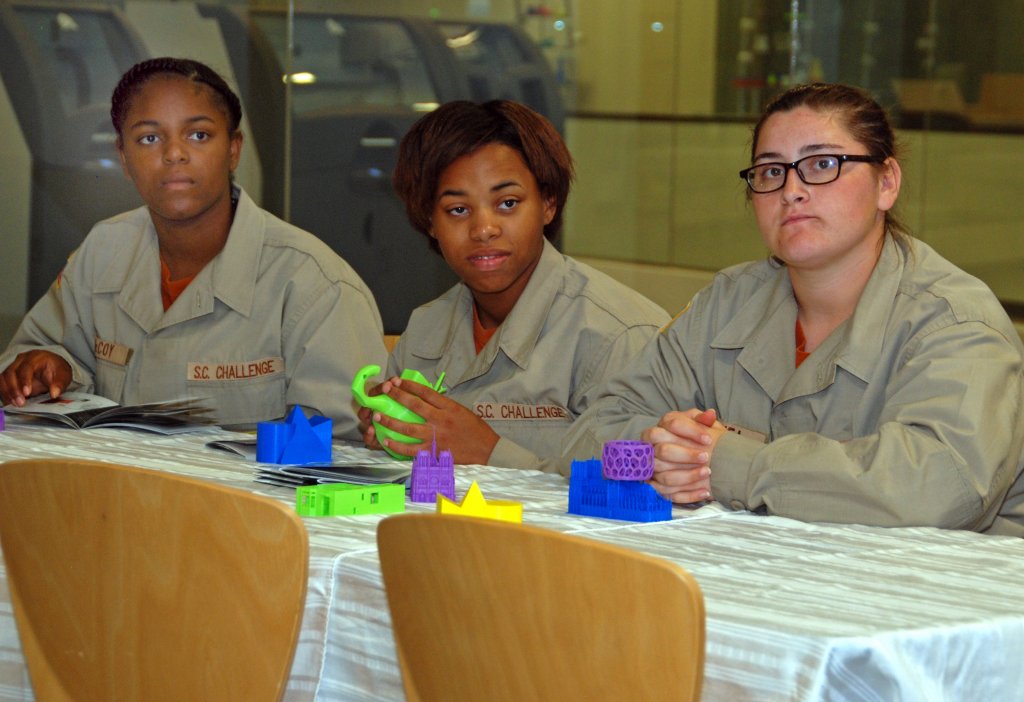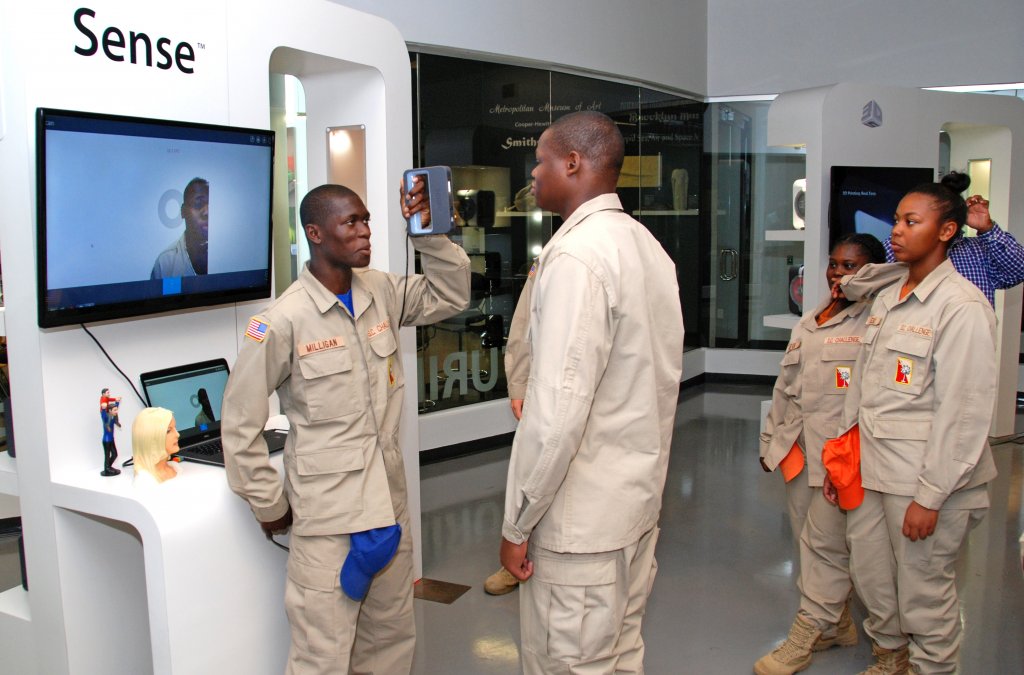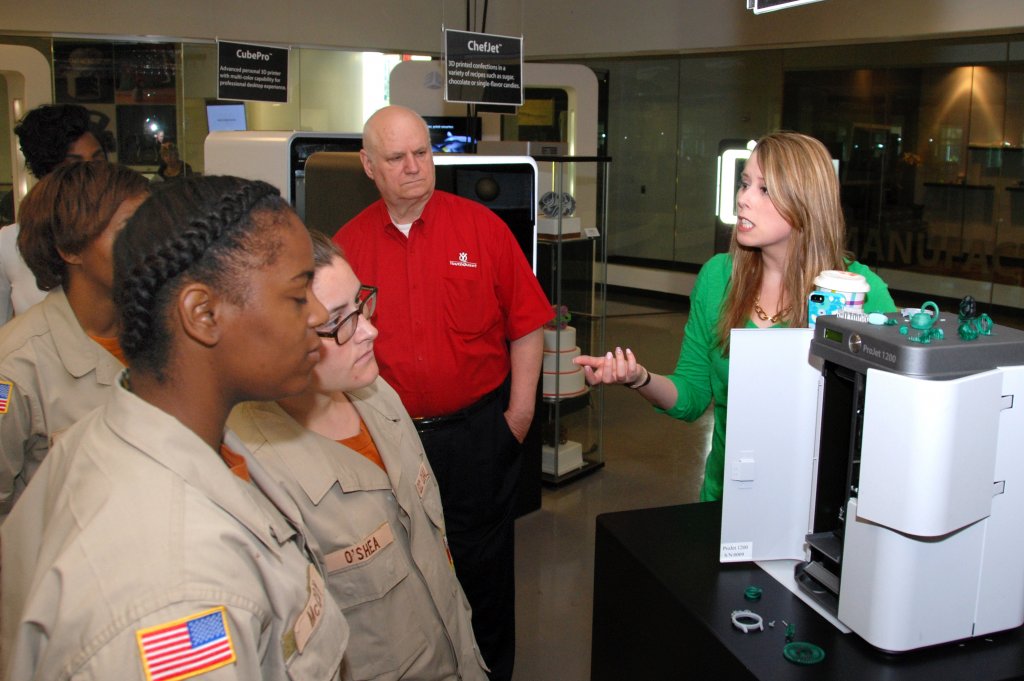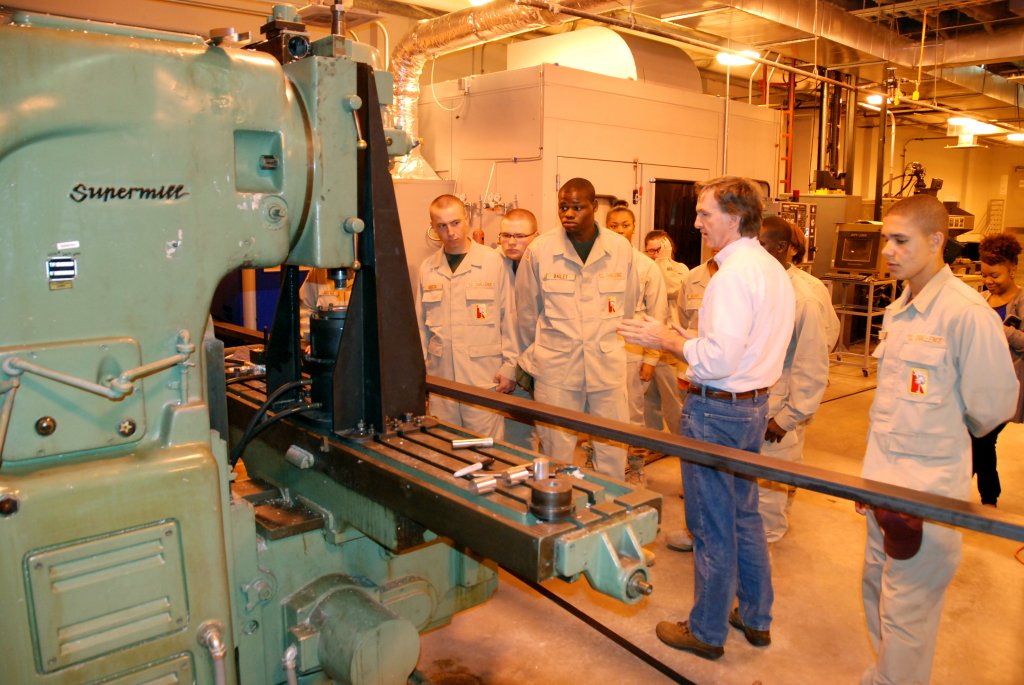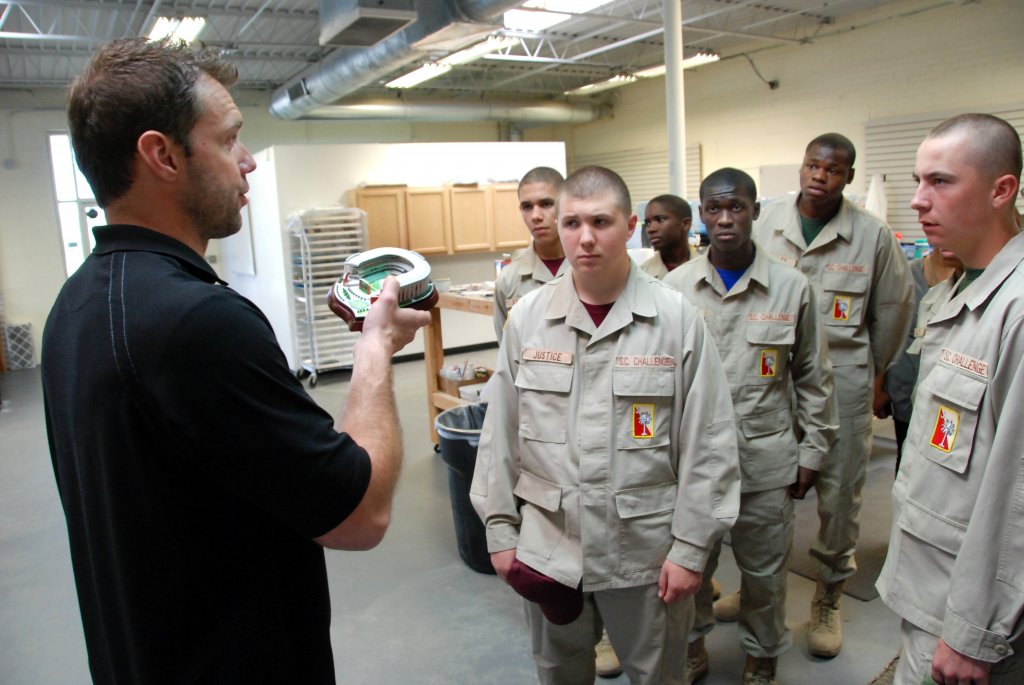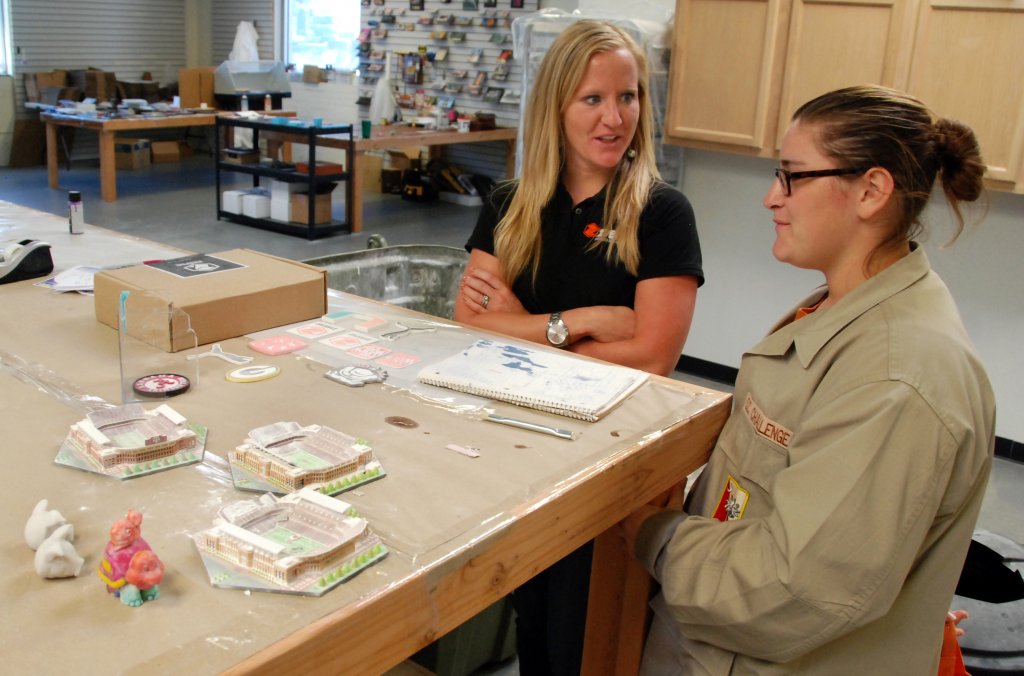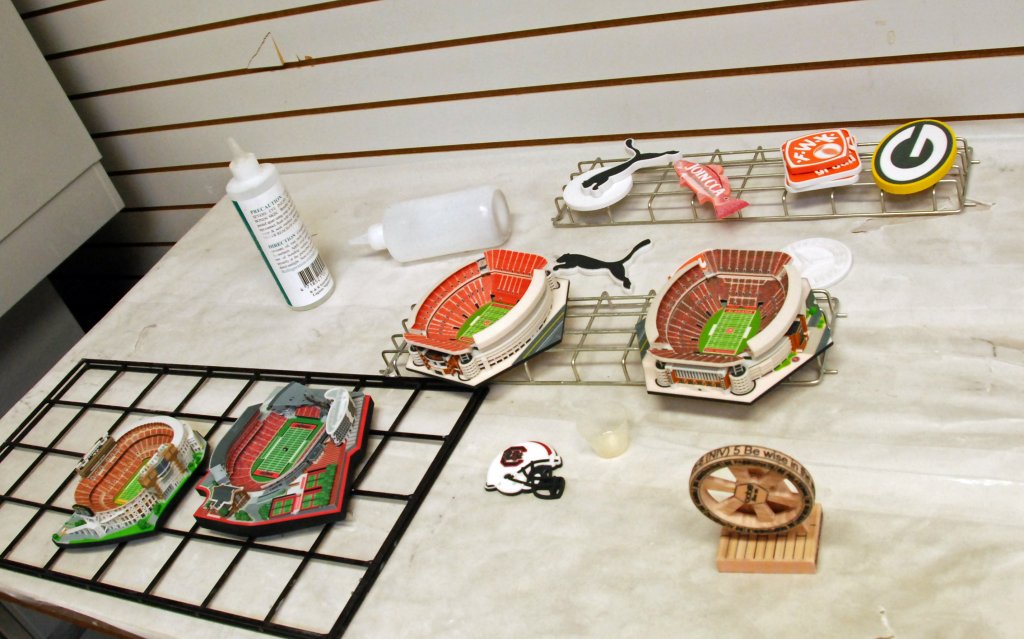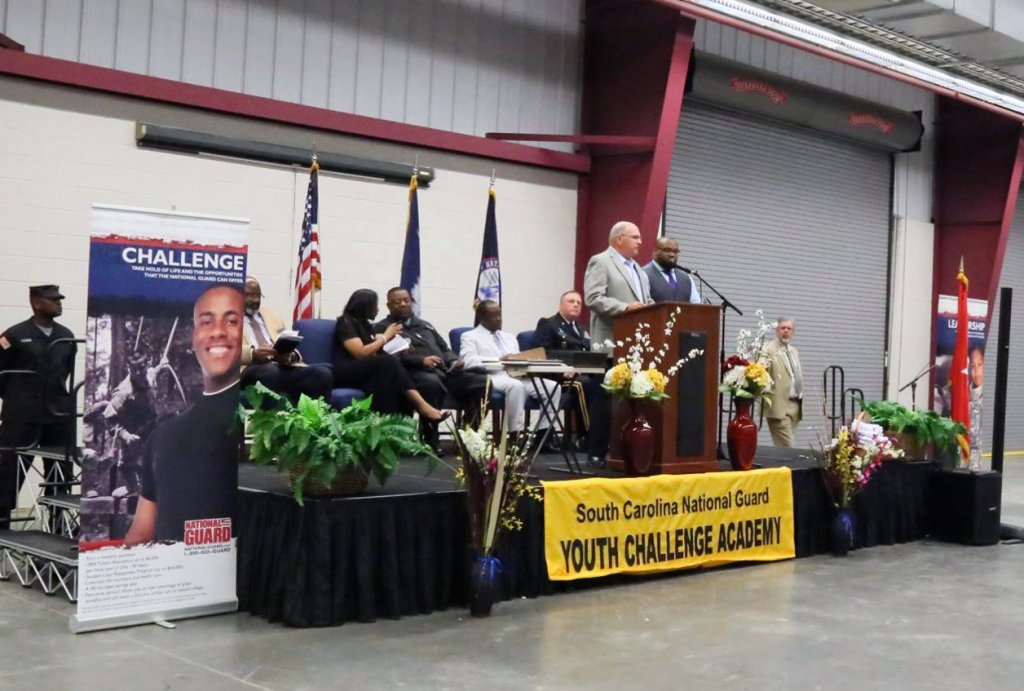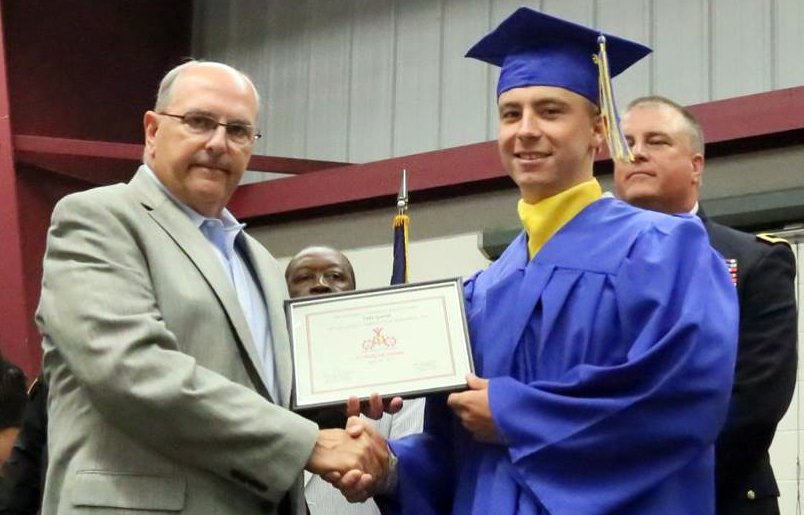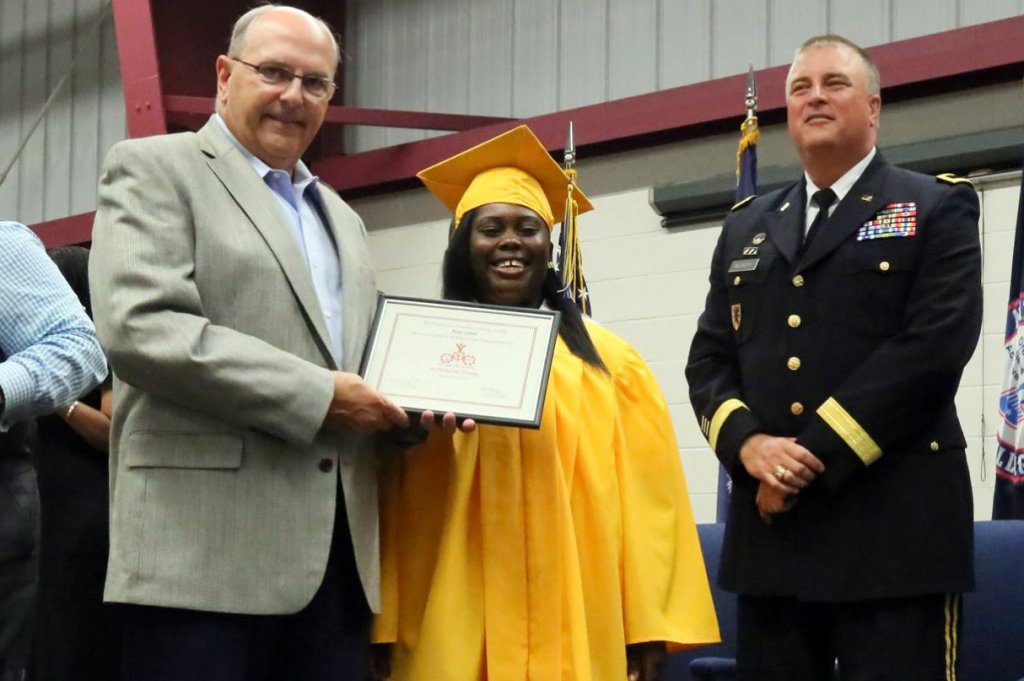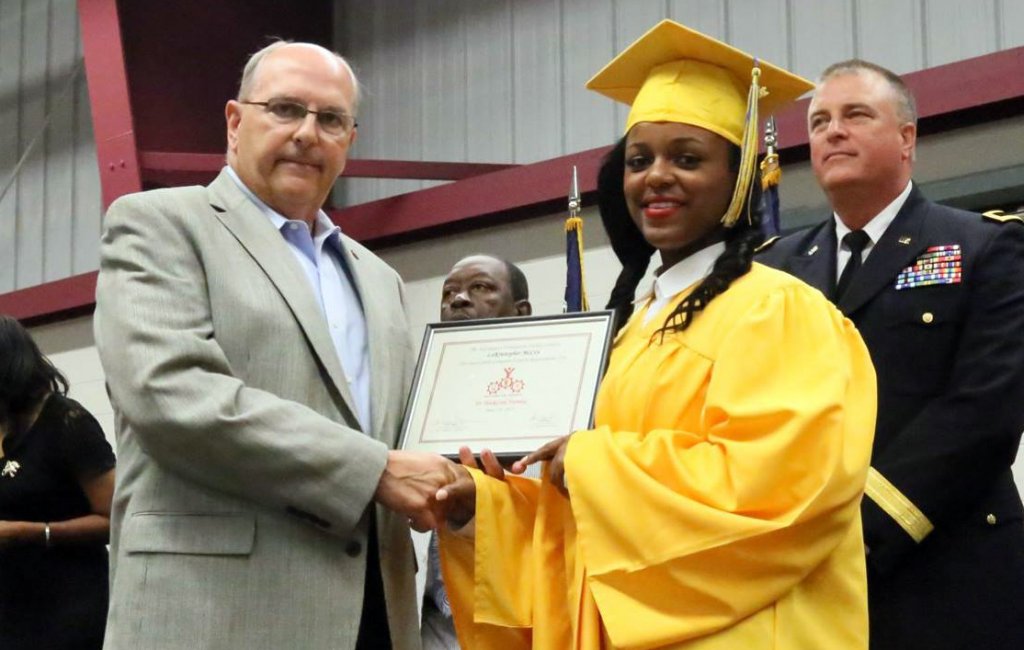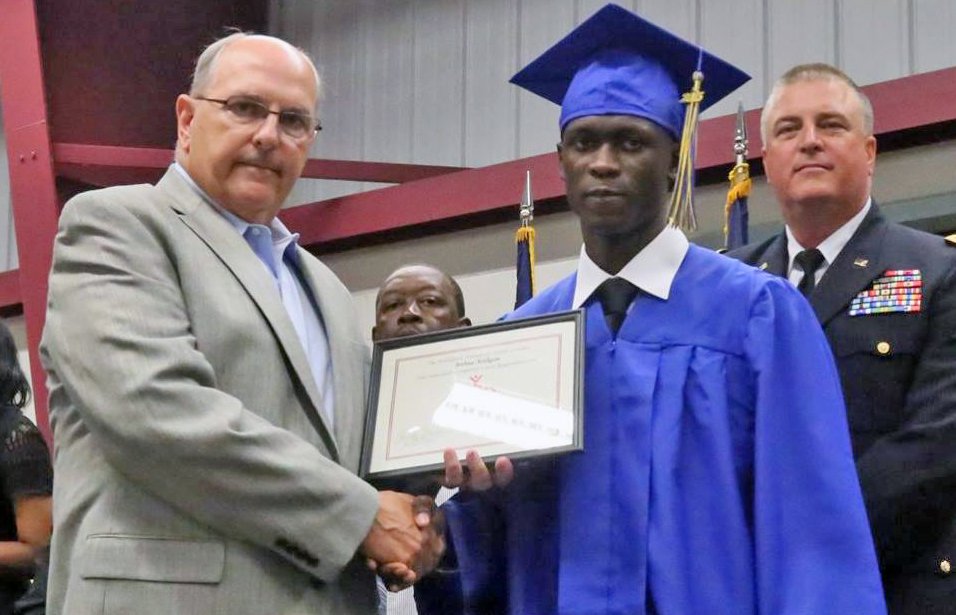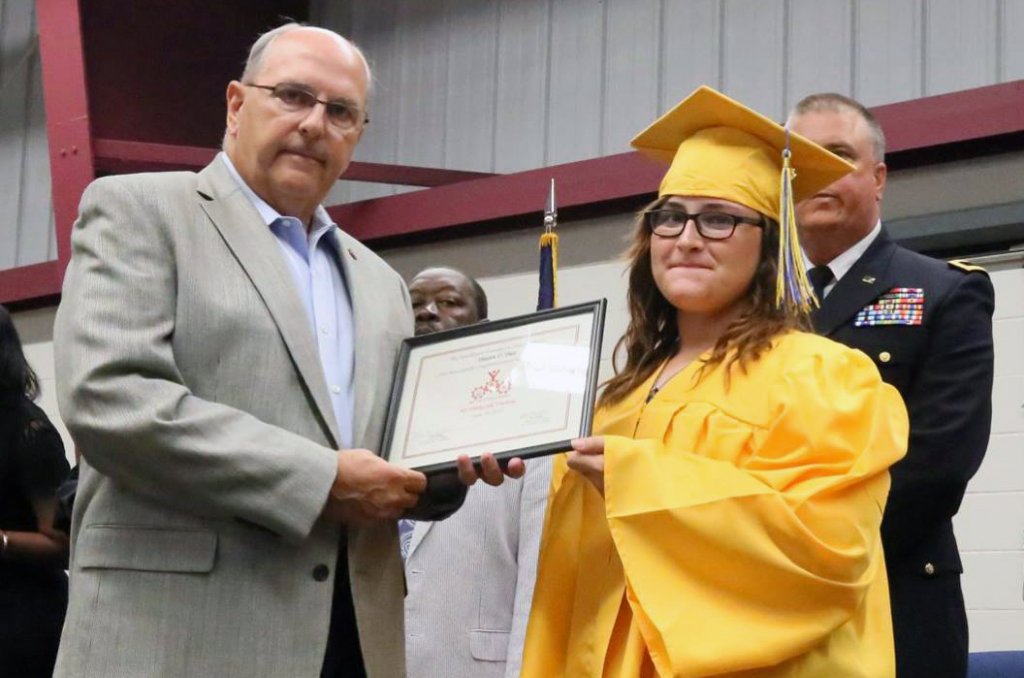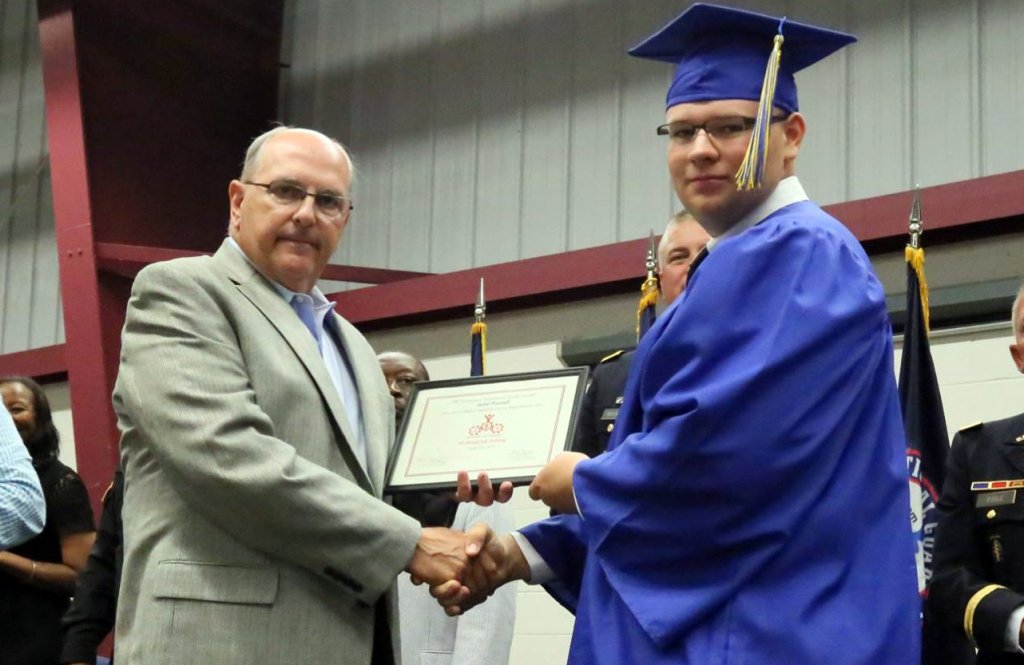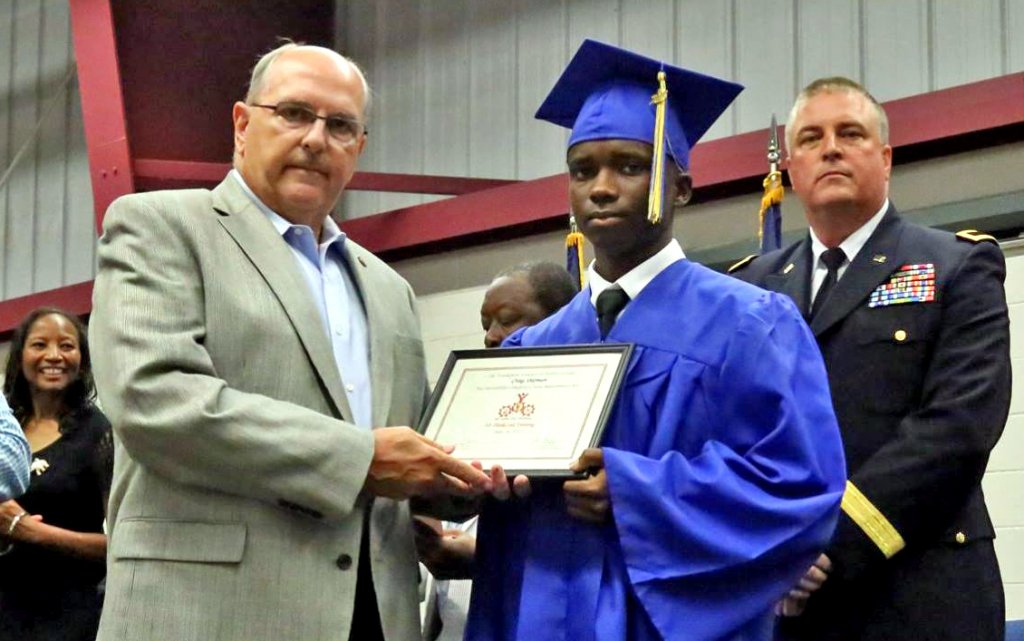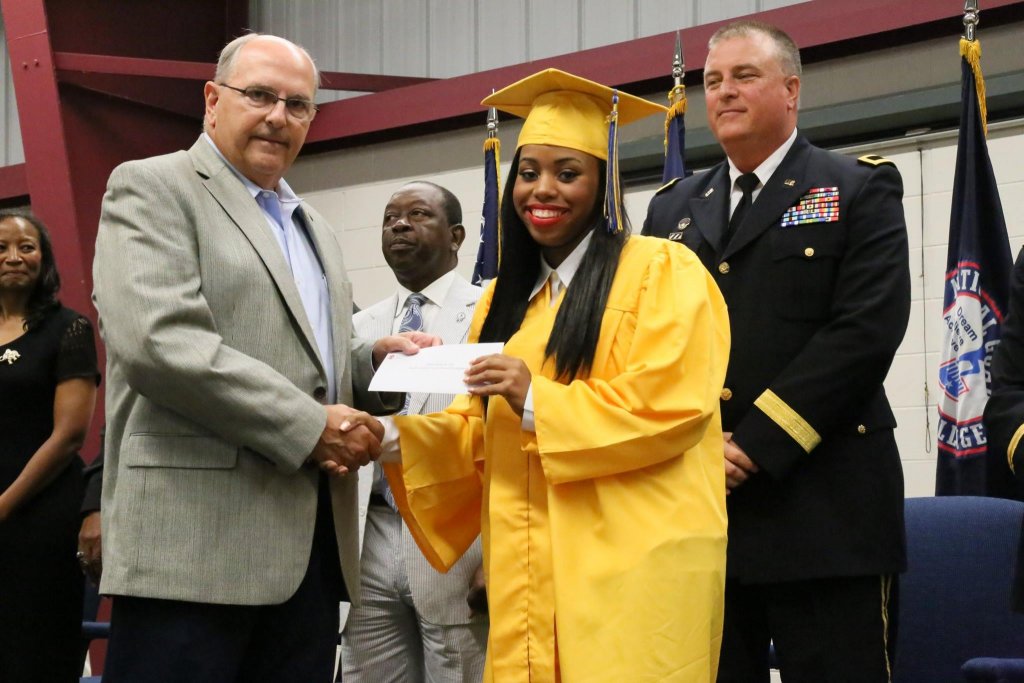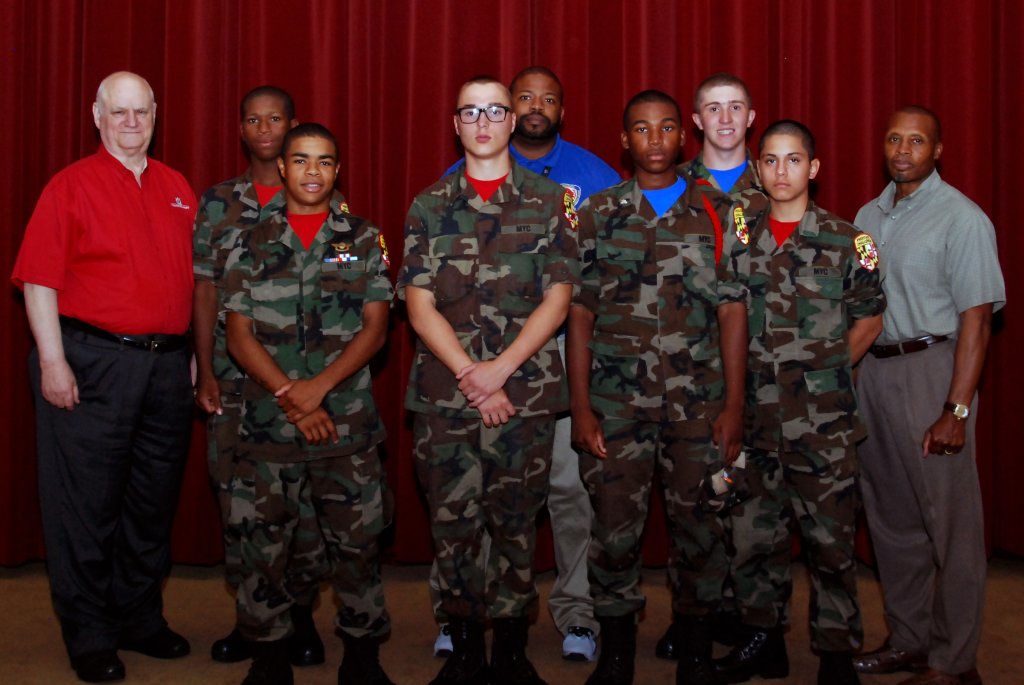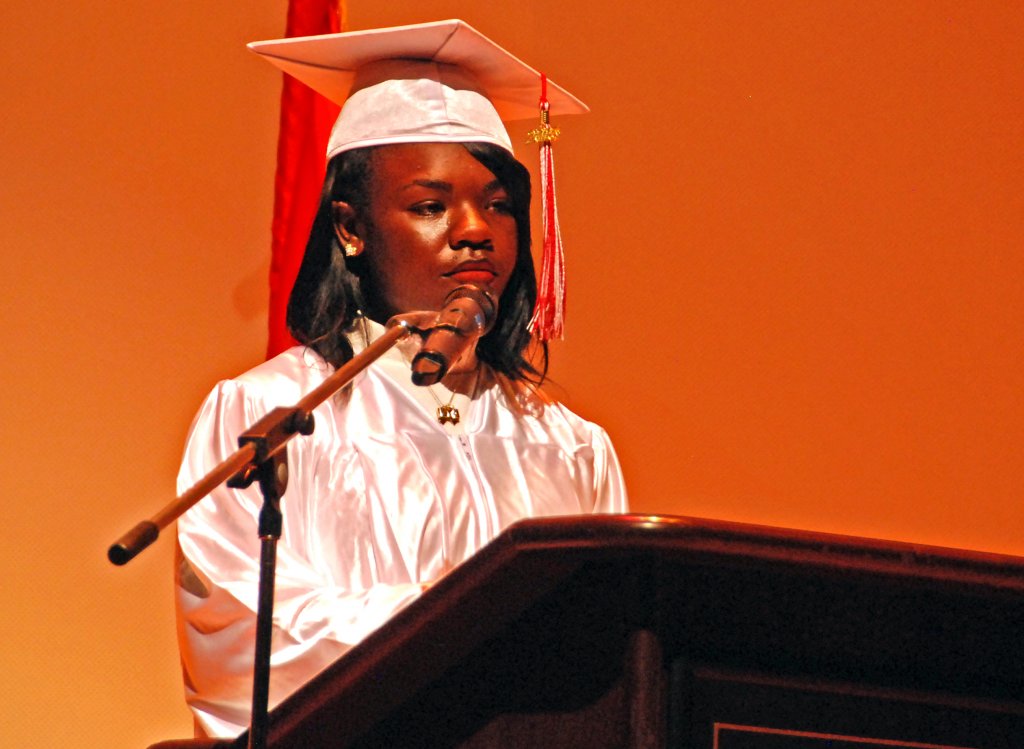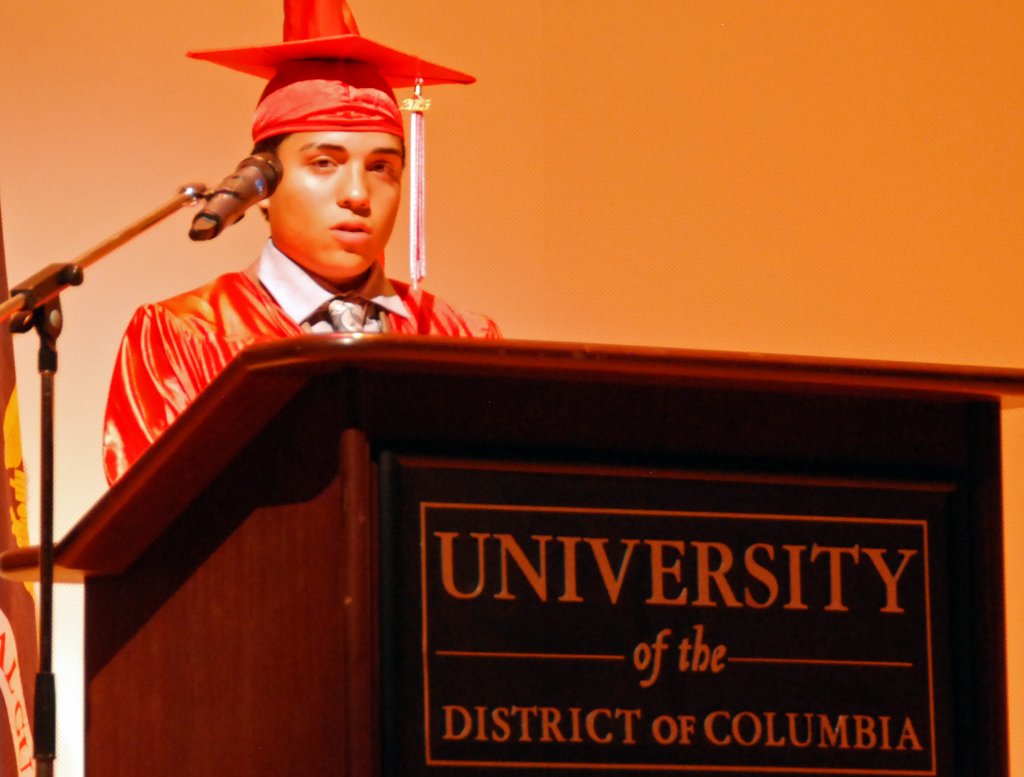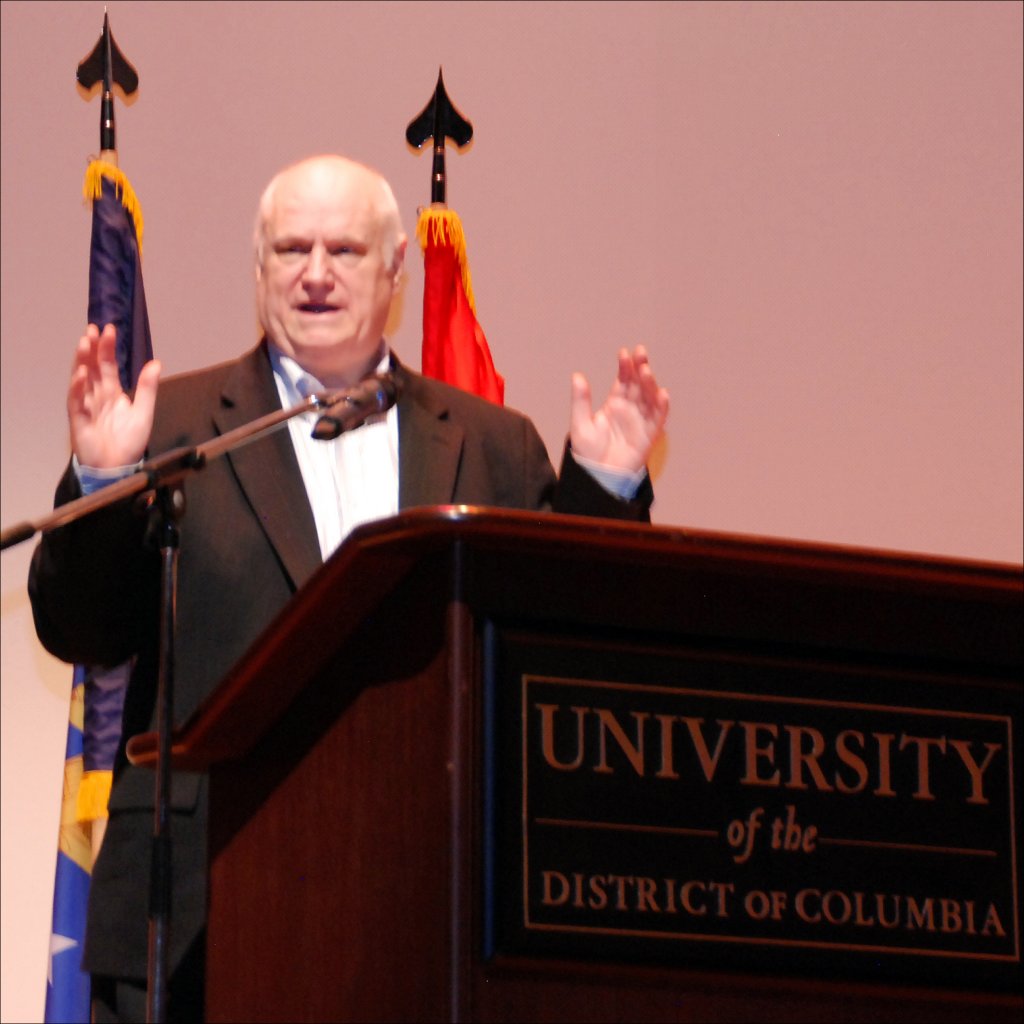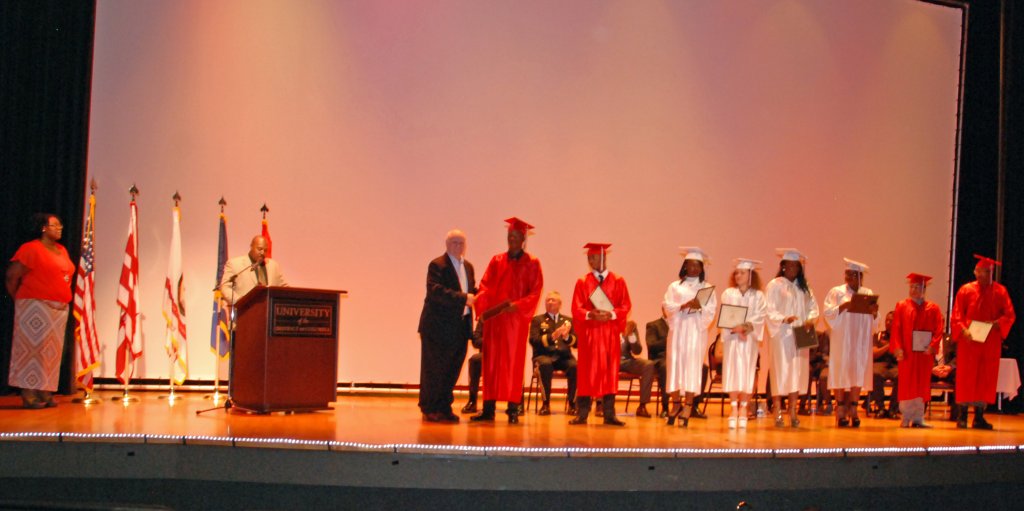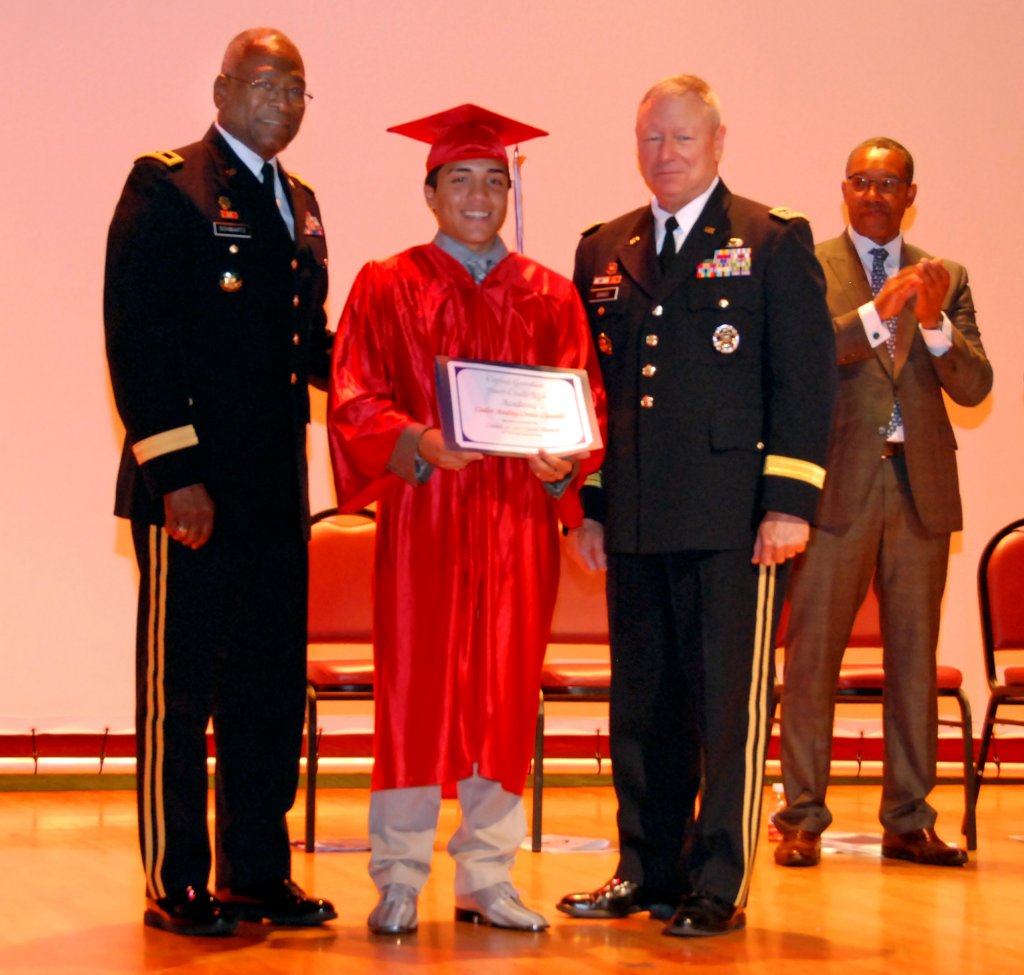These students from the 2016 fall class cycle earned $500 scholarships for these essays about their 3D ThinkLink experience.
By Trevon Ahl
South Carolina Youth ChalleNGe Academy
When I entered into the room with the other cadets for class and was seated we were then shown several hands-on videos that we followed along with our individual laptops. Secondly, we learned how to extrude a 3-dimensional object. Extrude means when you have an object that is flat on the plane (Moment of Inspiration). You can extrude the object and basically make it stand up. Just the sight of seeing a shape that was flat, then it stood up made me feel excited! I didn’t think that was going to happen when I began the lesson.
3D printing is important to me in many ways. If you love dogs like I do you can make multiple items for your dogs, such as dog tags, prosthetic legs, prosthetic tails, prosthetic ears, etc. Also, you can make varieties of telephone cases for the different types of phones that are out there.
When Mr. Johnson and Tom Meeks said to us as a class that ‘’3D printing is about turning 2D objects to 3D objects and printing them to a real life situation that can be useful to many people and/or different industries.’’ When our 3D printing class visited 3D Systems in Rock Hill, S.C. we learned that there are many different types of 3D printers. Some 3D printers print in porcelain, titanium, powder and plastic. Yes, I know what you are thinking: powder? The machine hardens the powder; then when you make your shape or objects it dips your shape into the super glue and become hardened into the shape that you are making.
3D is the new type of manufacturing. They even made a car frame that looked like a Lamborghini. The New Balance shoe company now has a pair of tennis shoes that the soles of them are made with 3D printing technology. When I saw that I was overall enthusiastic about this new wave of how to use machinery in everyday life that will help others in different ways!
If I had a 3D titanium printer for my personal use I would make bikes for all the children in my neighborhood. I’ve seen many kids in my community that walk everywhere and they would be grateful for a bike. I would even have them customize their own bicycle frame and then I`d print it out for them.
I would love to also make a titanium fishing rod because I love to fish. Once I catch so many fish I would be able to share with the people in my community so we would all be able to enjoy a good fish fry.
_________________________________________
By Alycia Freeman
South Carolina Youth ChalleNGe Academy
I’m Cadet Freeman from Beaufort, South Carolina. I grew up on St. Helena Island. My parents got divorced when I was 13 years old because my father was more interested in drugs than he was into having a relationship with my mother.
I got pulled out of school a lot and moved about 5 times. My grades started to plummet and I was told I wouldn’t be able to obtain my high school diploma. This was due to all the days that I had missed.
I began taking care of my grandmother who got sick and she had to have a knee replacement. My grandmother started back walking after surgery but still needed assistance. She passed away a couple months later due to other complications. I was still in school at the time but I only went about twice a week.
I then started to follow in my father’s footsteps. I no longer wanted to be around people. About a year later I knew I had to be successful. I didn’t want to be a product of my environment. I heard about SCYCA through a family member. I asked my mother did she think it was a good way to try and get my G.E.D. Her response was, “Absolutely!” She was very surprised and proud of my decision.
My way of thinking and mindset made a 360 degree turn while attending the program for these five months. I’m now motivated and determined to go to school and get into the medical field and actually complete it!
My favorite part that I thought was most interesting and cool was applying 3D technology to the field that I want to take up at Savannah Tech. I learned many things about 3D printing that I was not aware of. I found it interesting that tests on mice with 3D printed objects showed that there were no signs of cells dying in their tissues. I also learned at 3D Systems people who do additive manufacturing print organs, stem cells, bones and even surgical tools. I feel like every disabled person deserves to enjoy a normal life.
Being that I took care of my grandmother, I want to help others live a better life in every way possible. 3D printing encouraged me to become a surgical nurse. When I become a surgical nurse I will then be able to insert/place replacement bones, organs, etc. in different areas of the human body.
I also want to take my career further so that I can be an additive manufacturer. Not to mention other things I could create such as shoe soles, car parts, skeletal parts, foods, and models with different types and sizes of 3D printers. 3D printing will become even more popular in the future and I would like to advance my experience.
